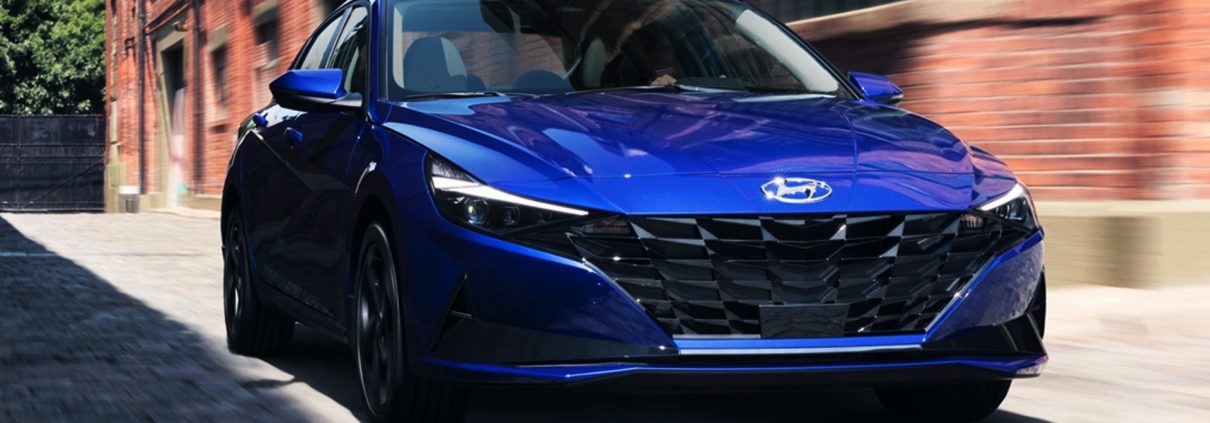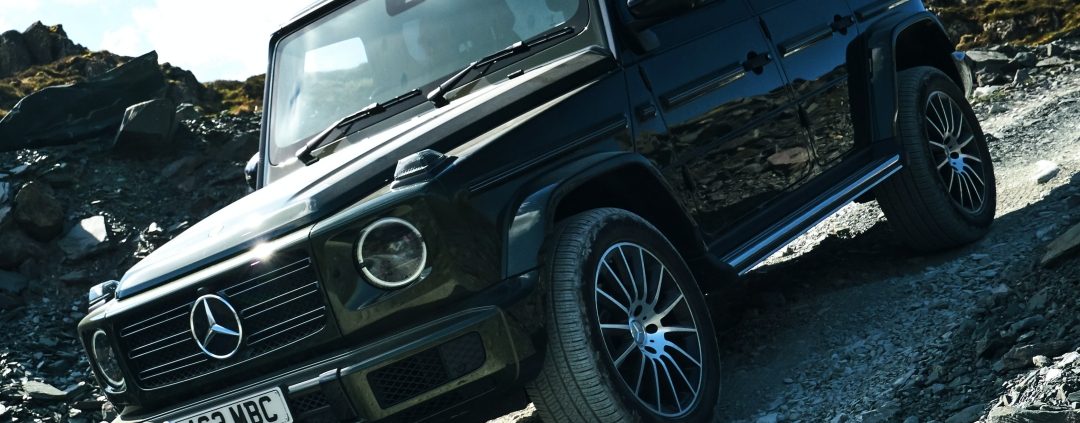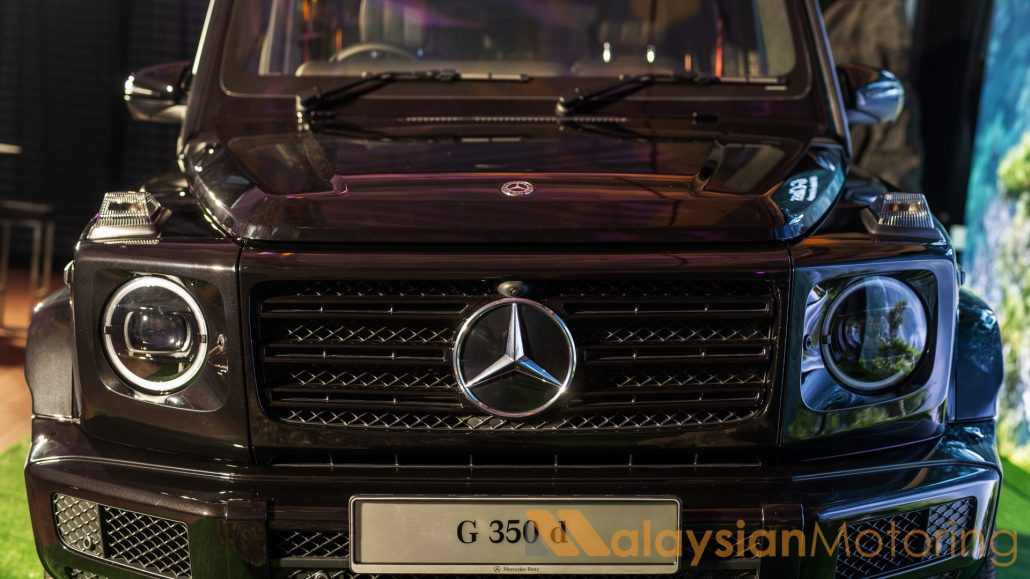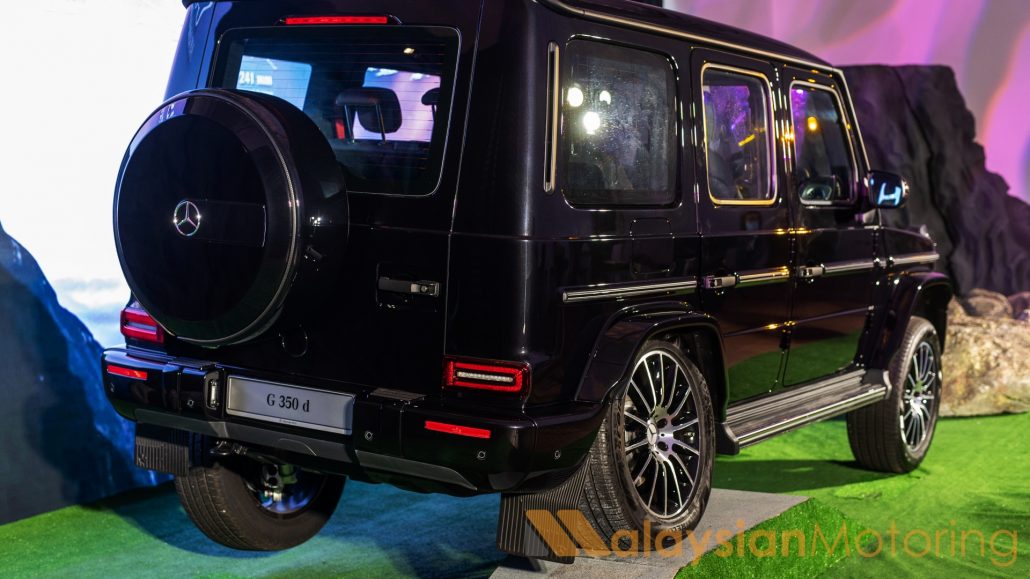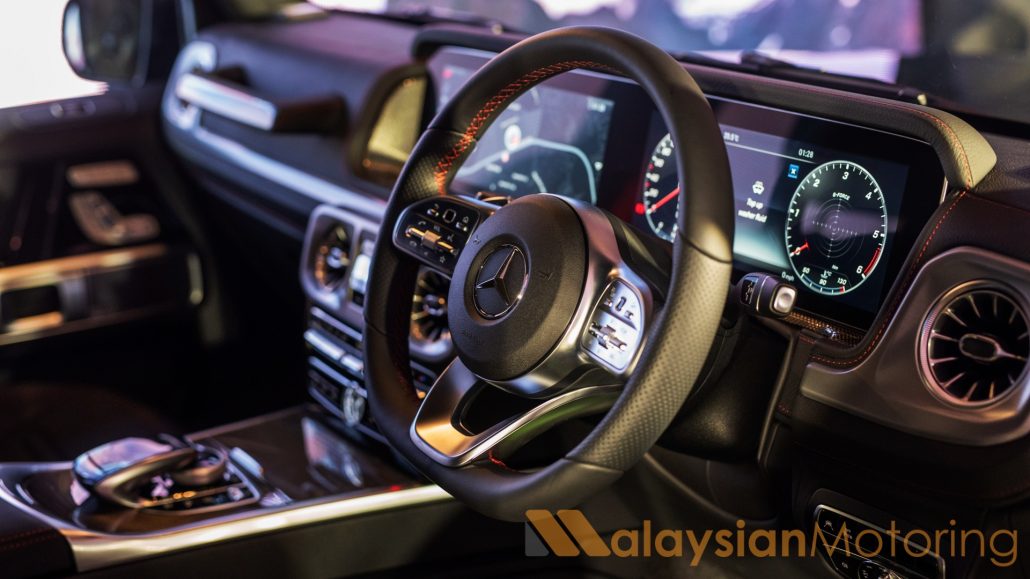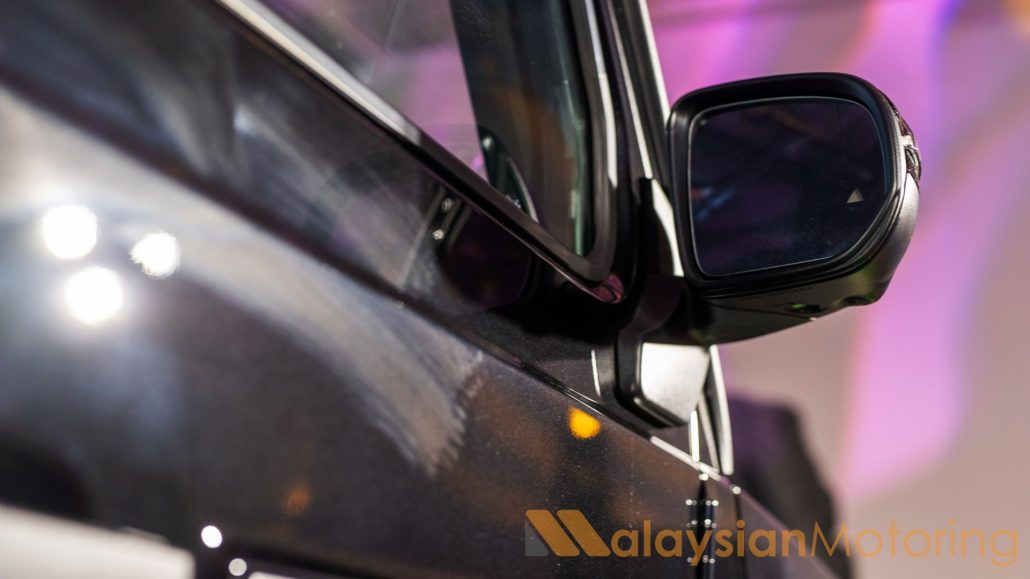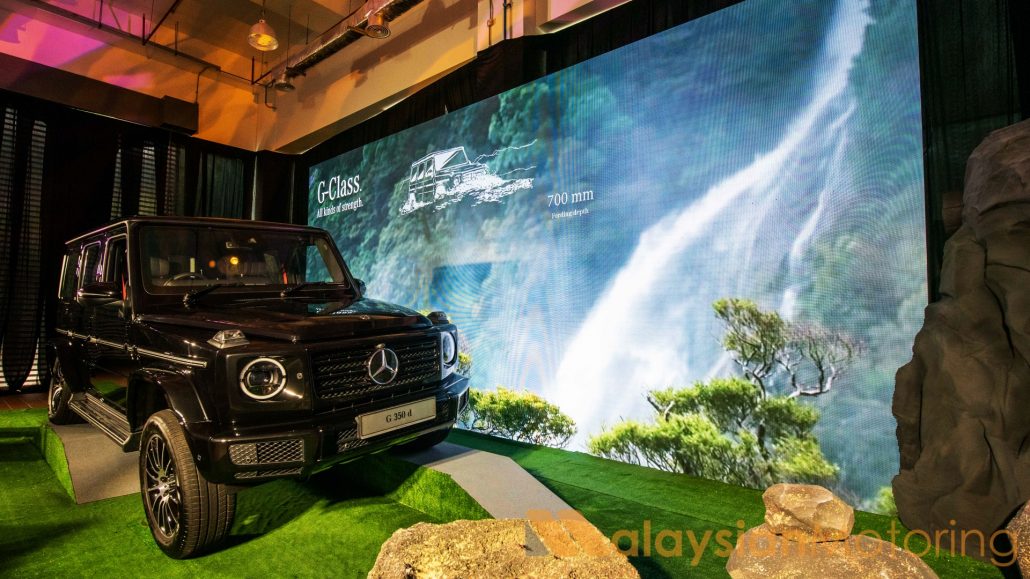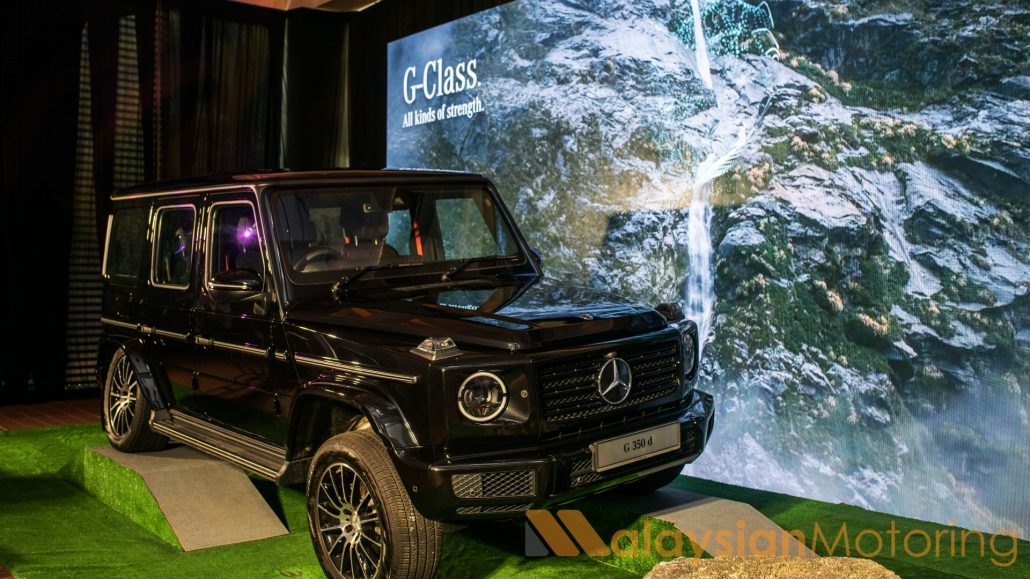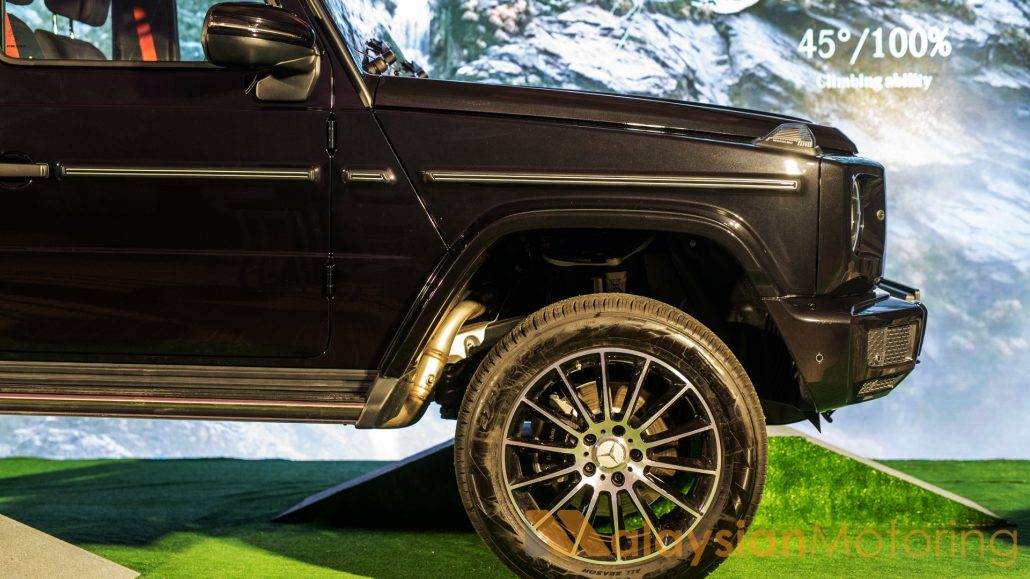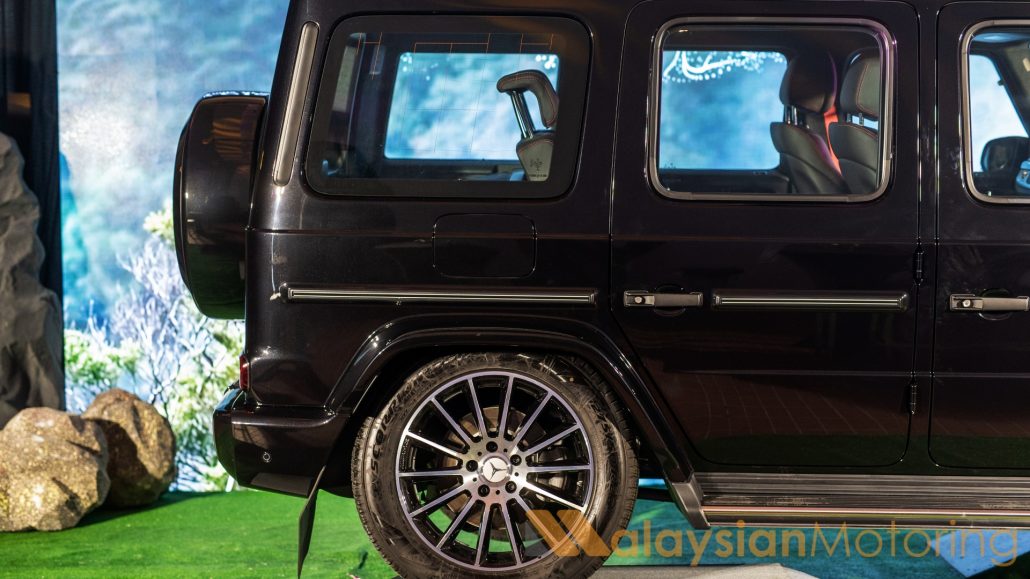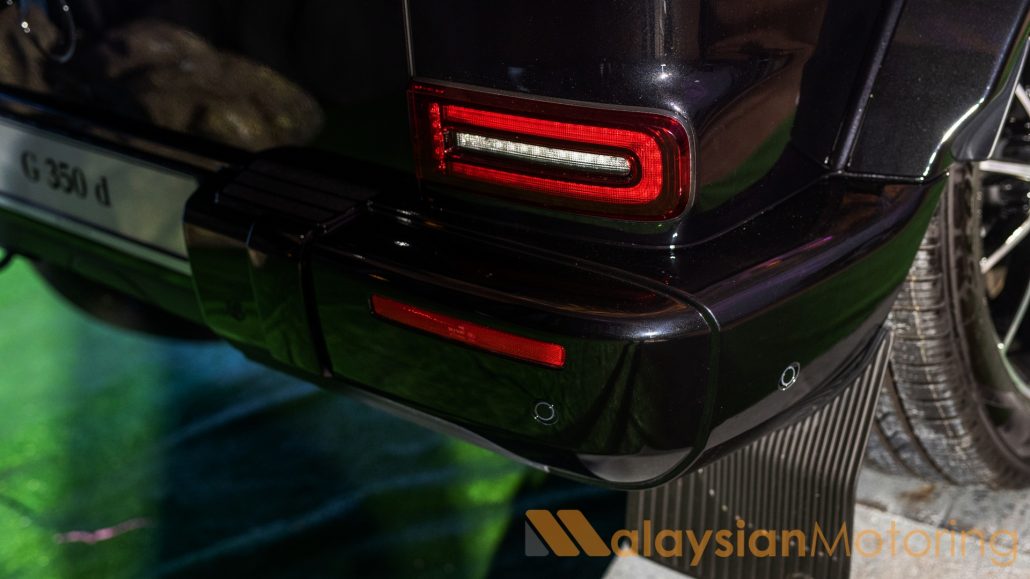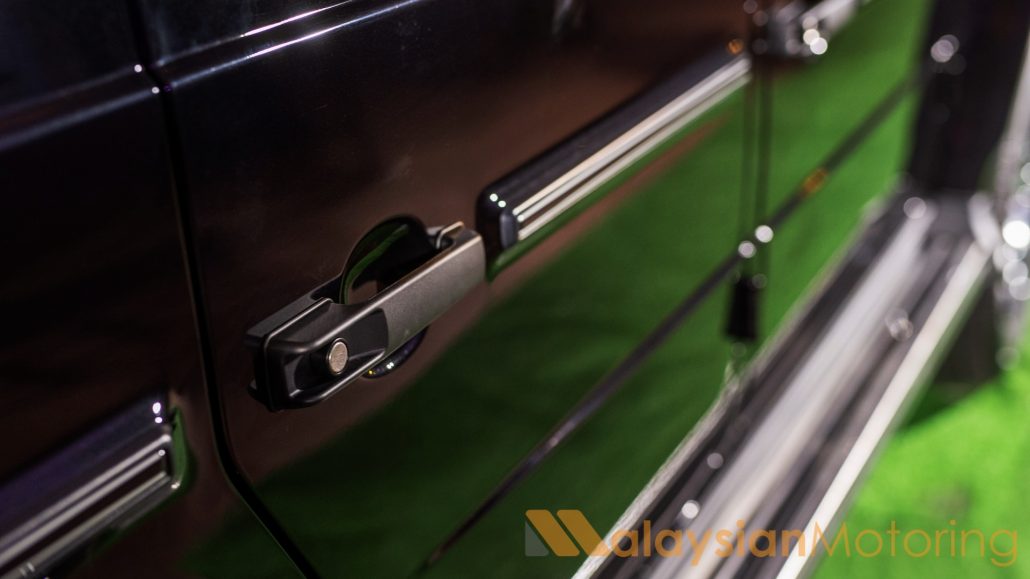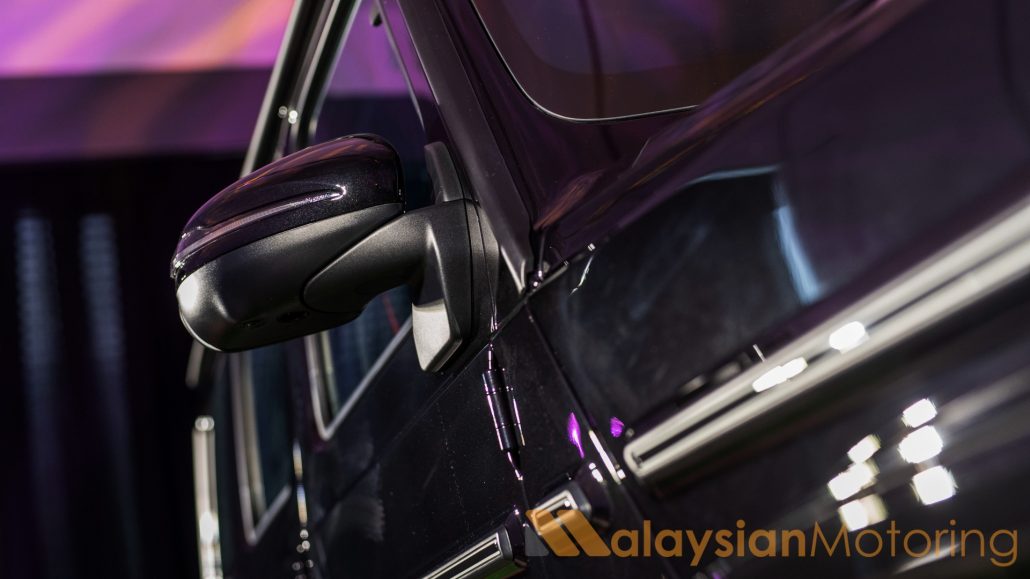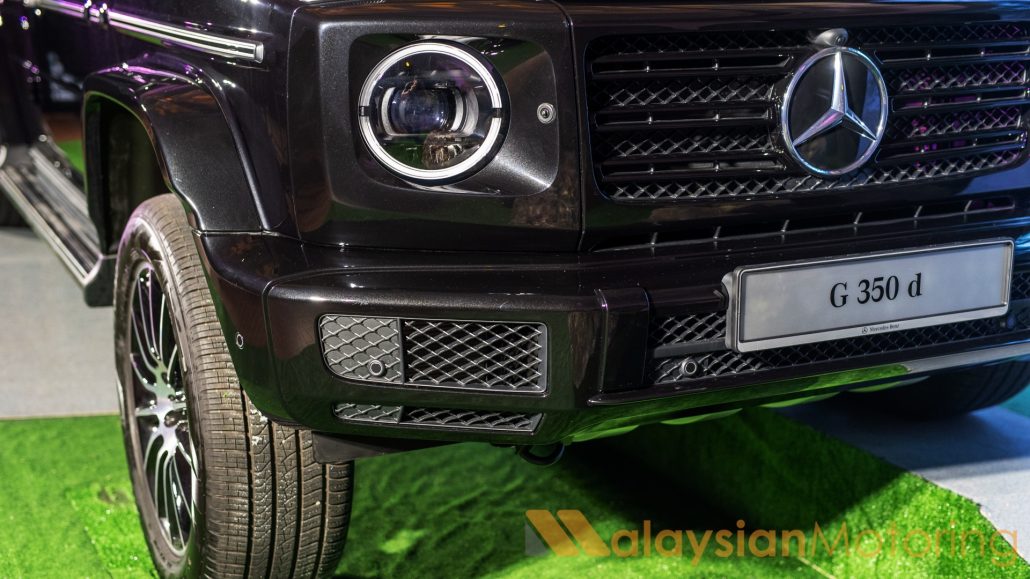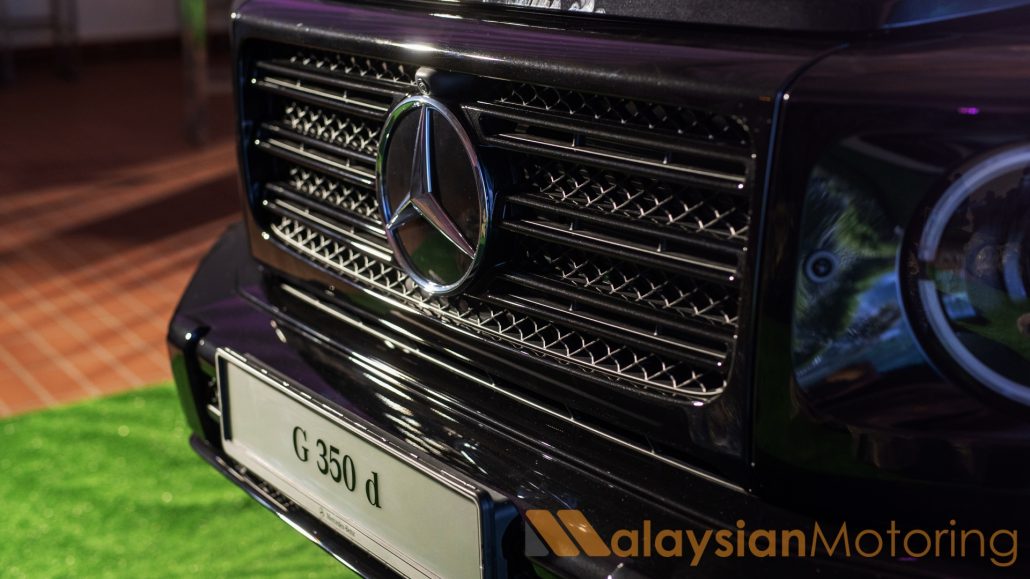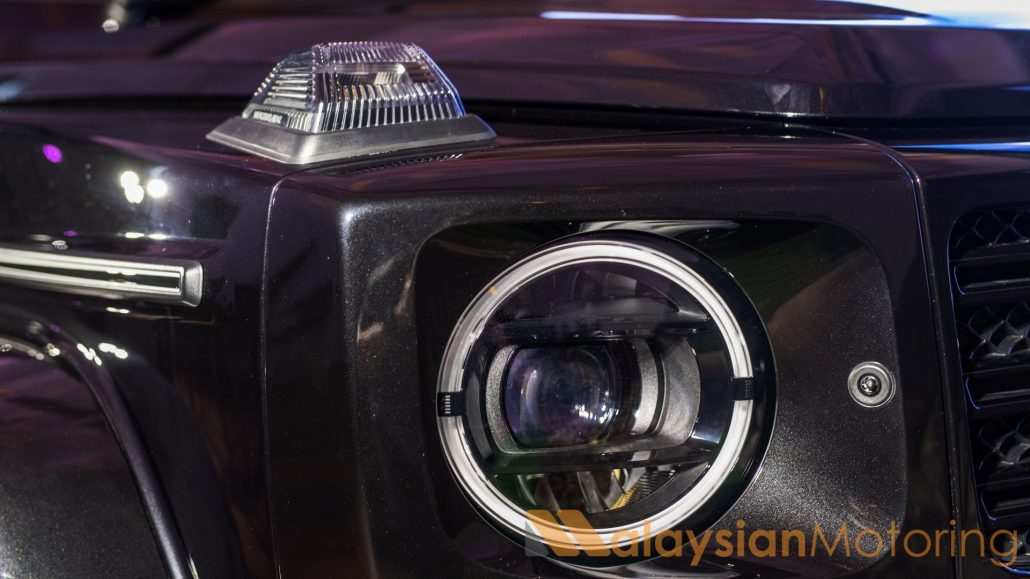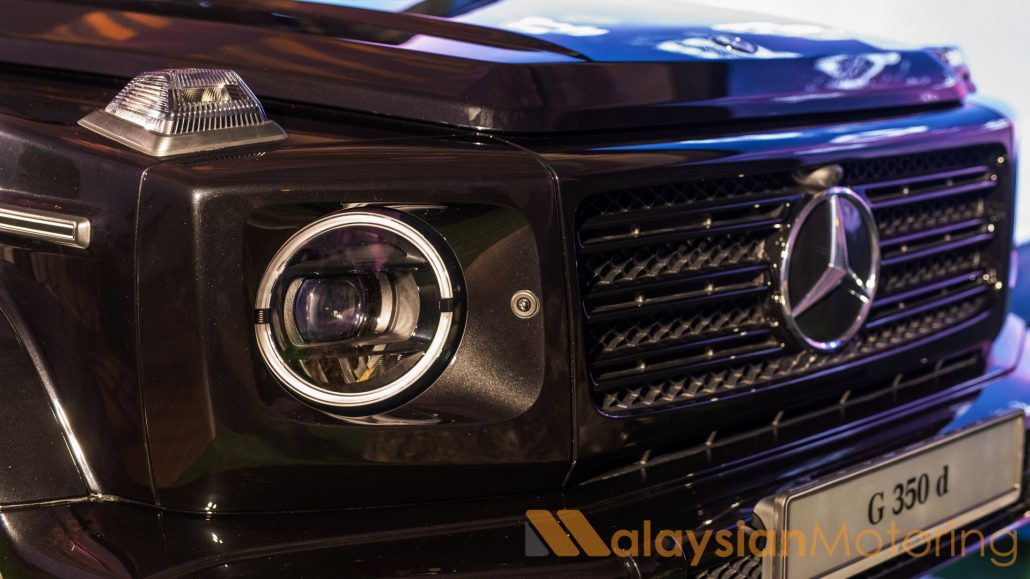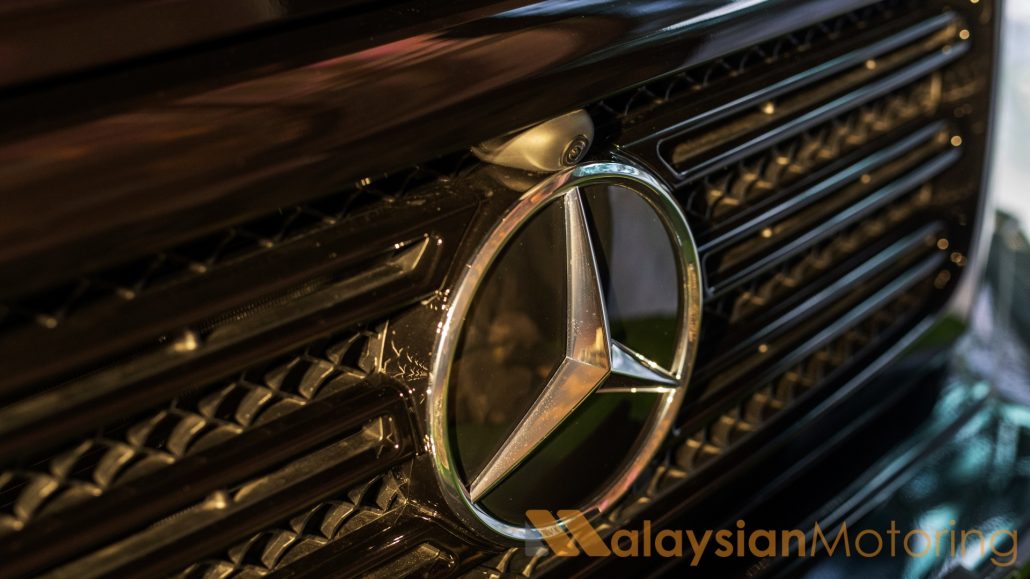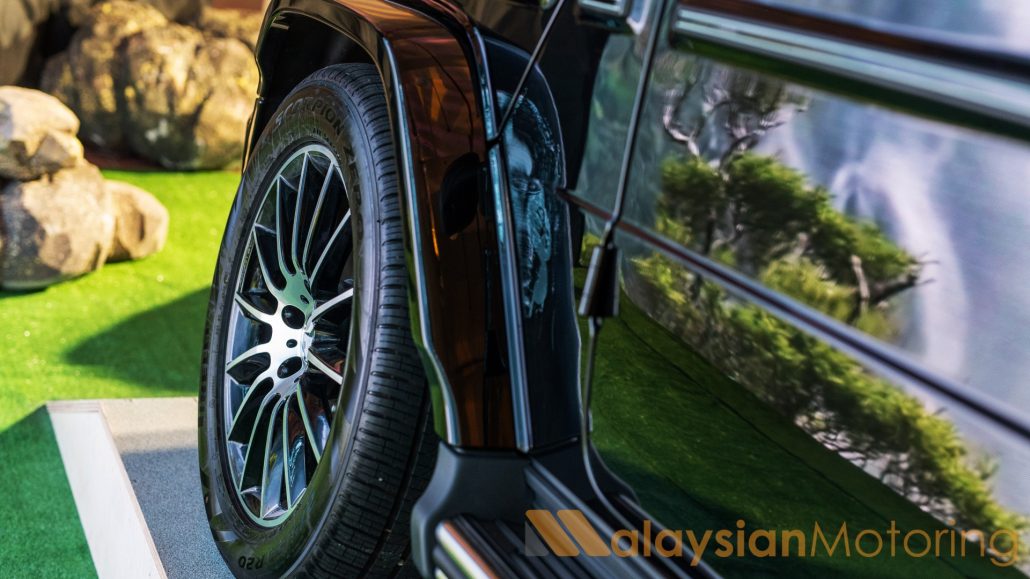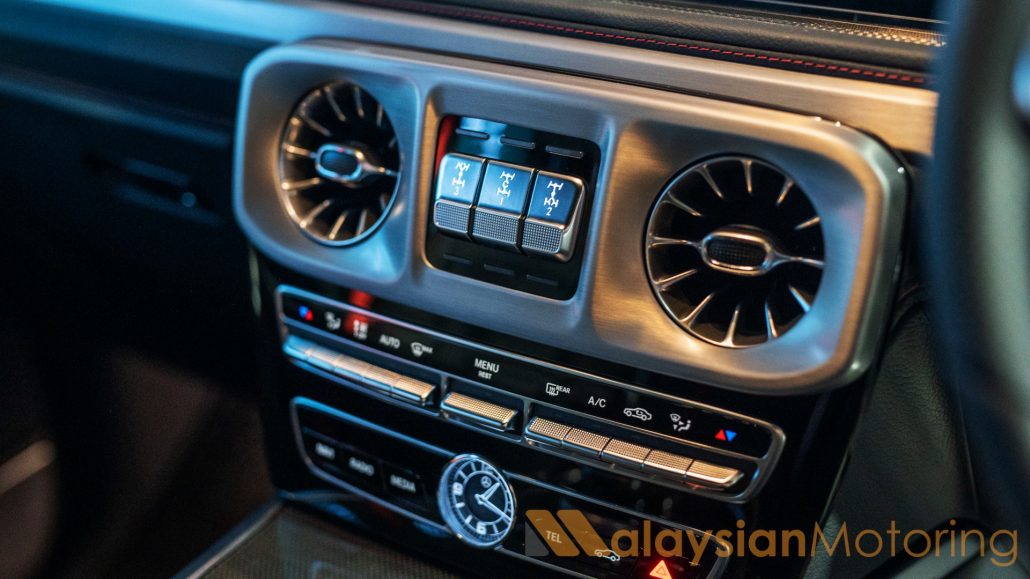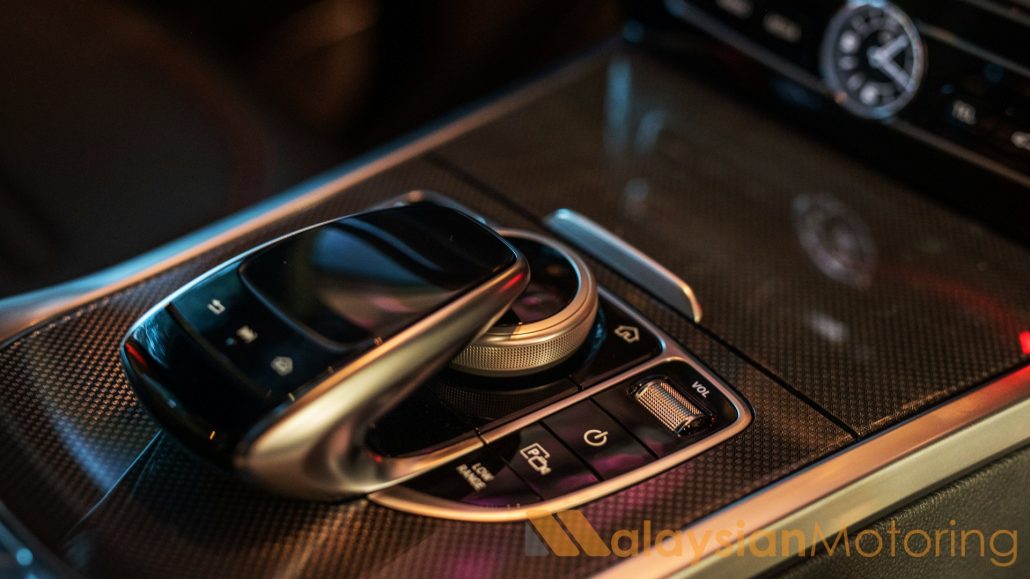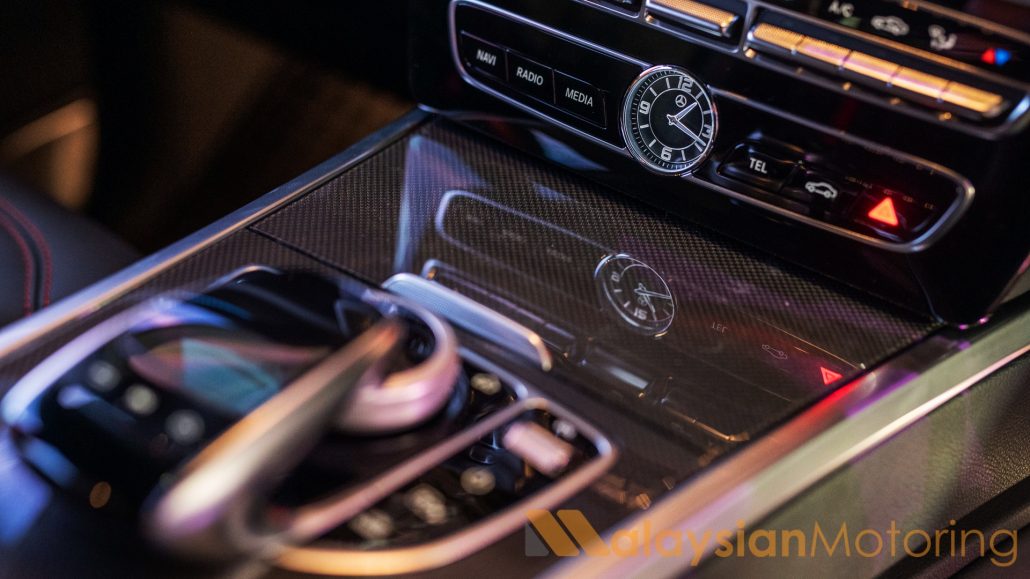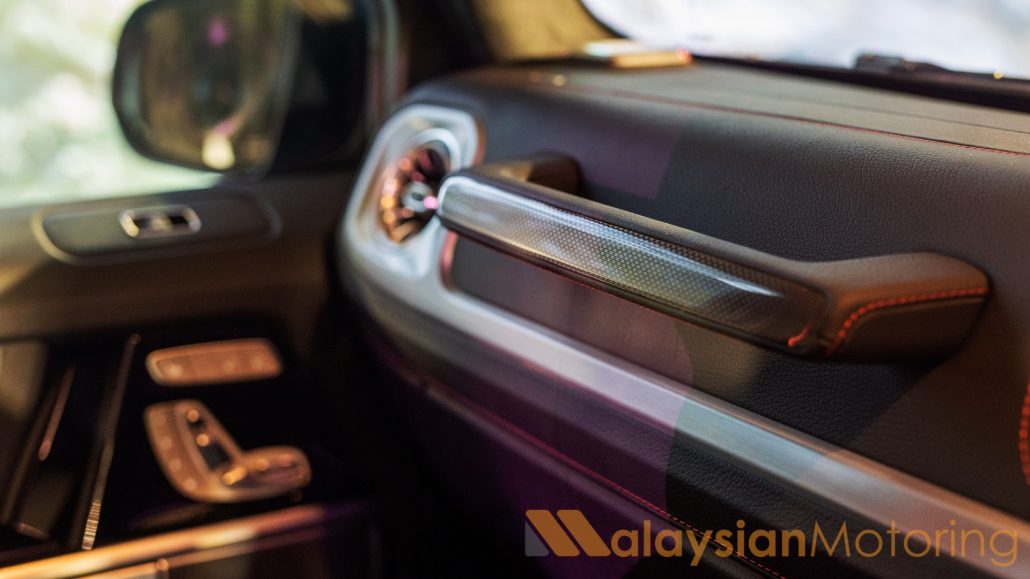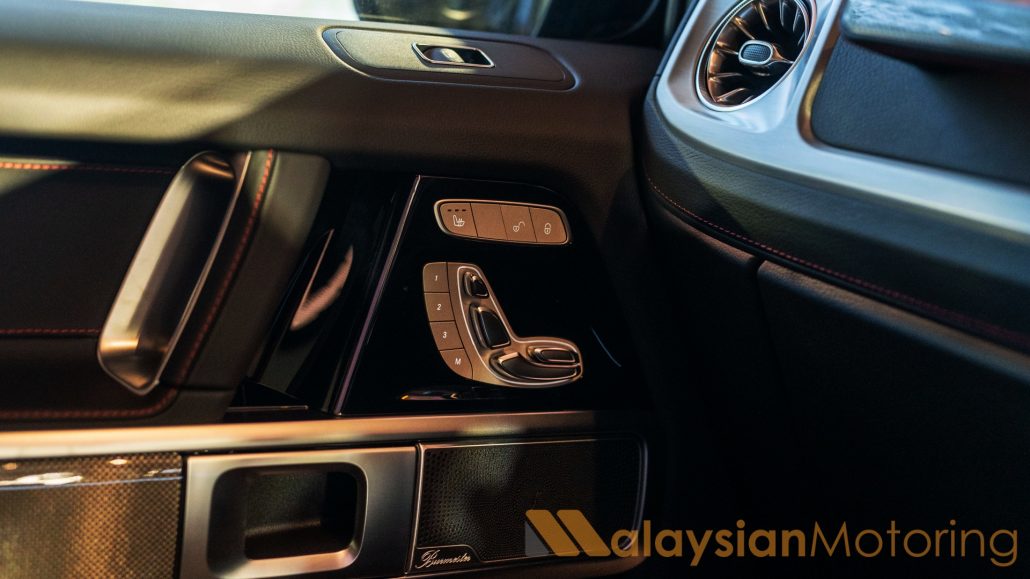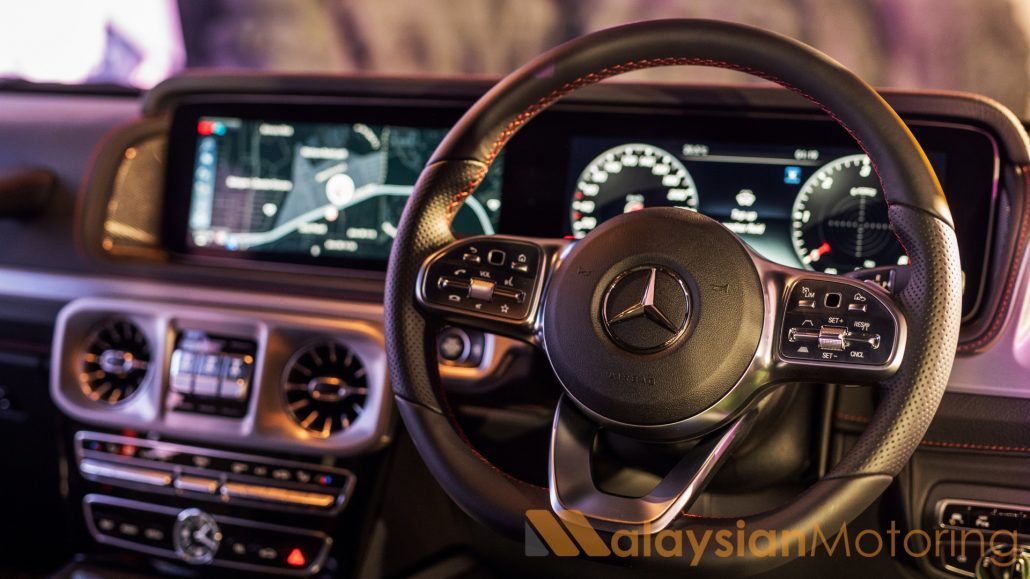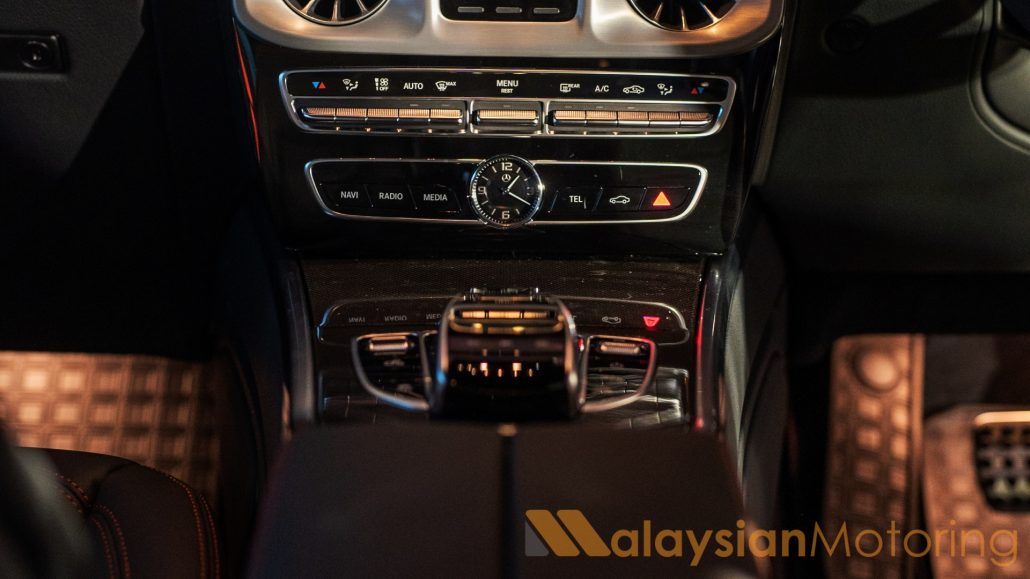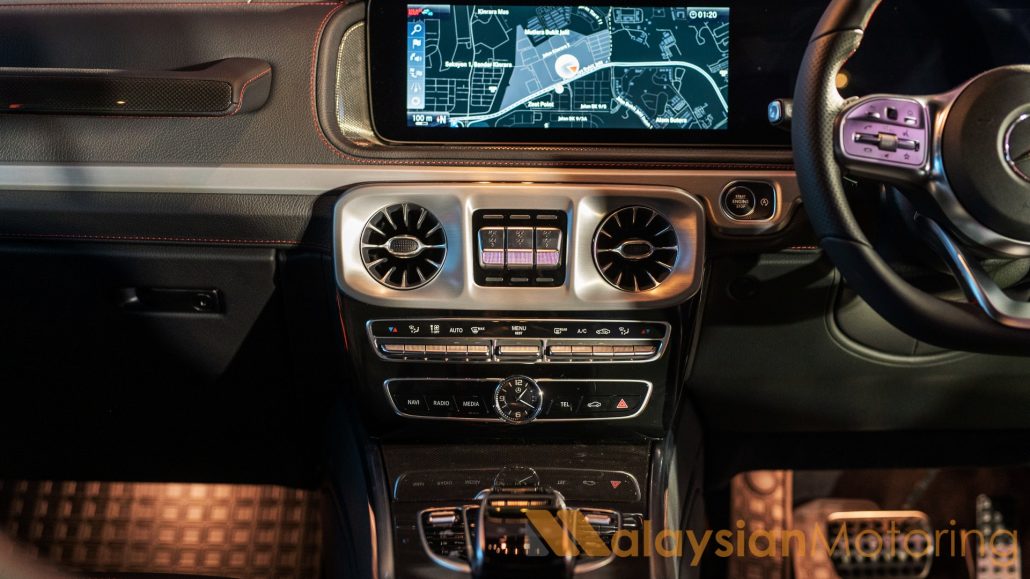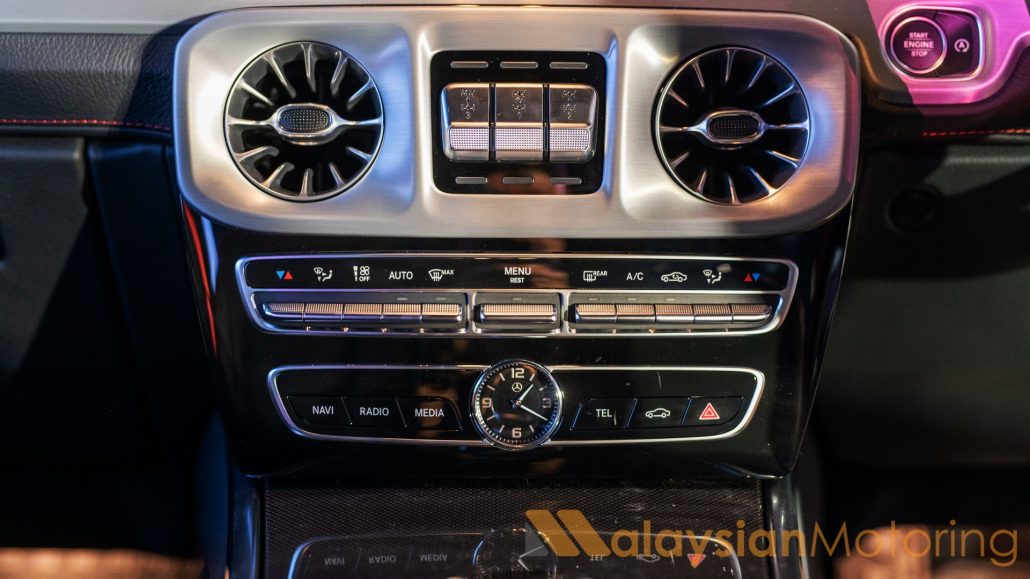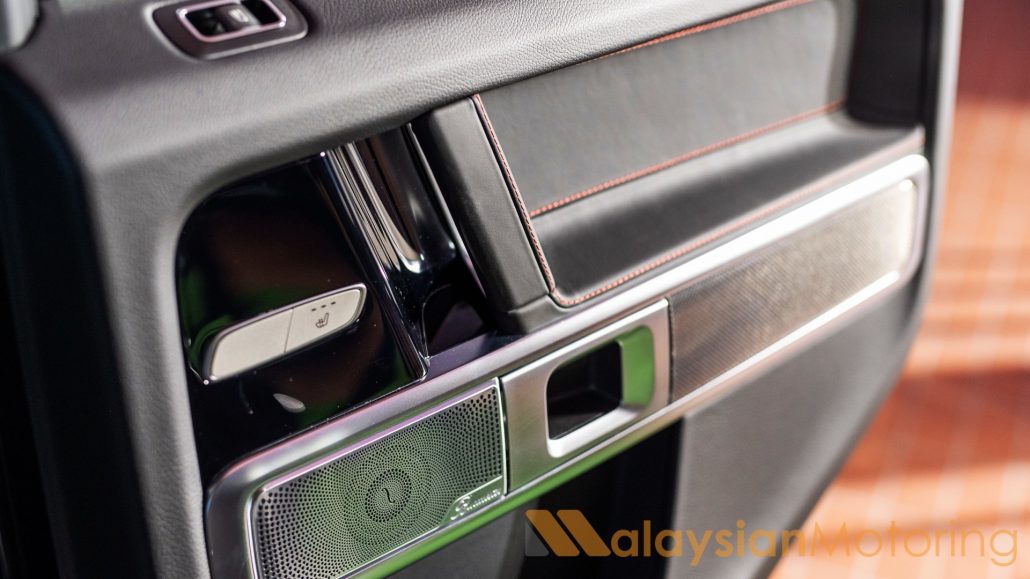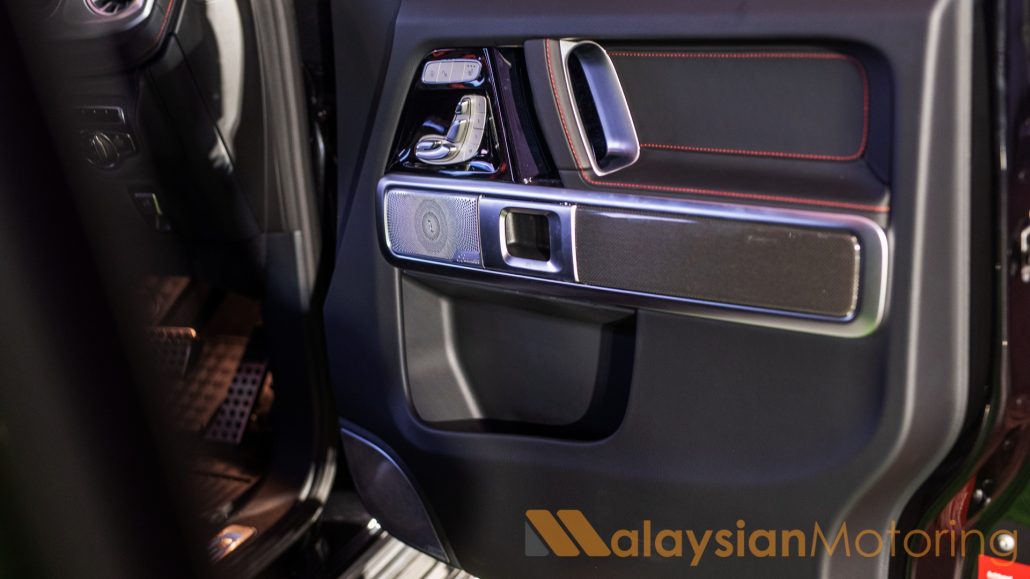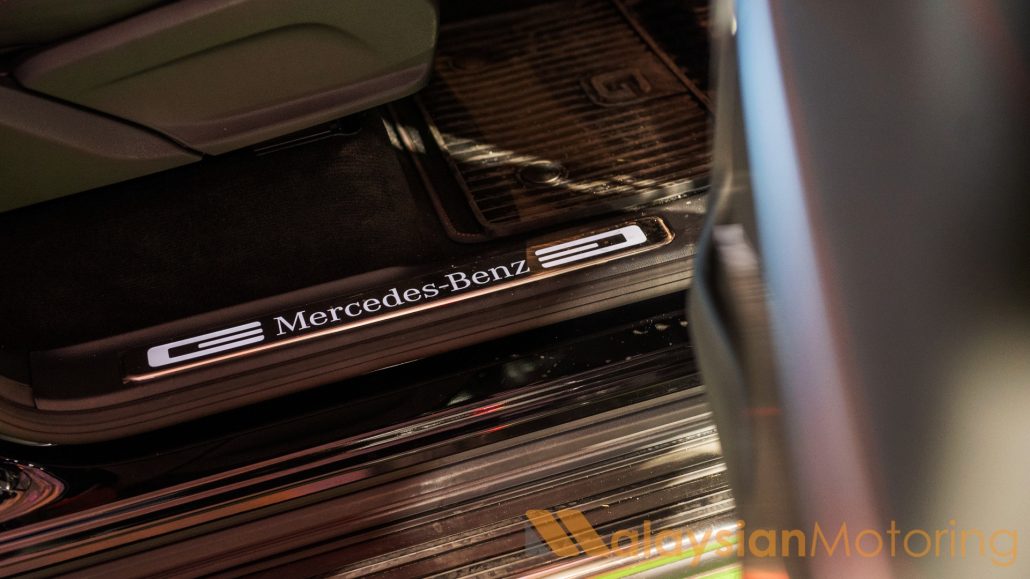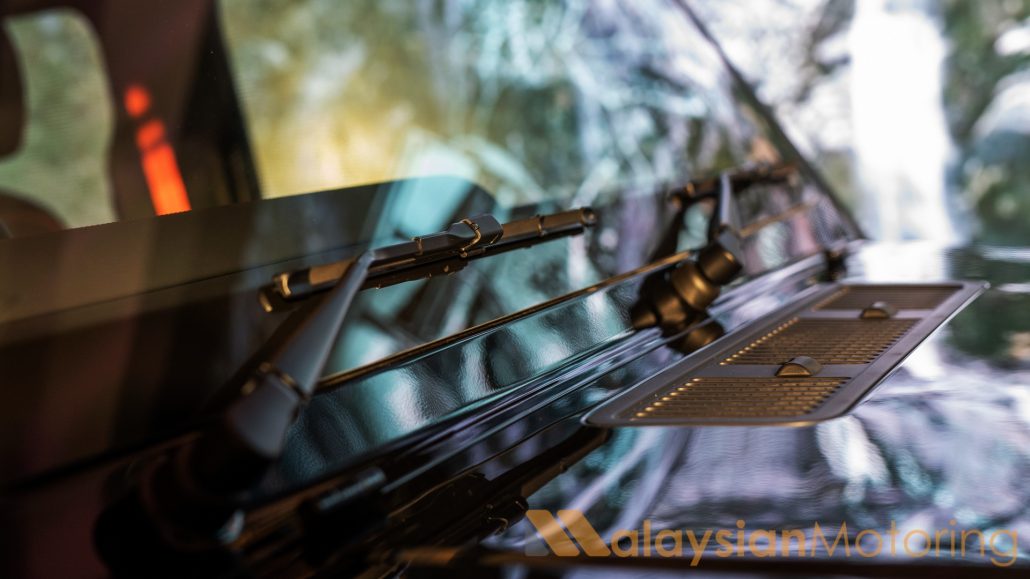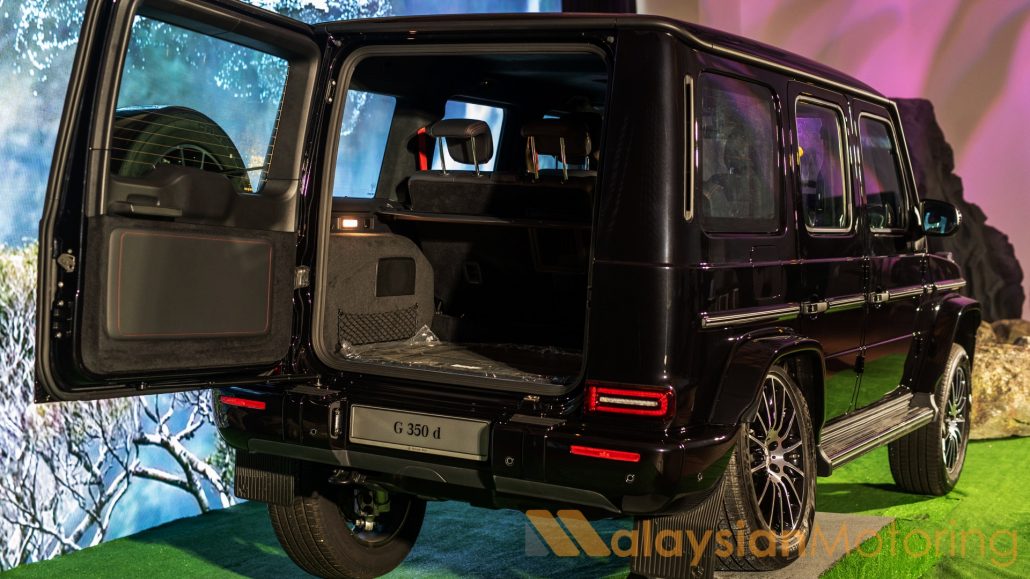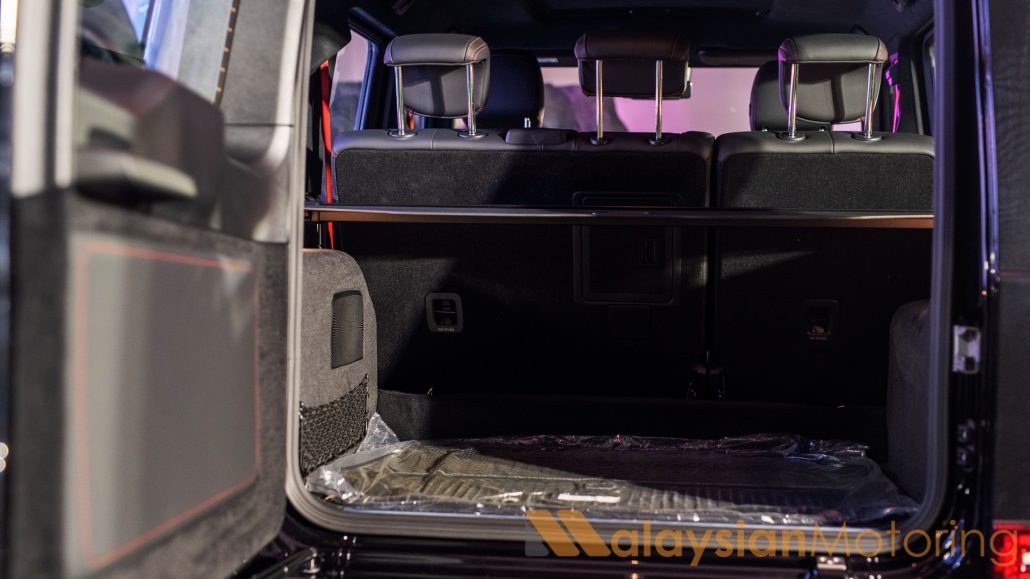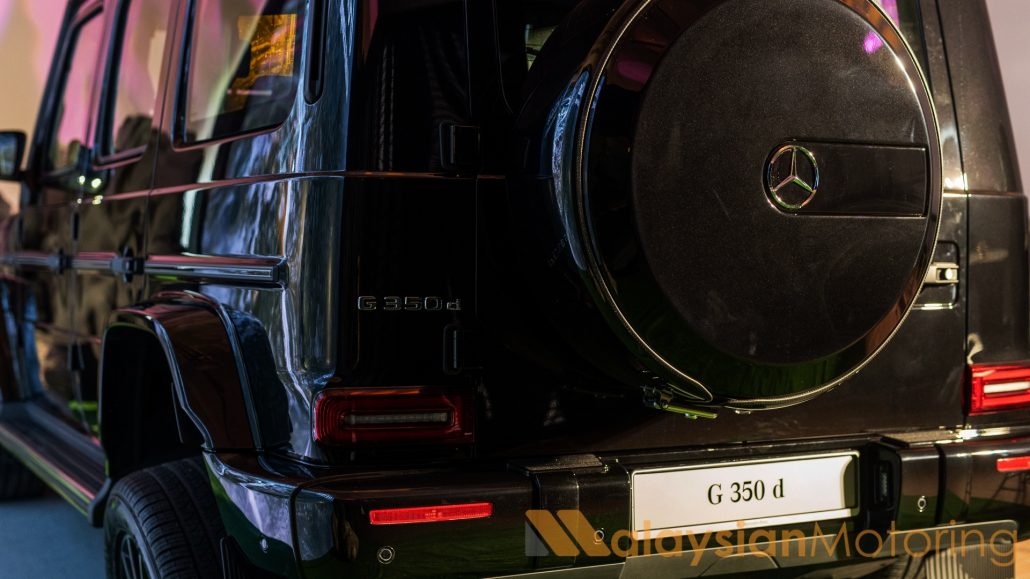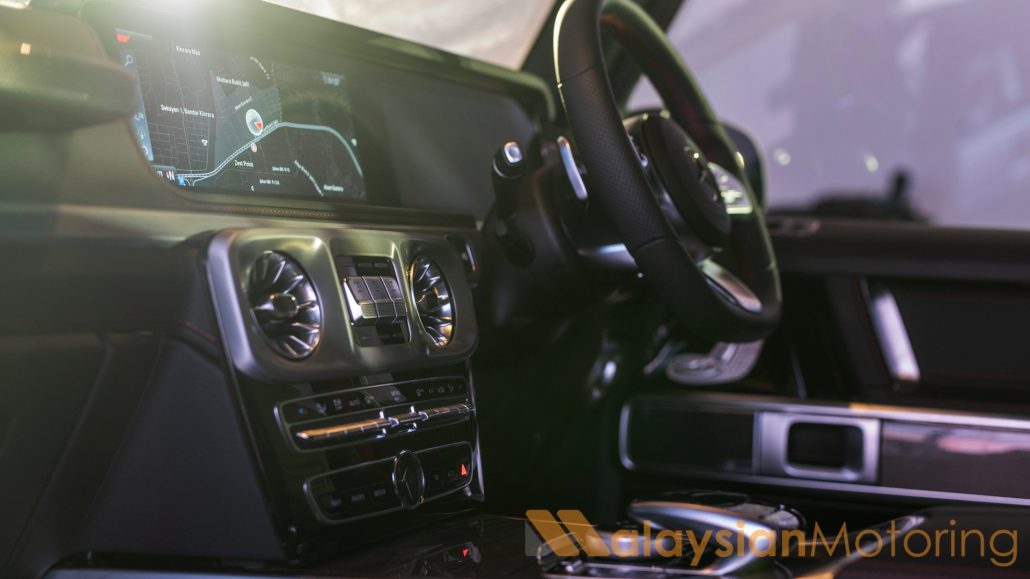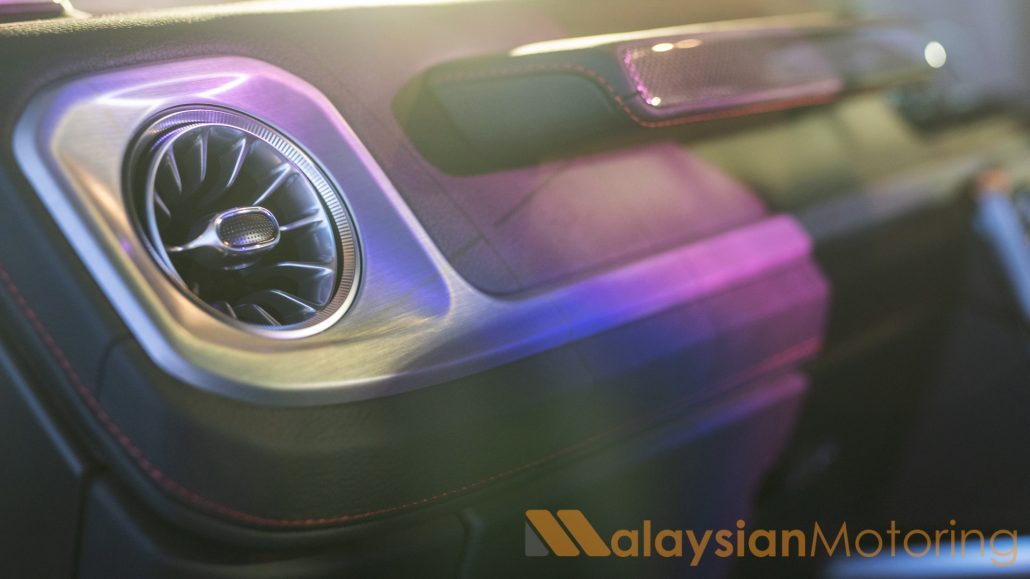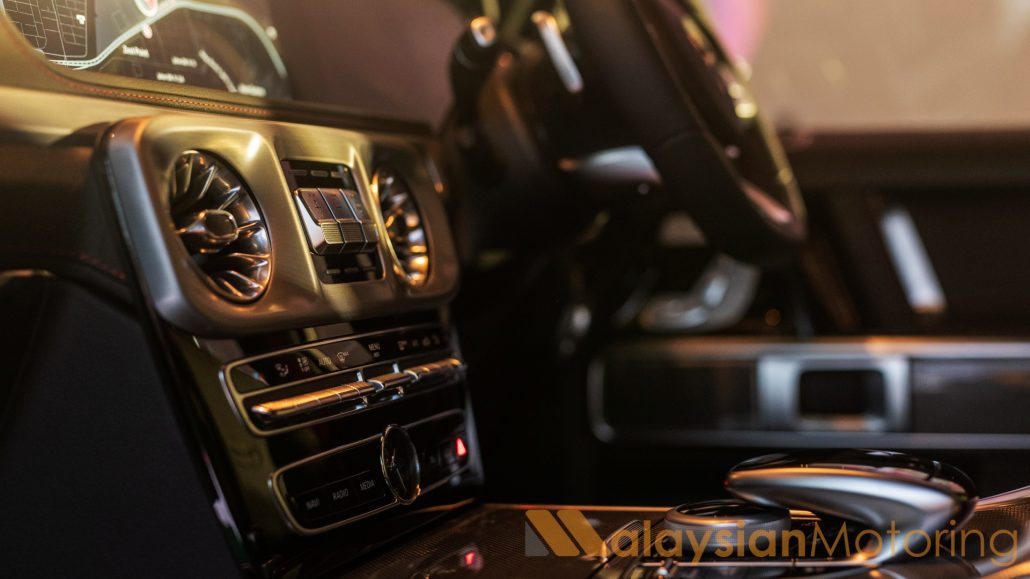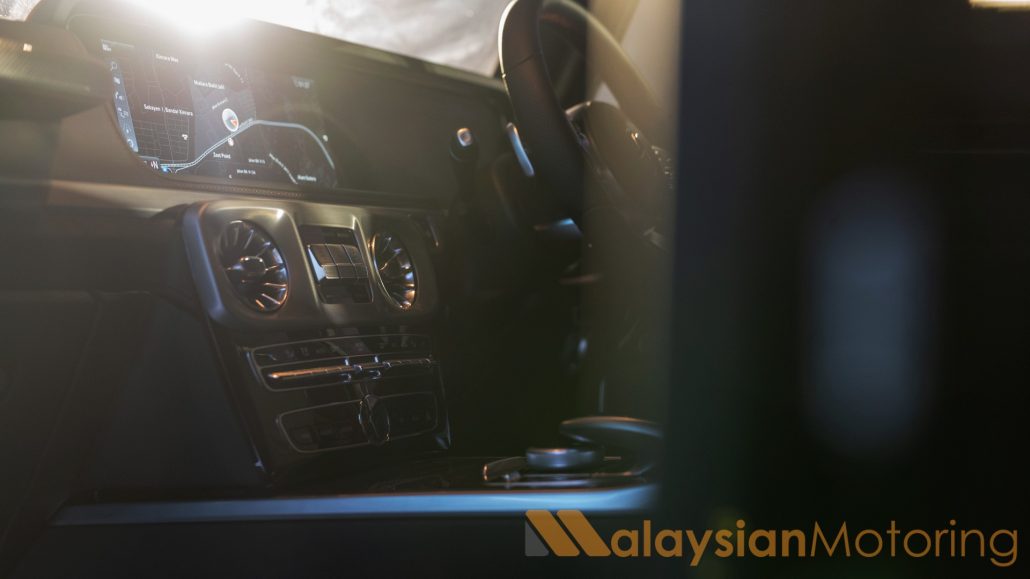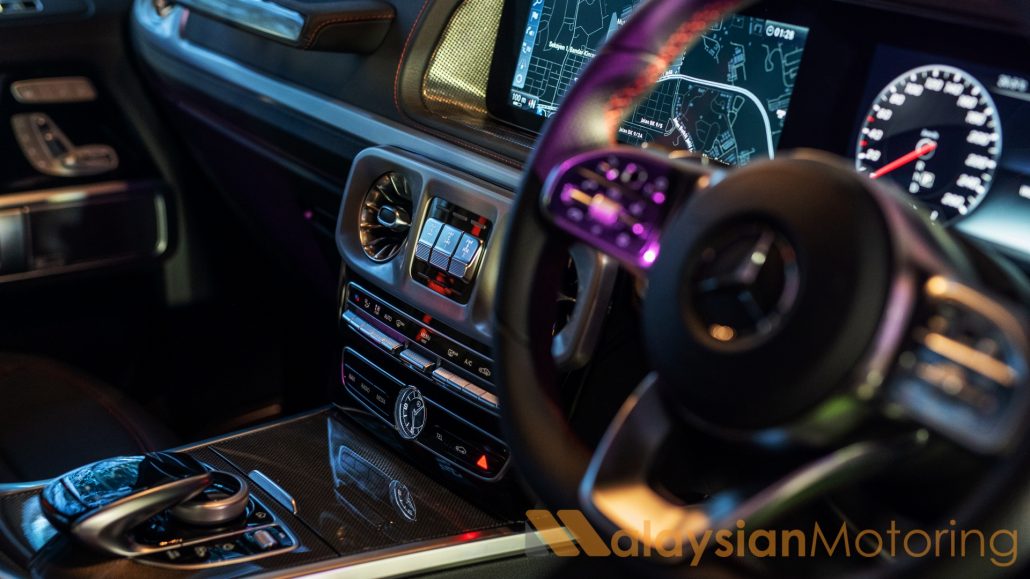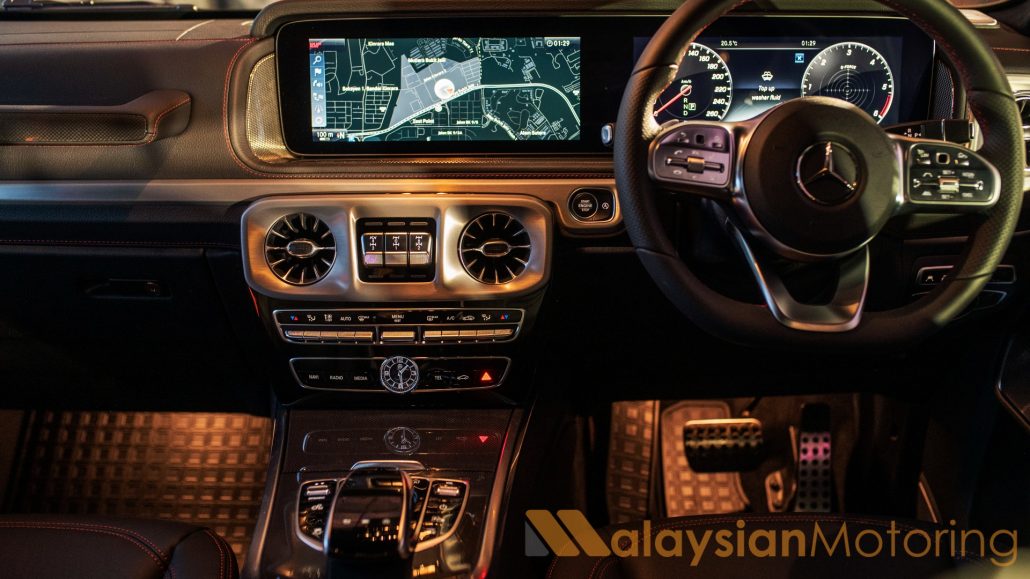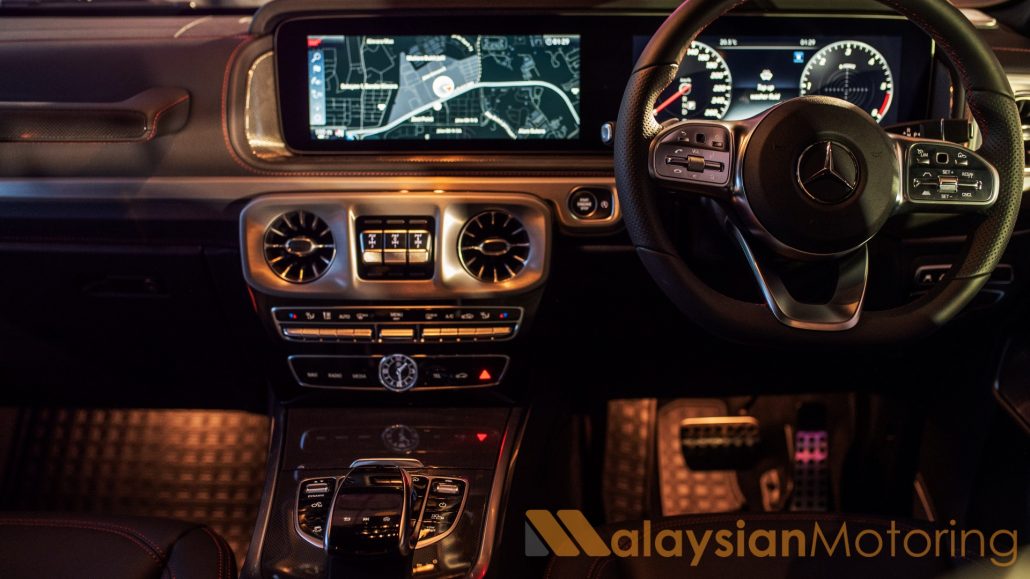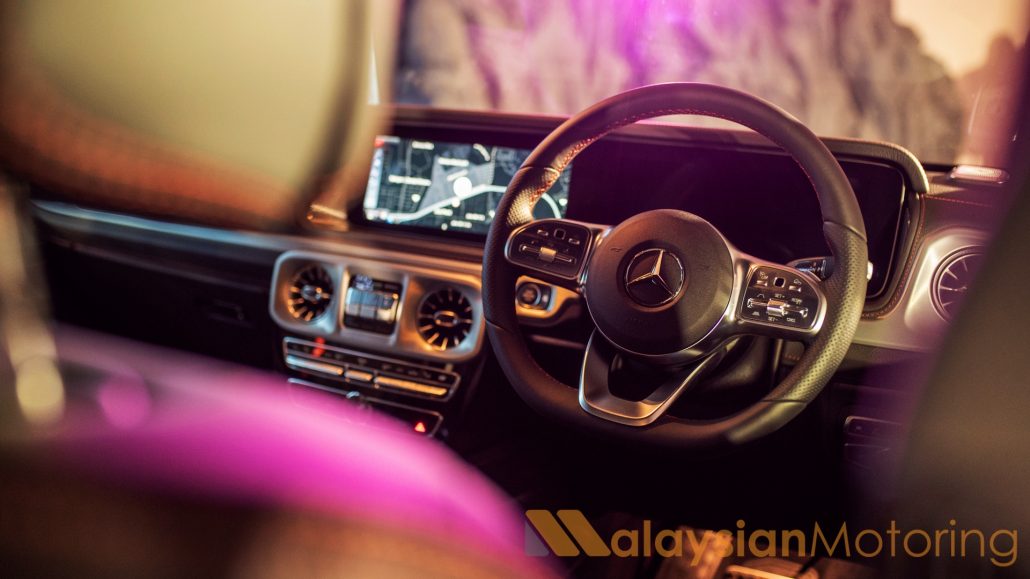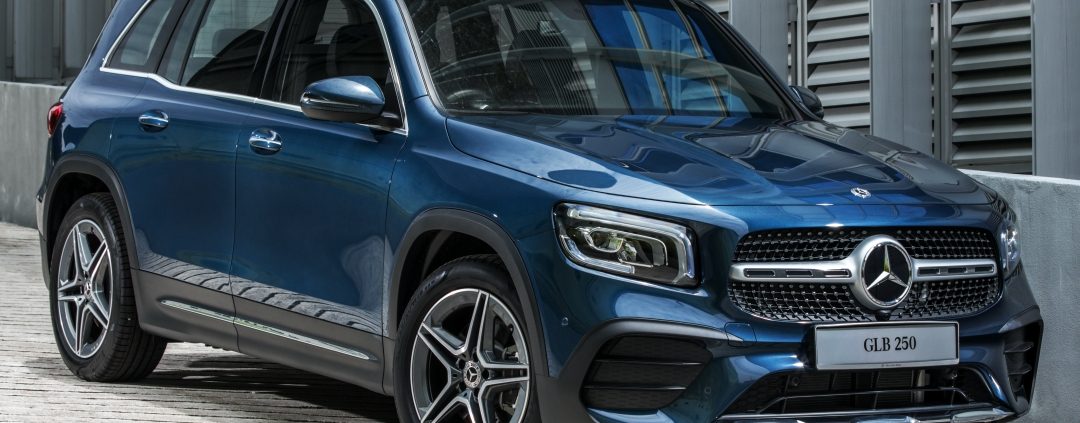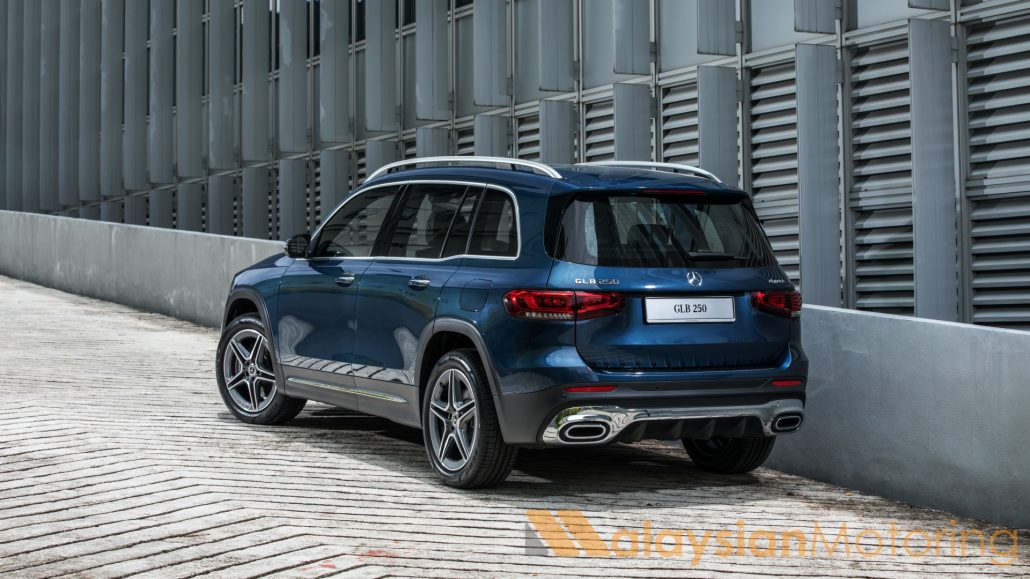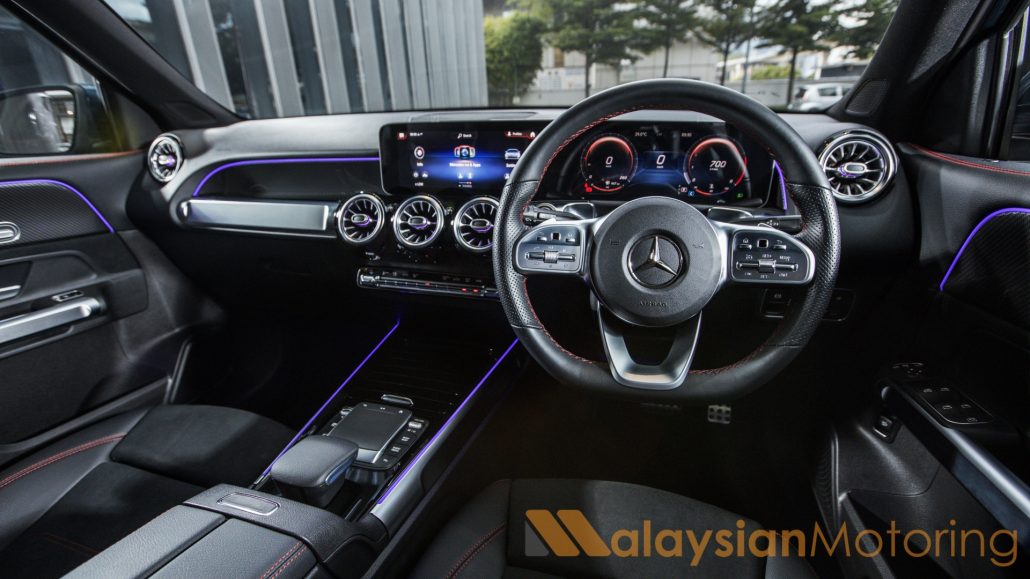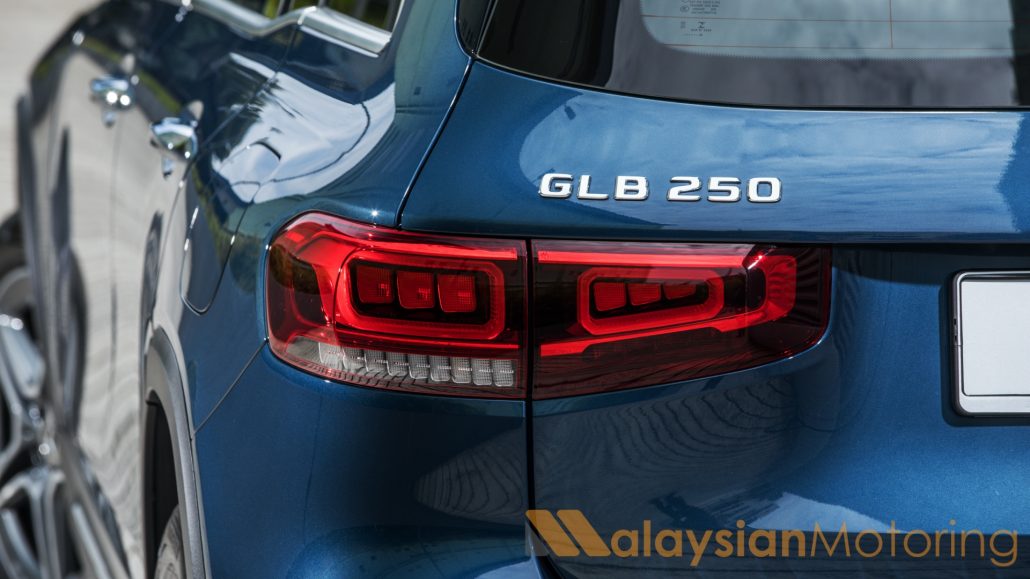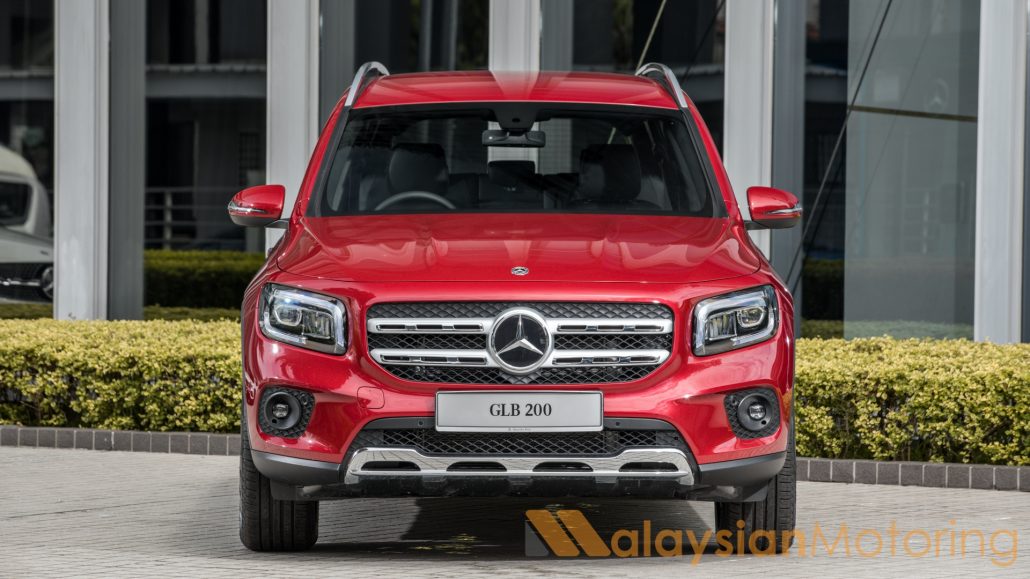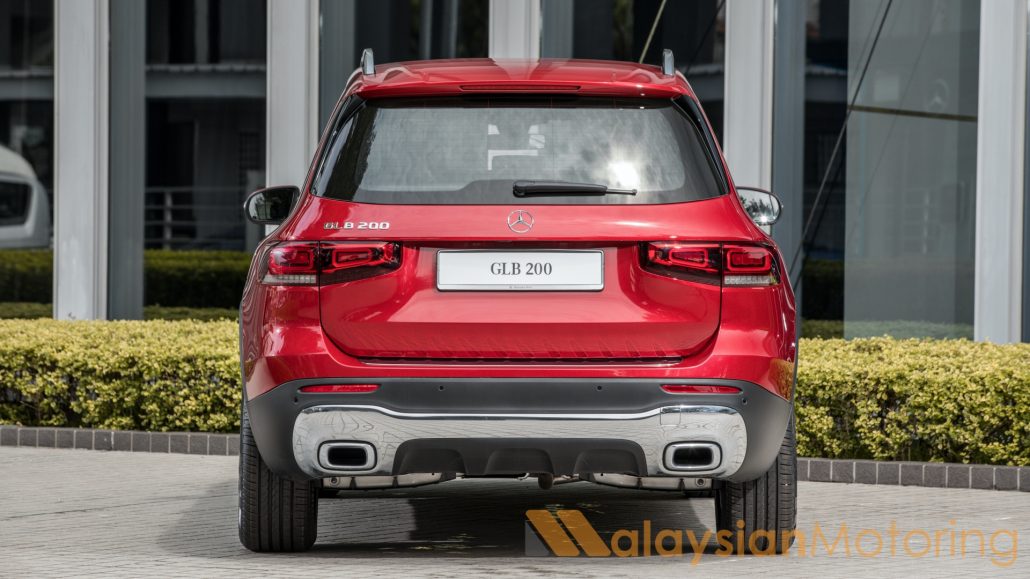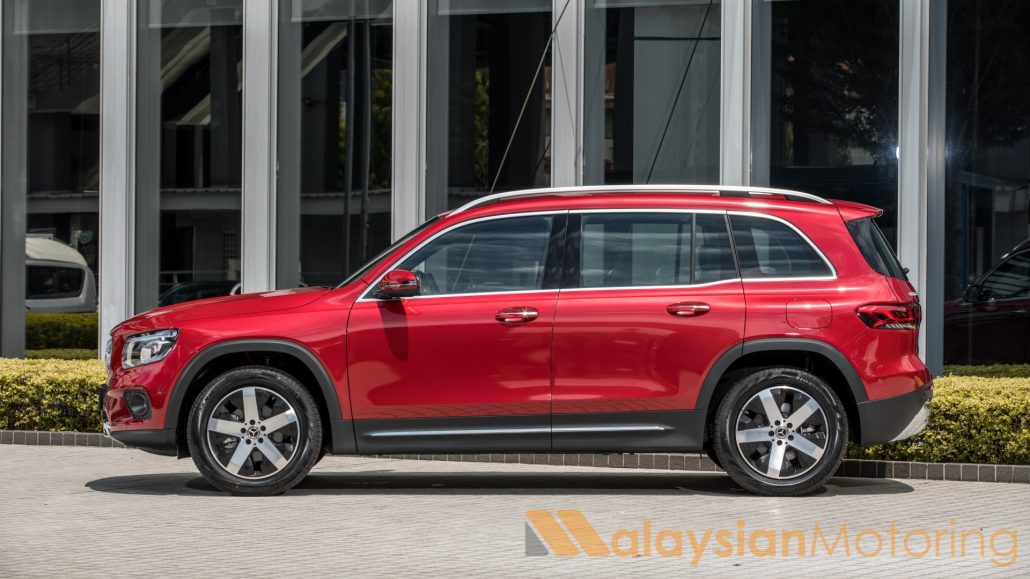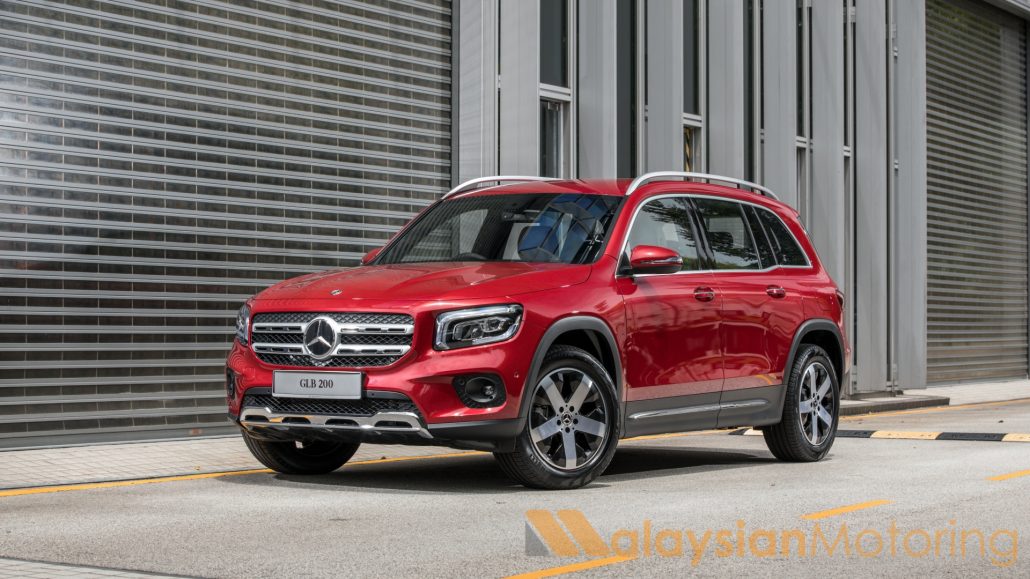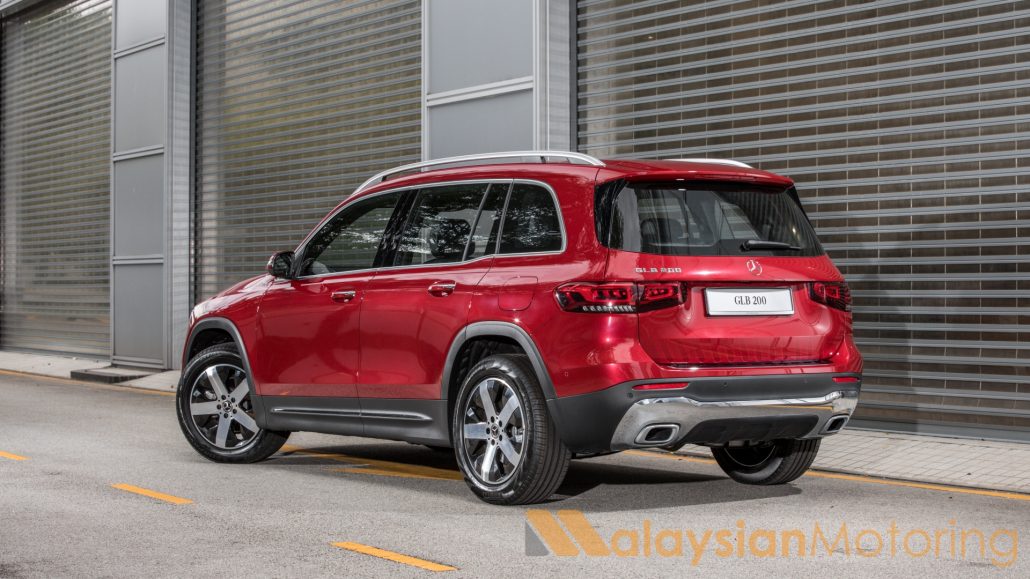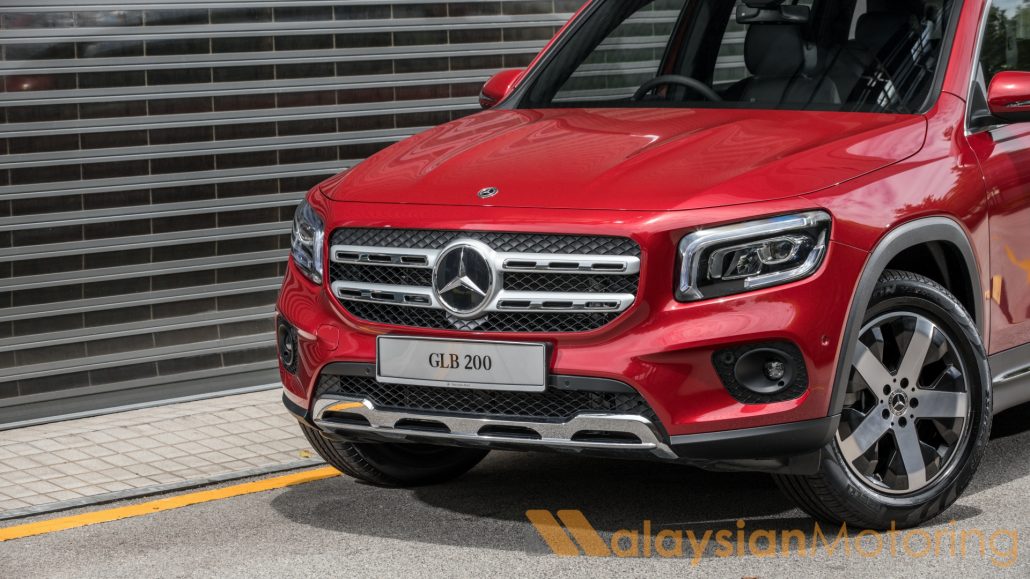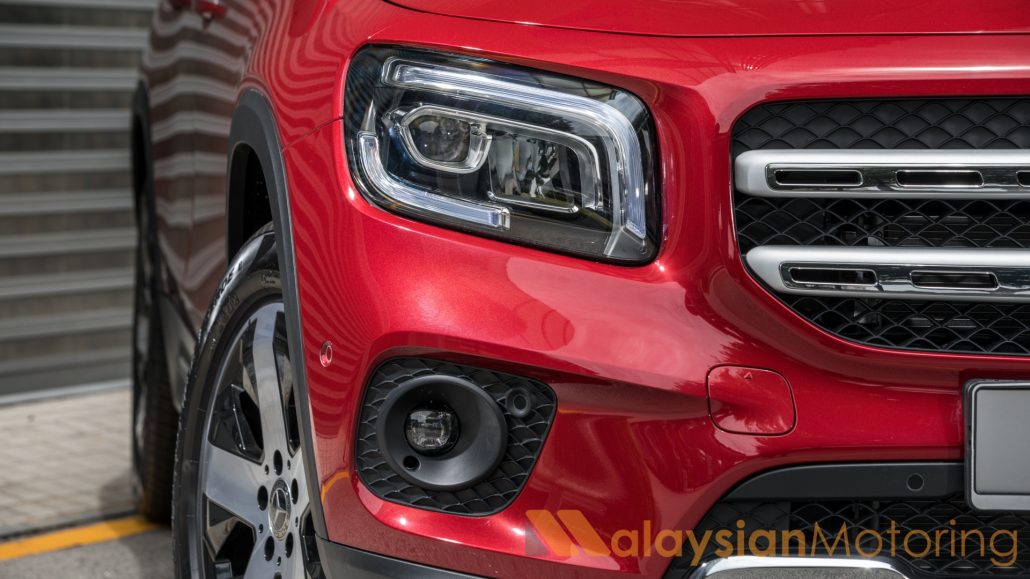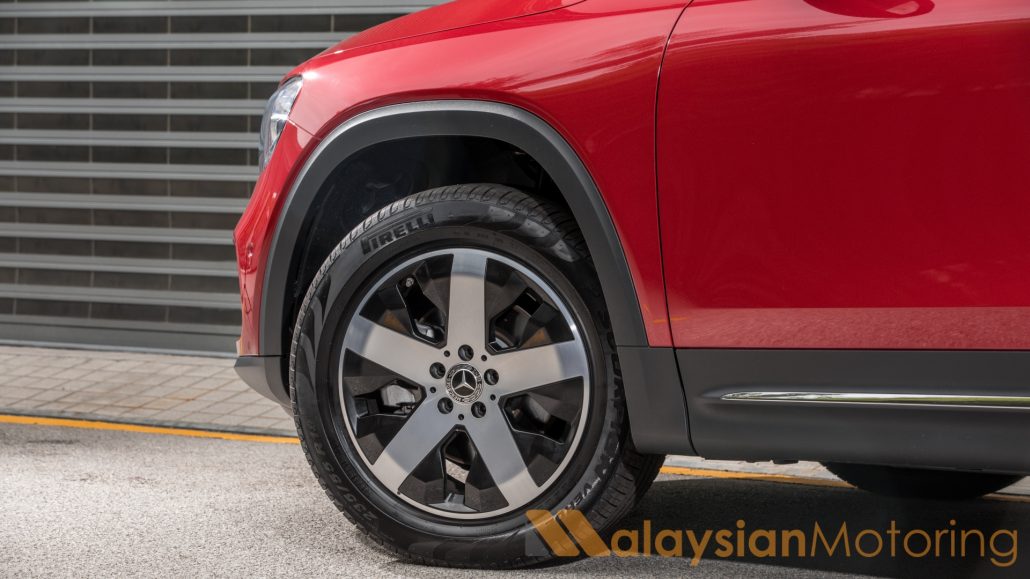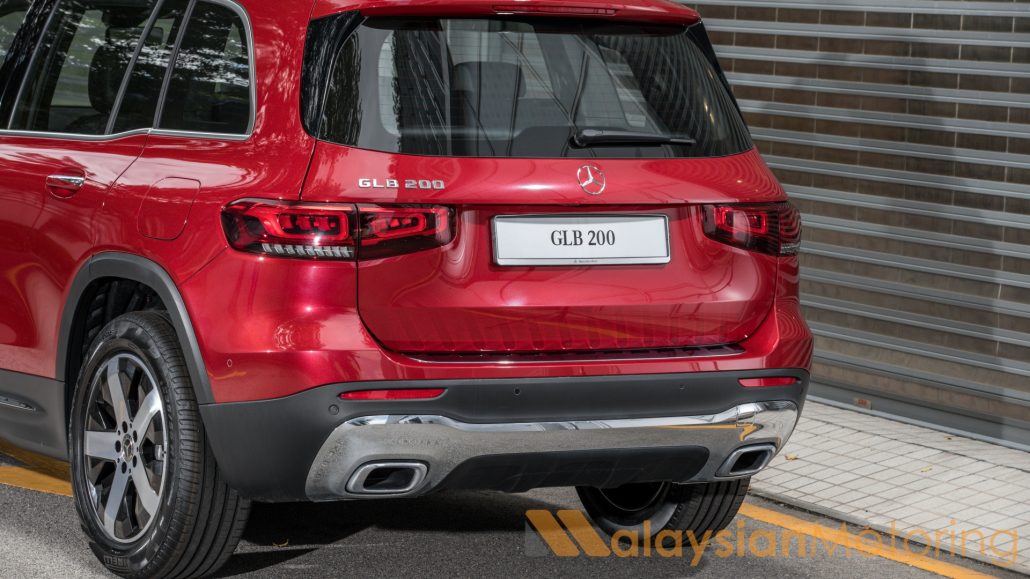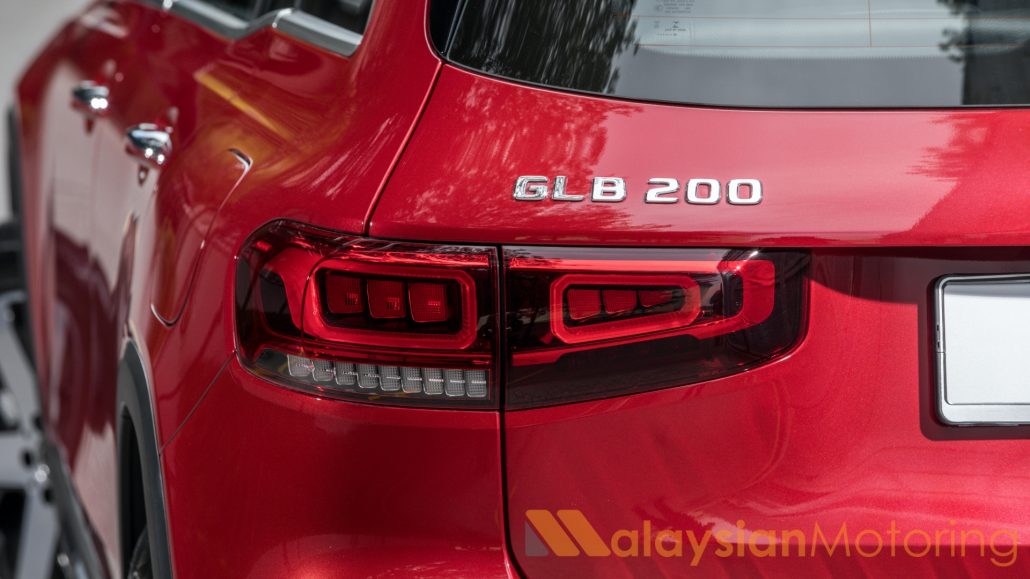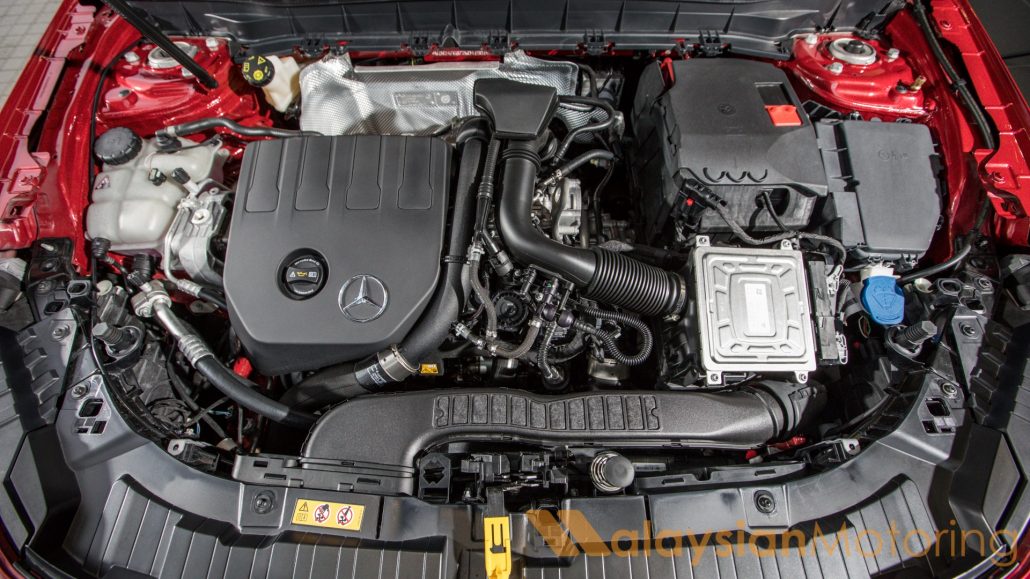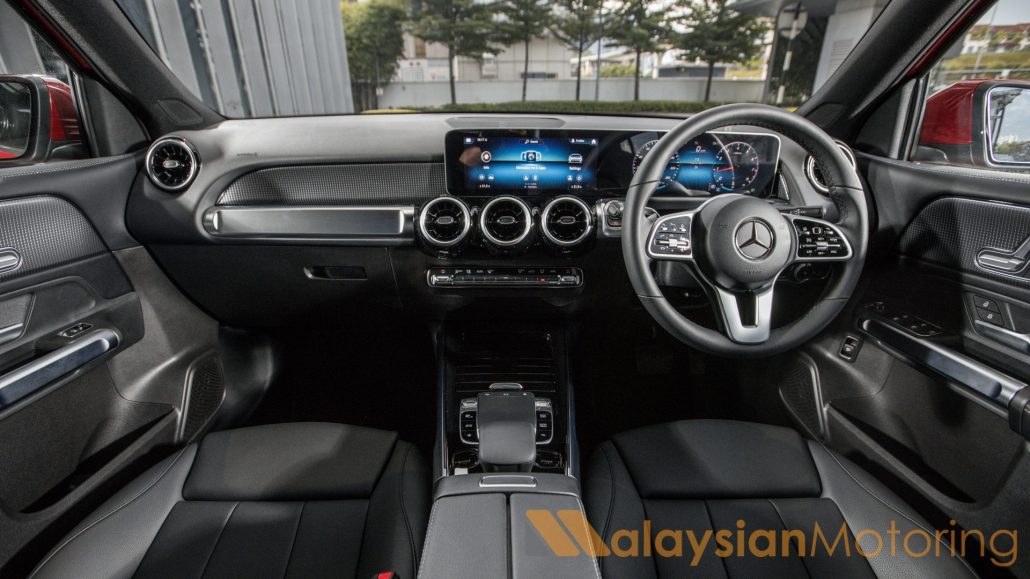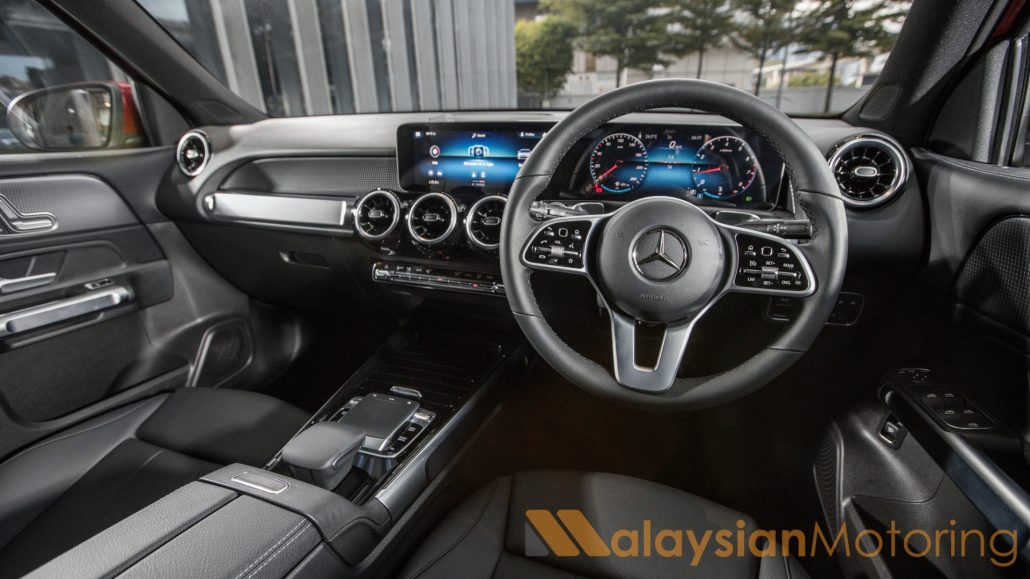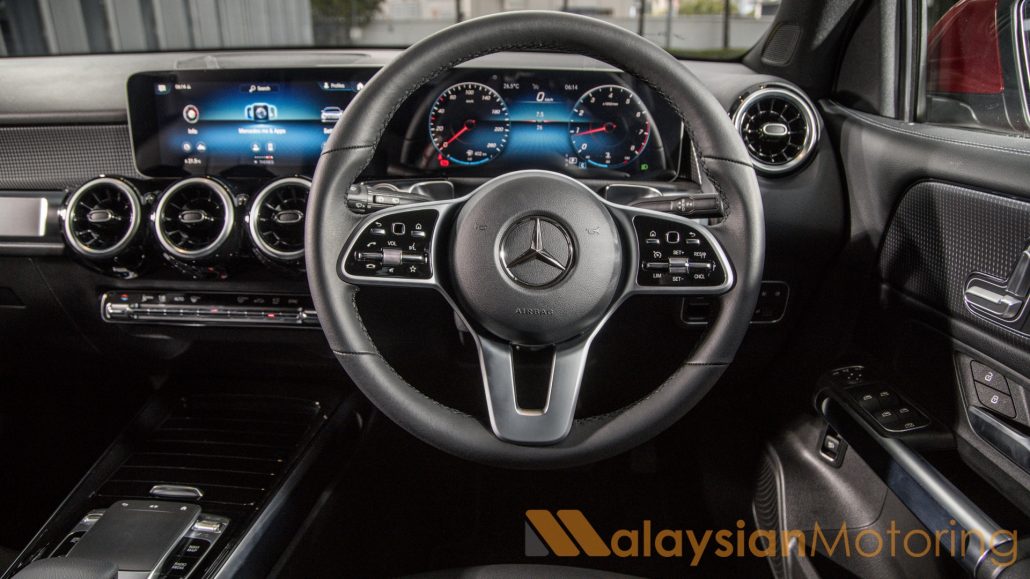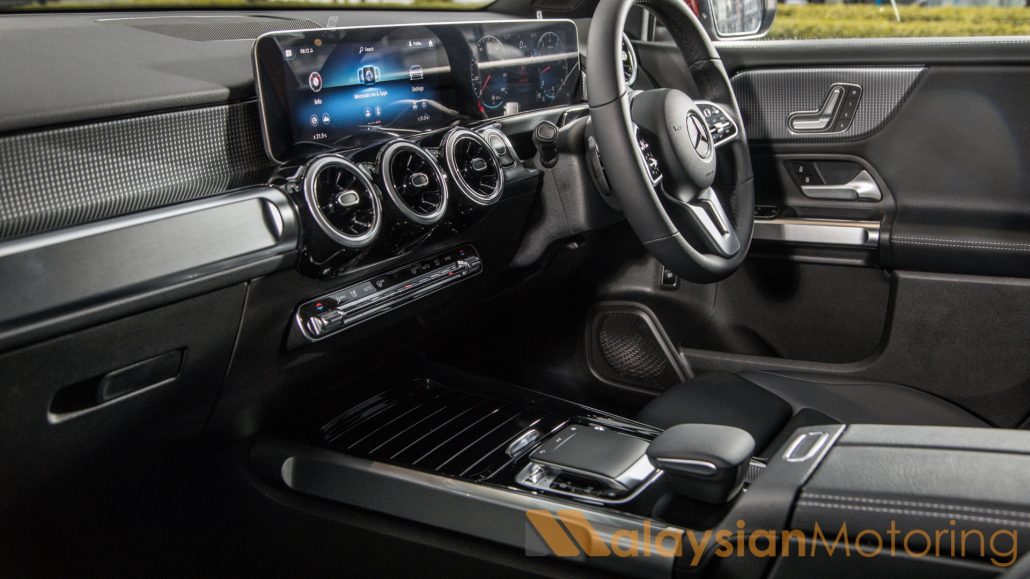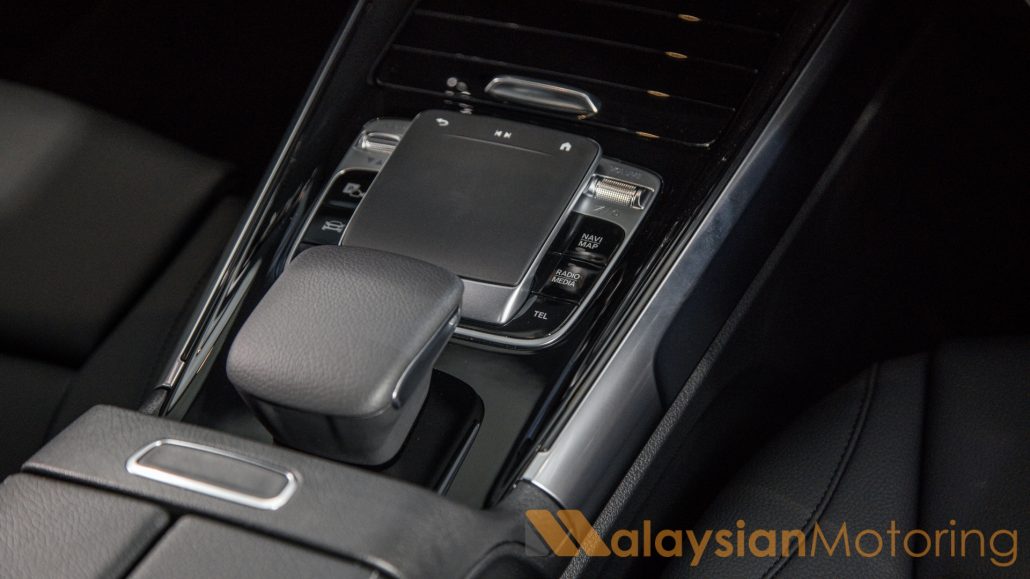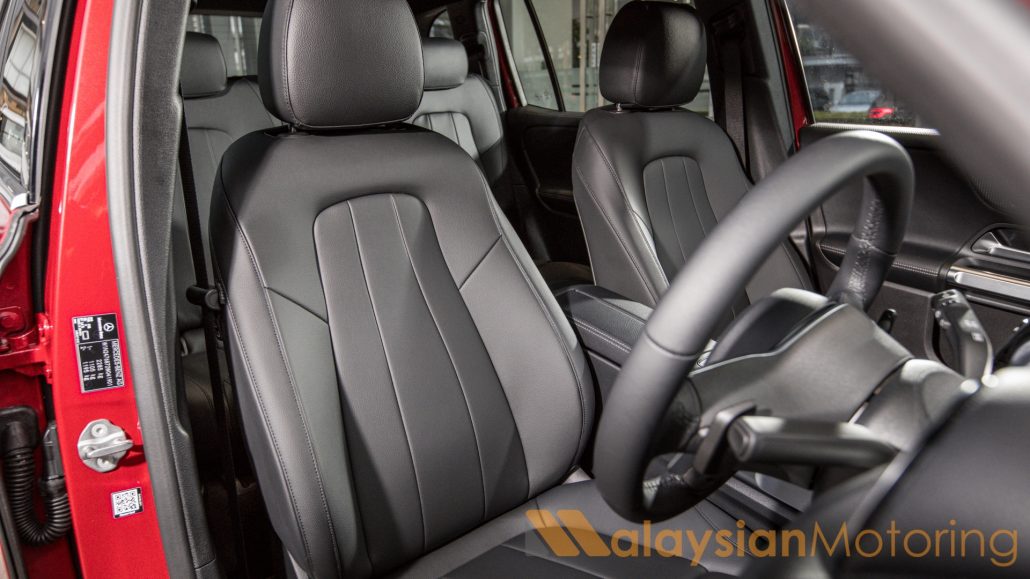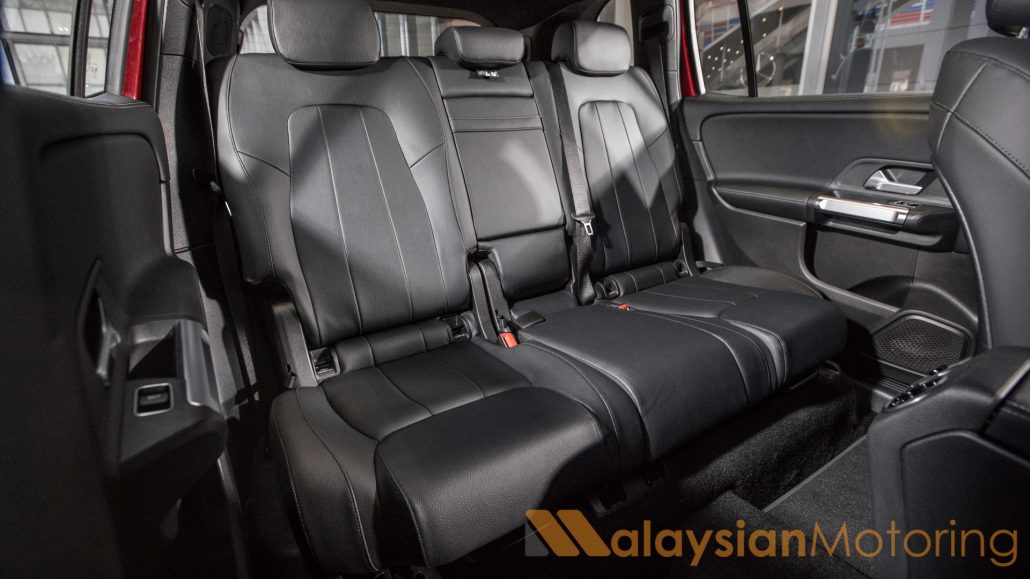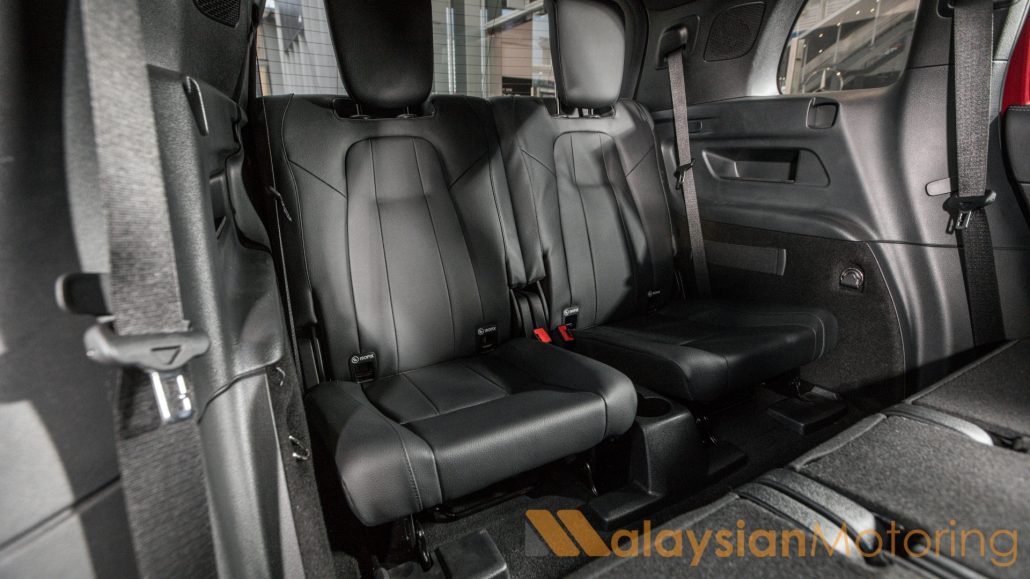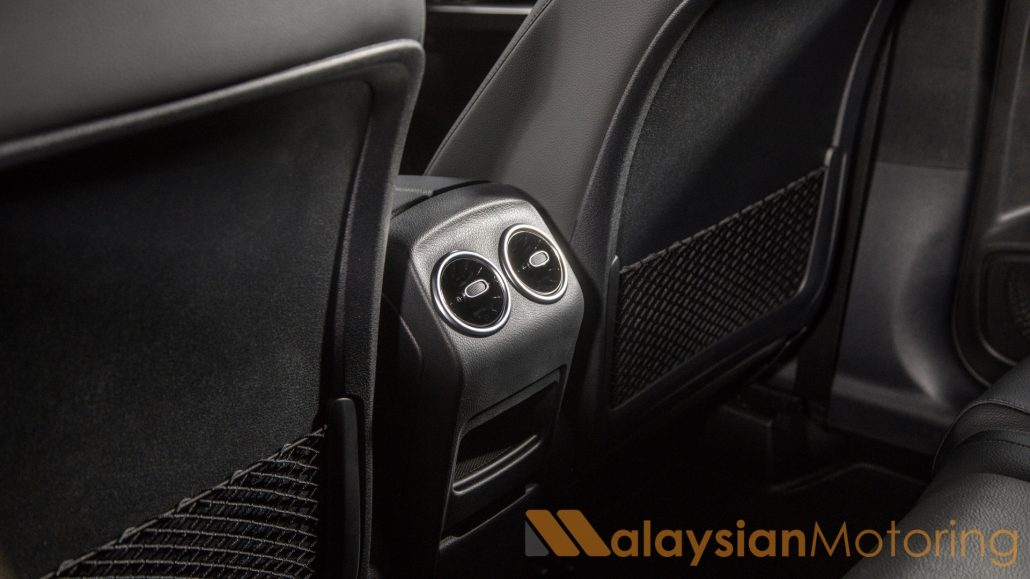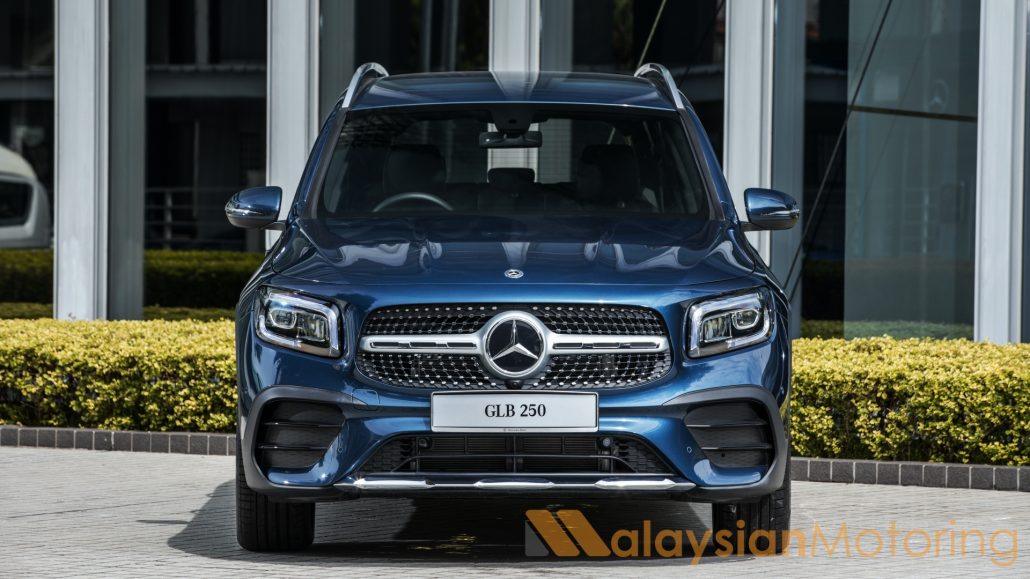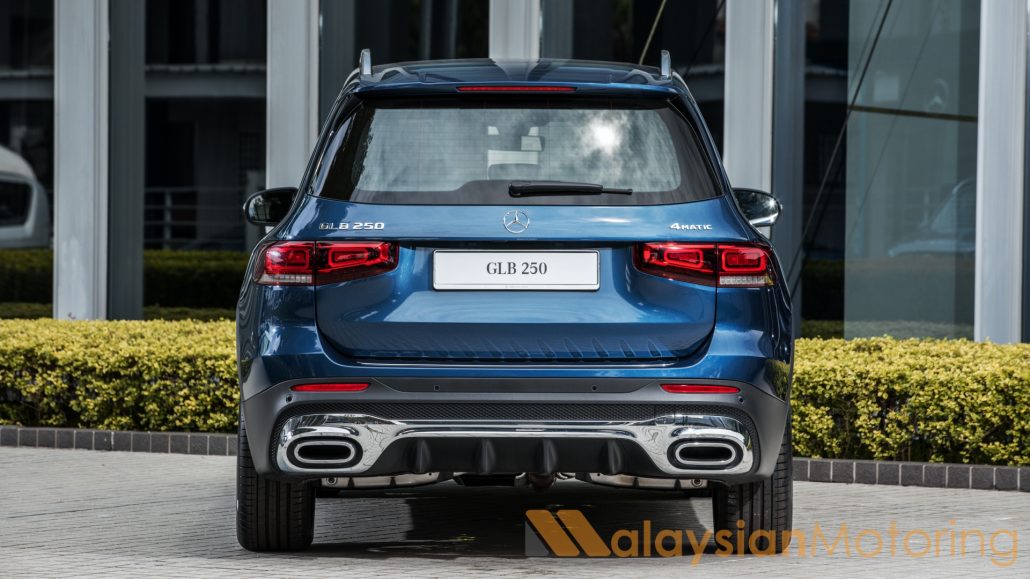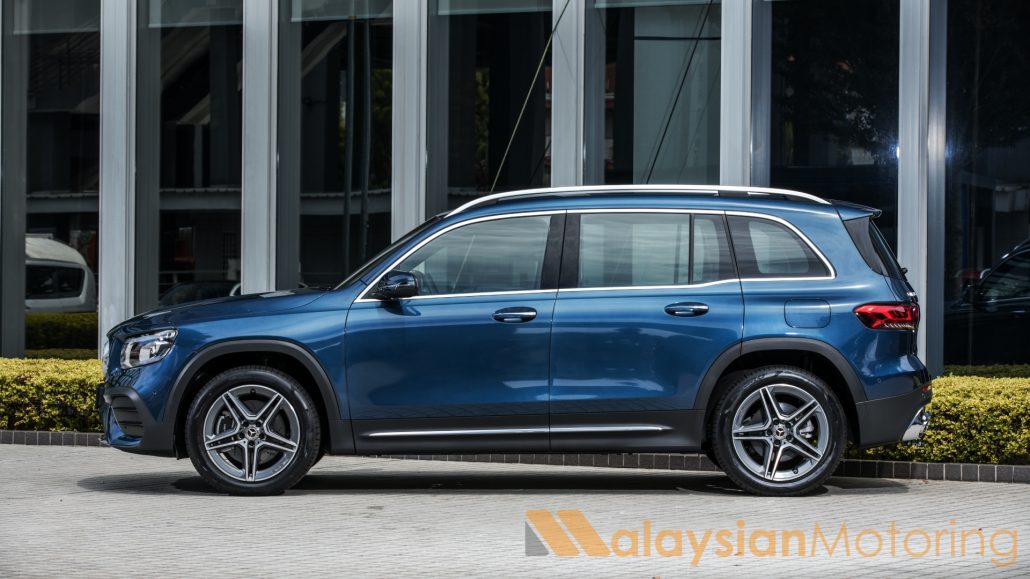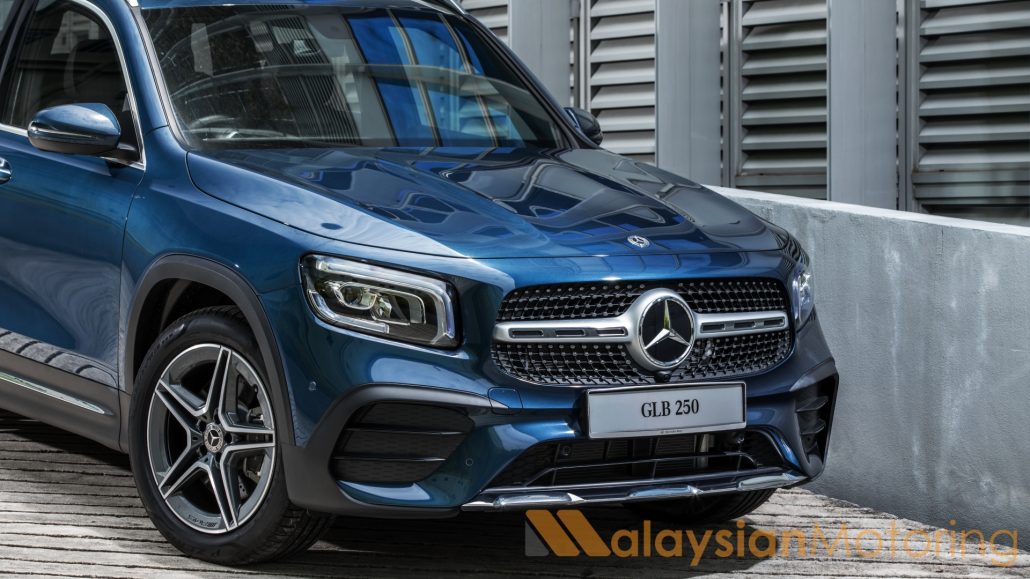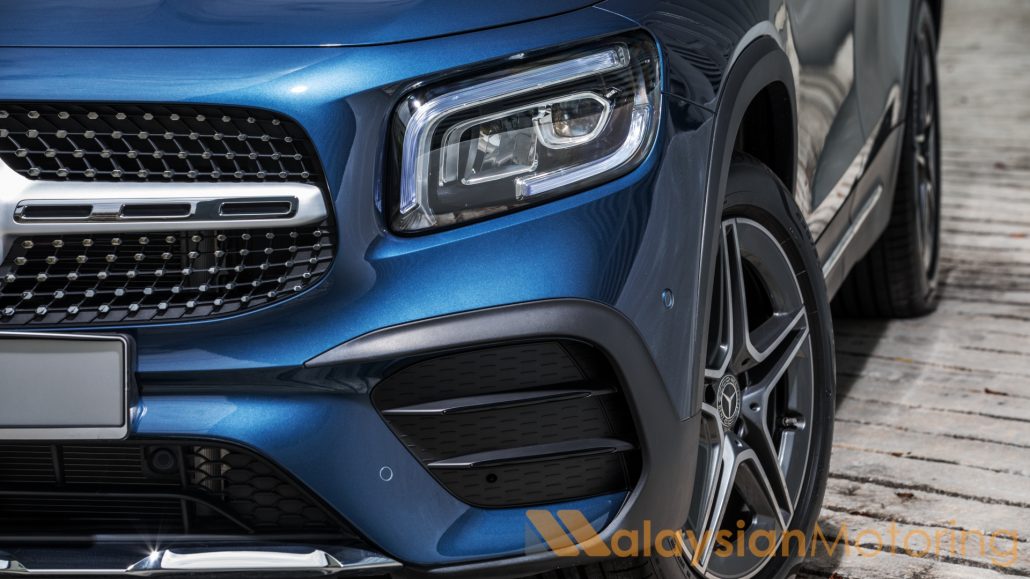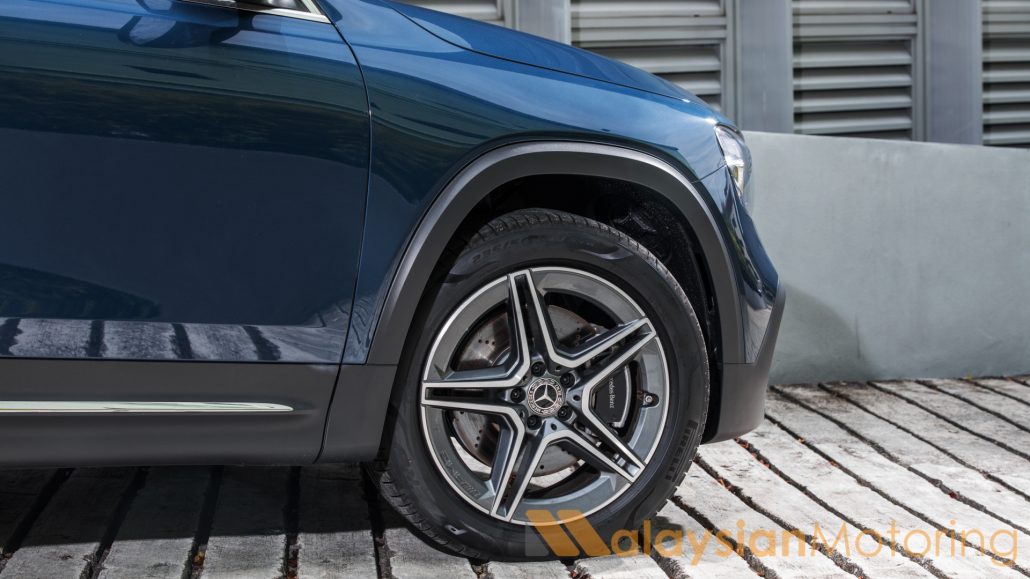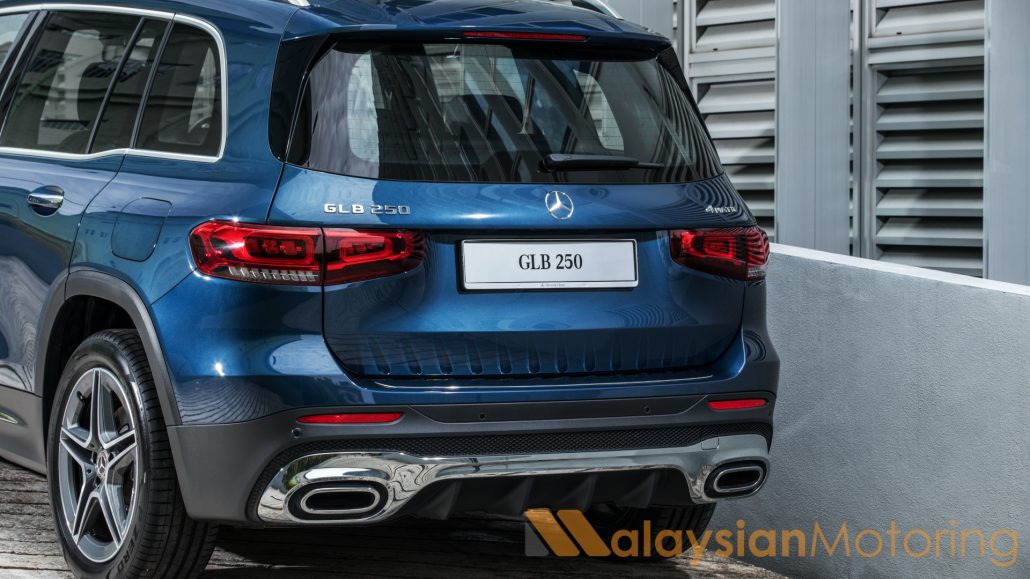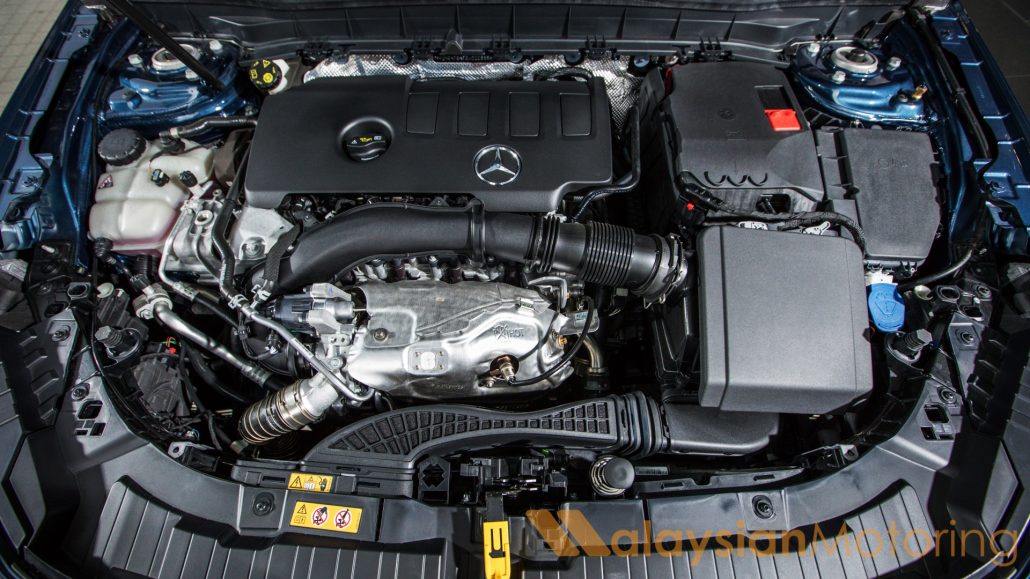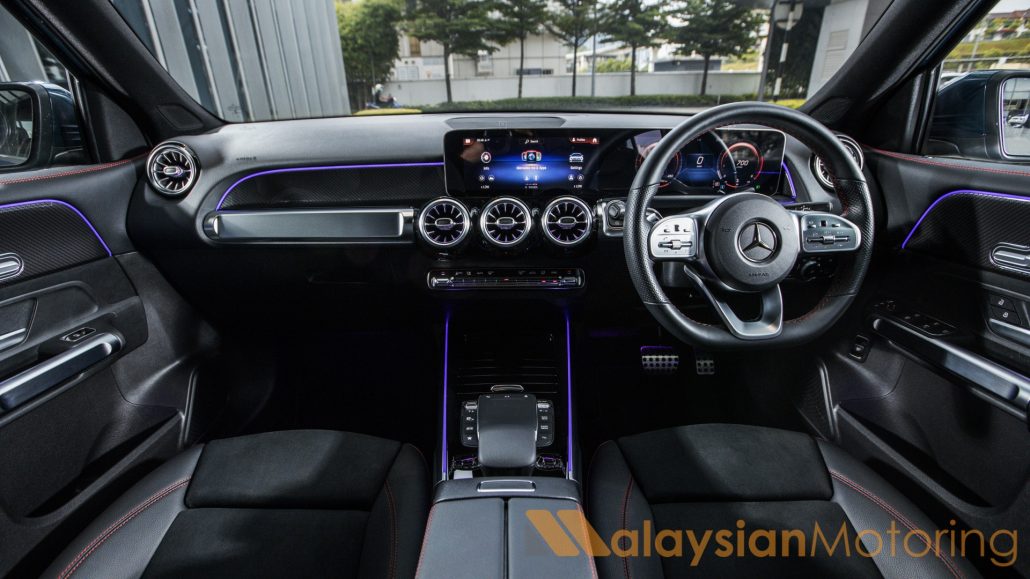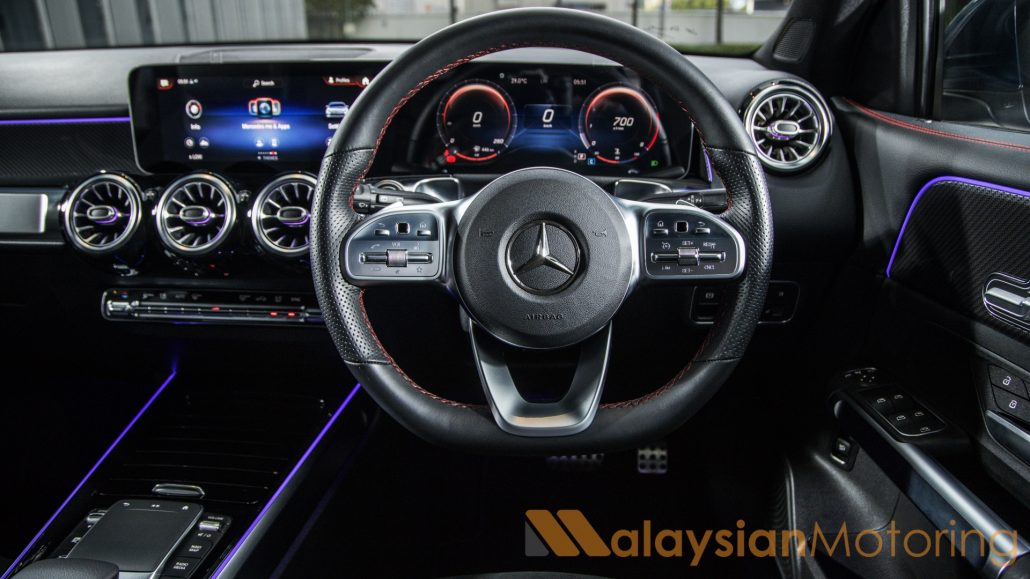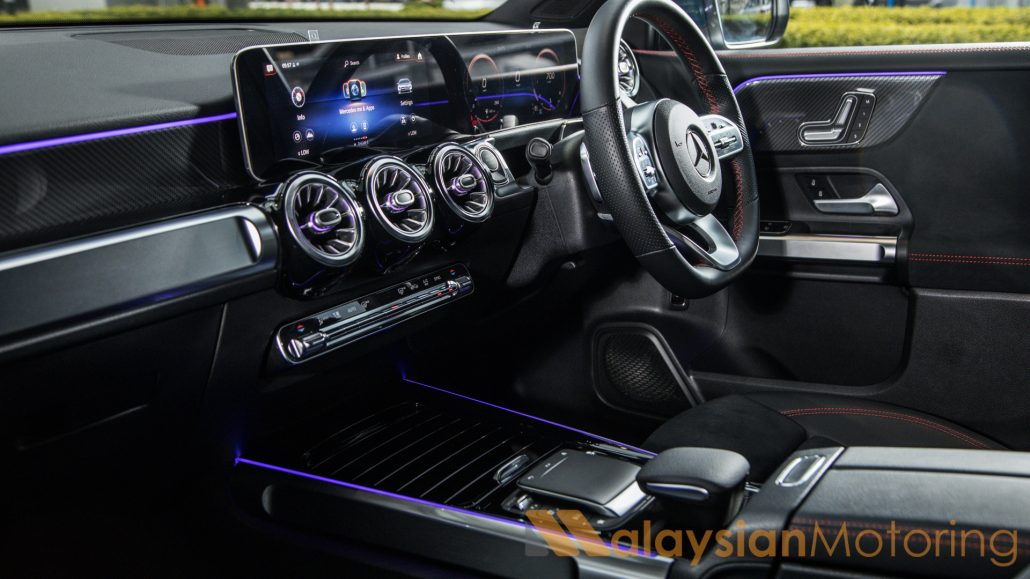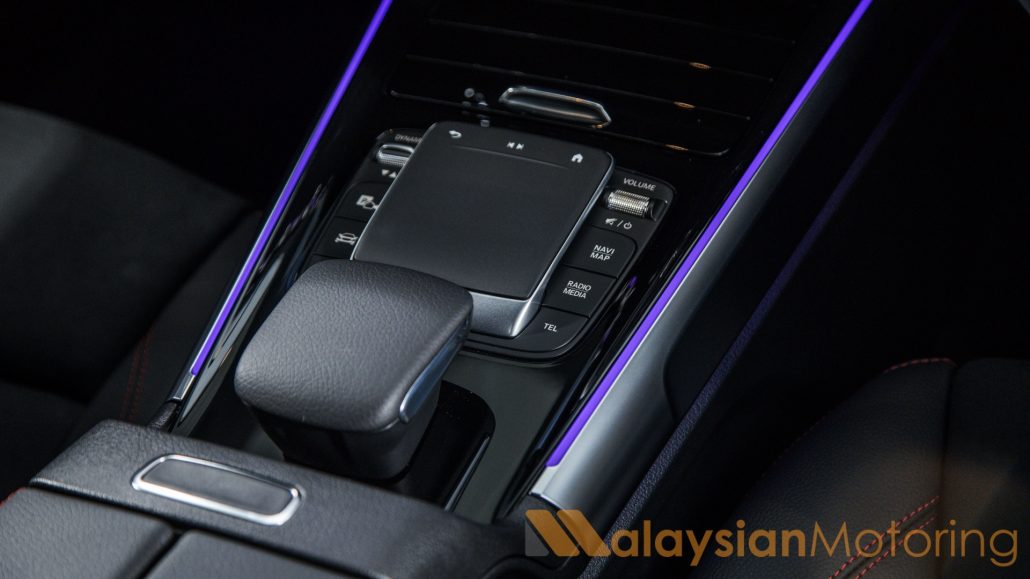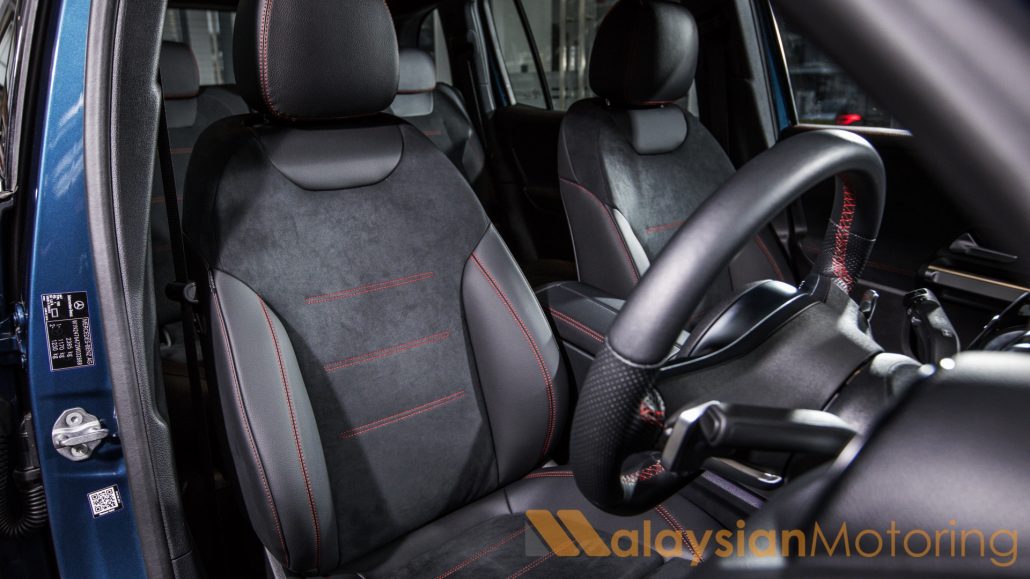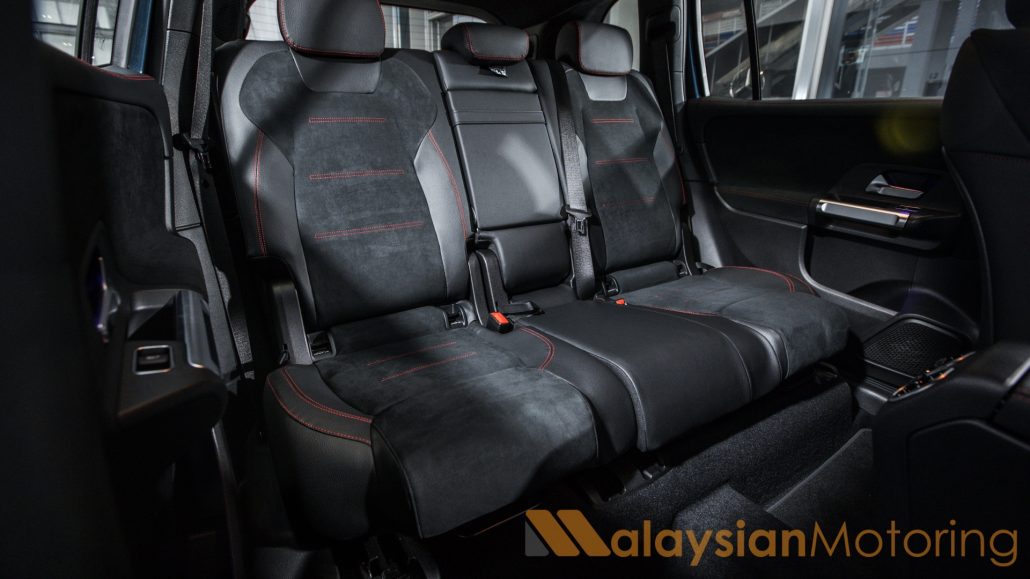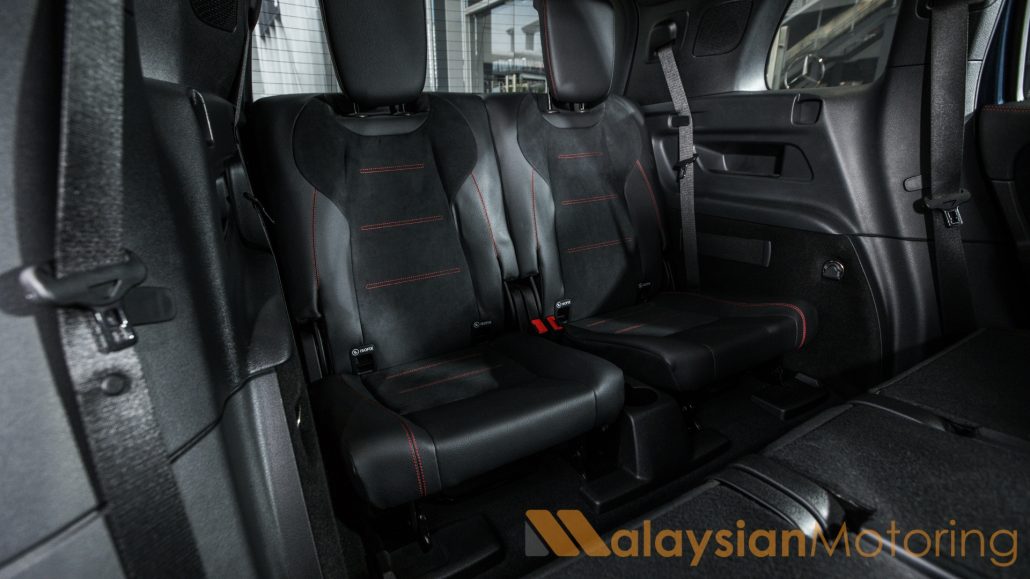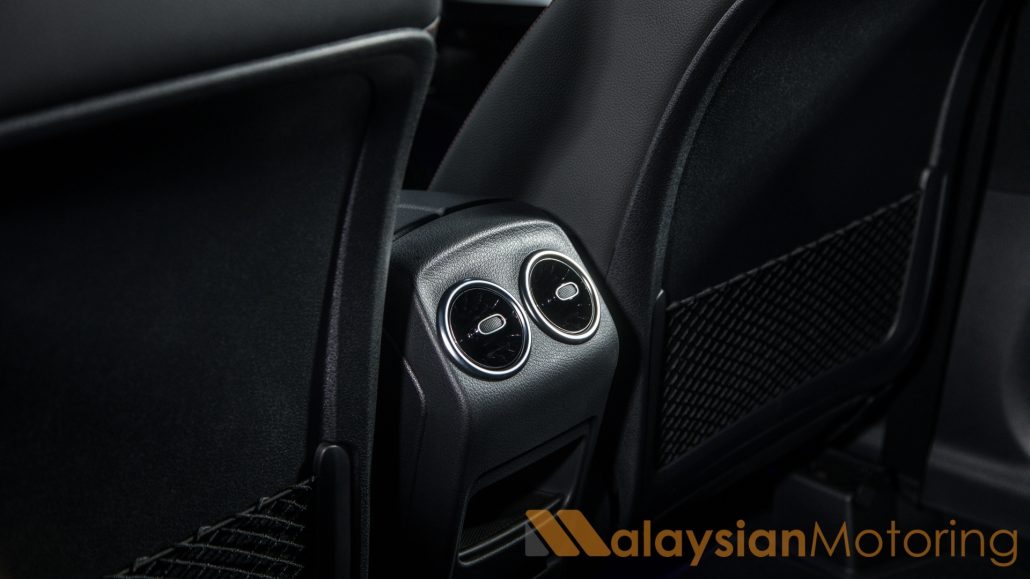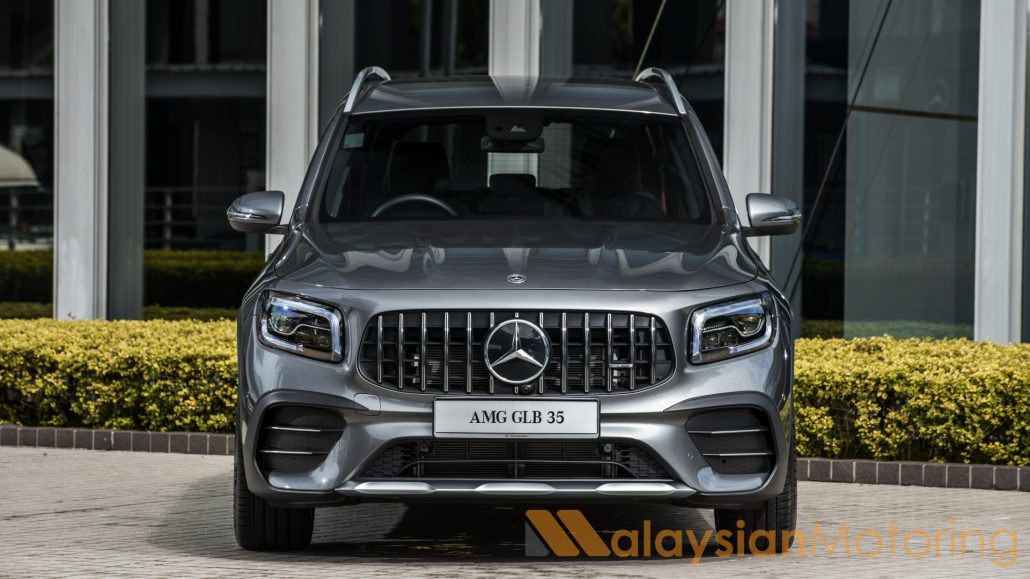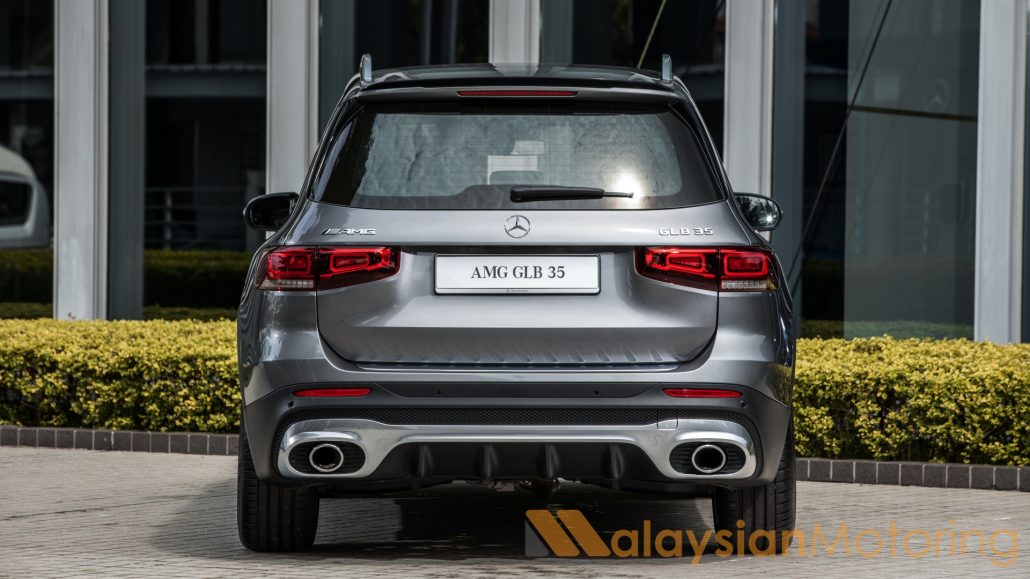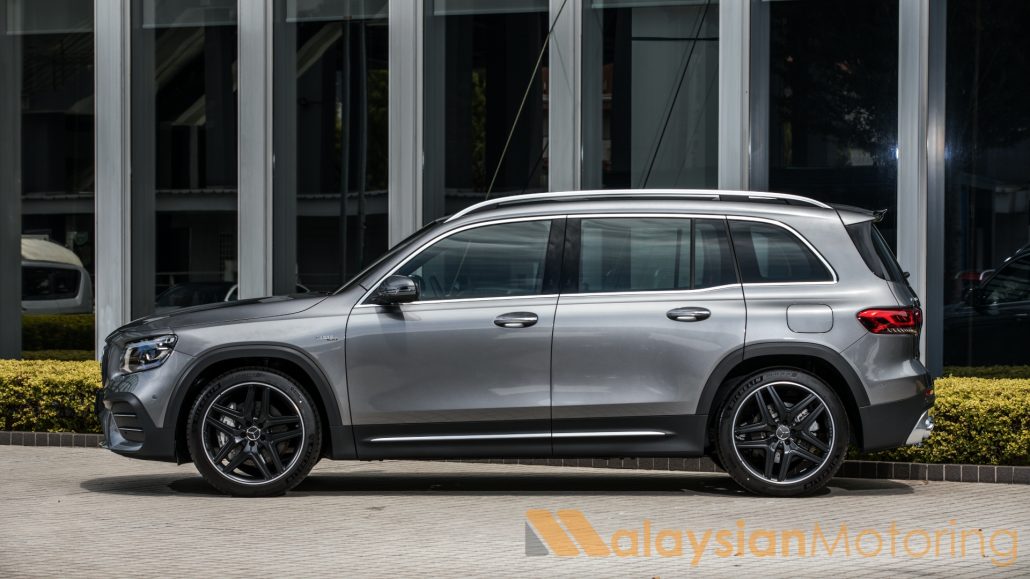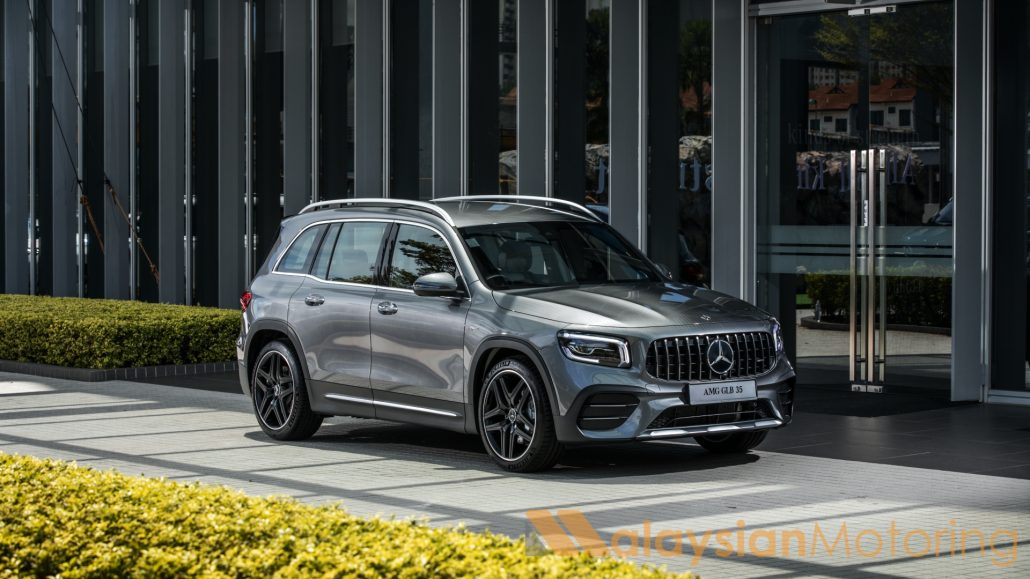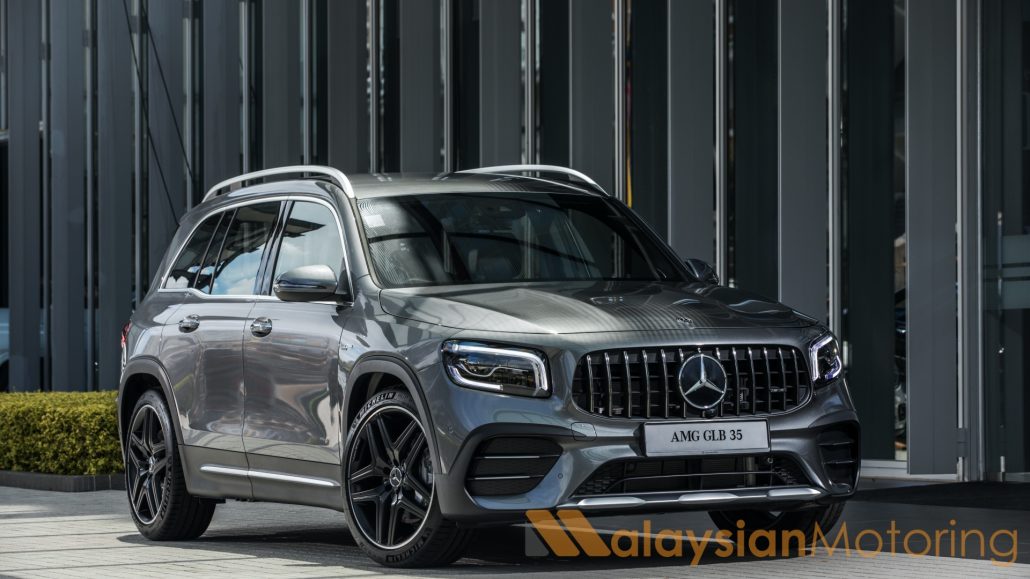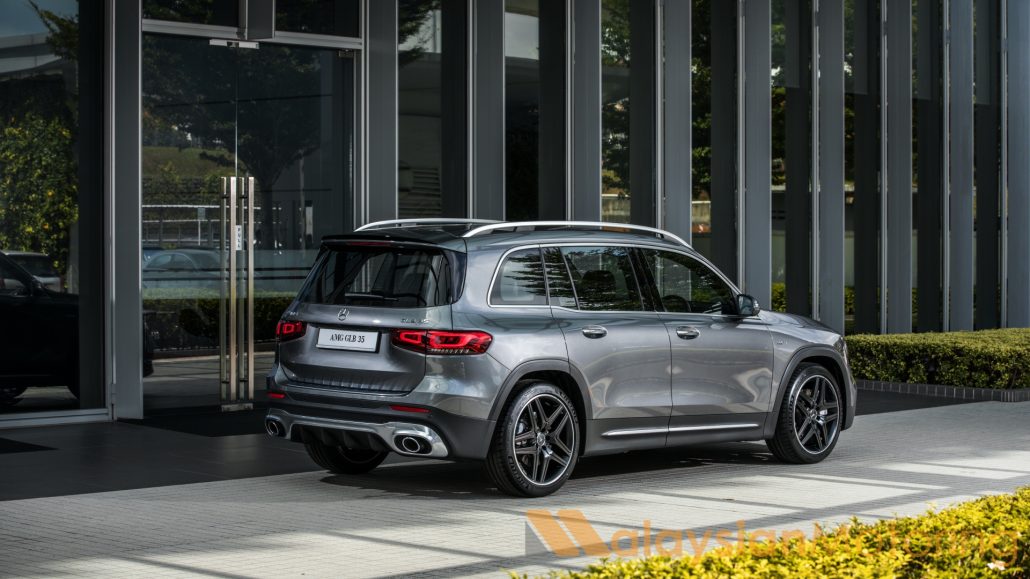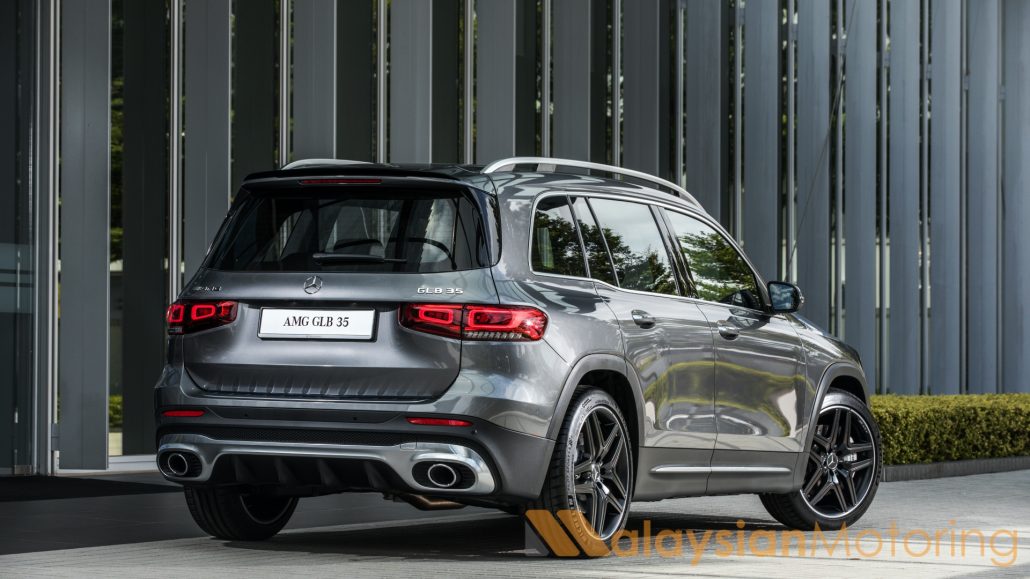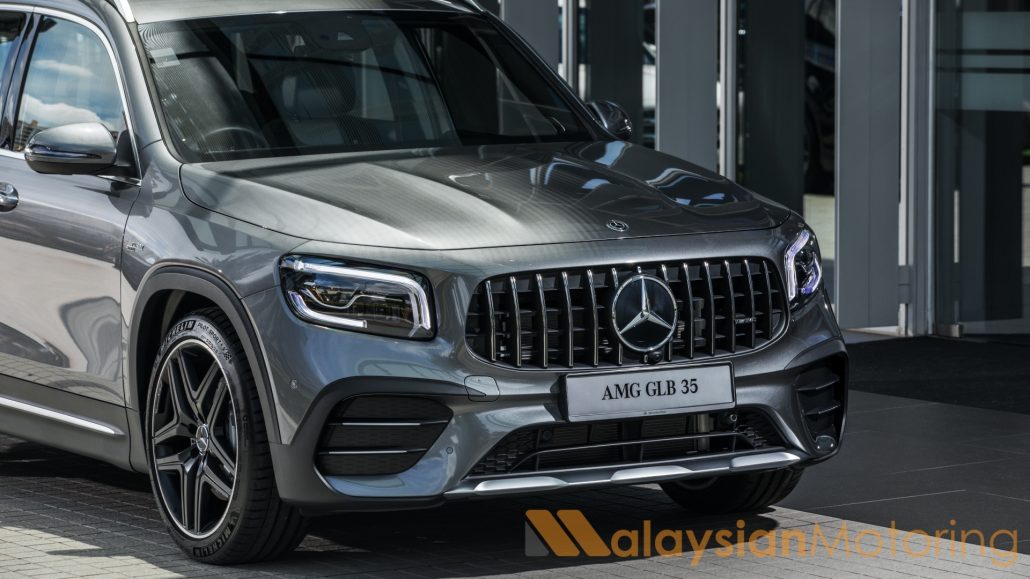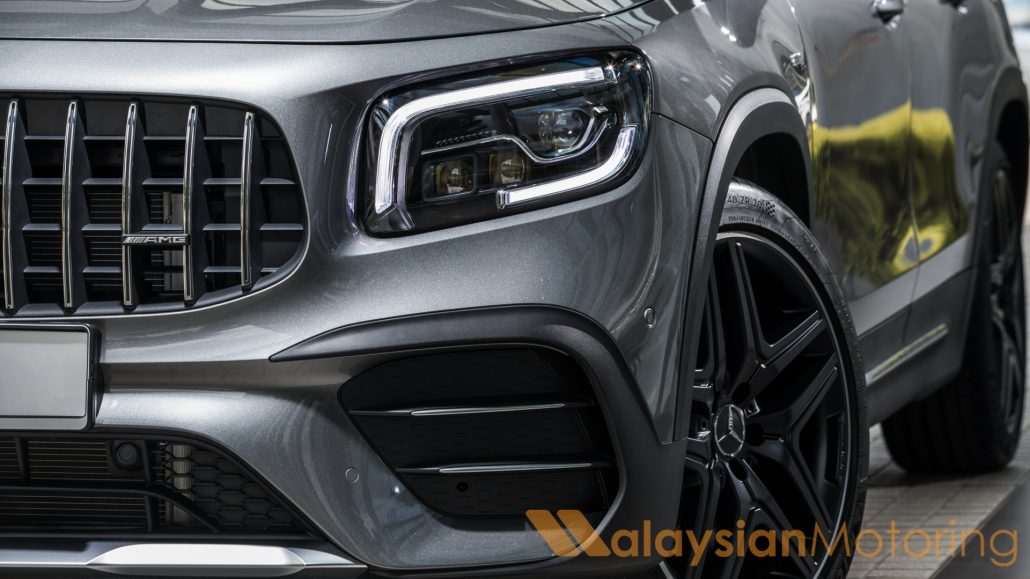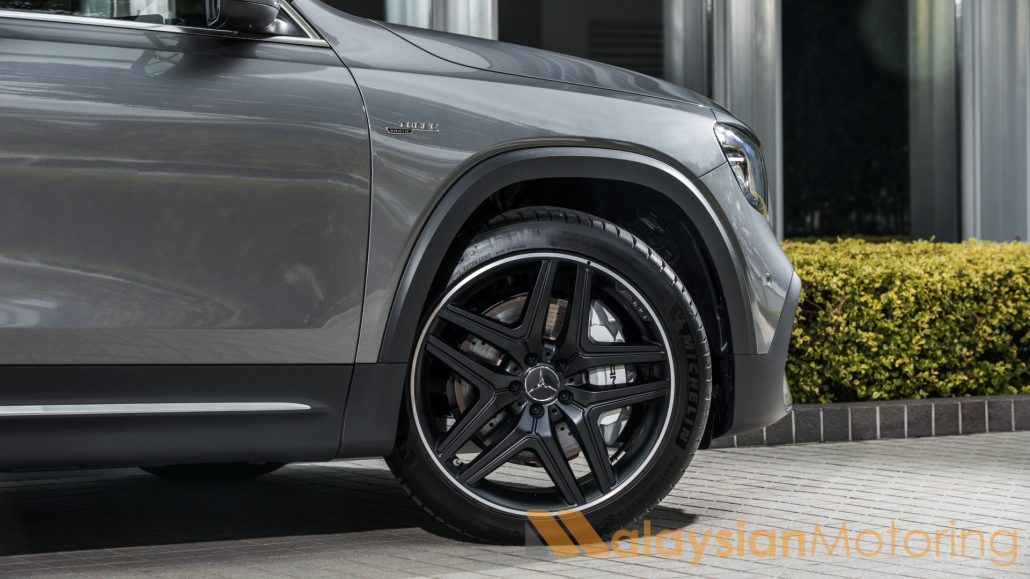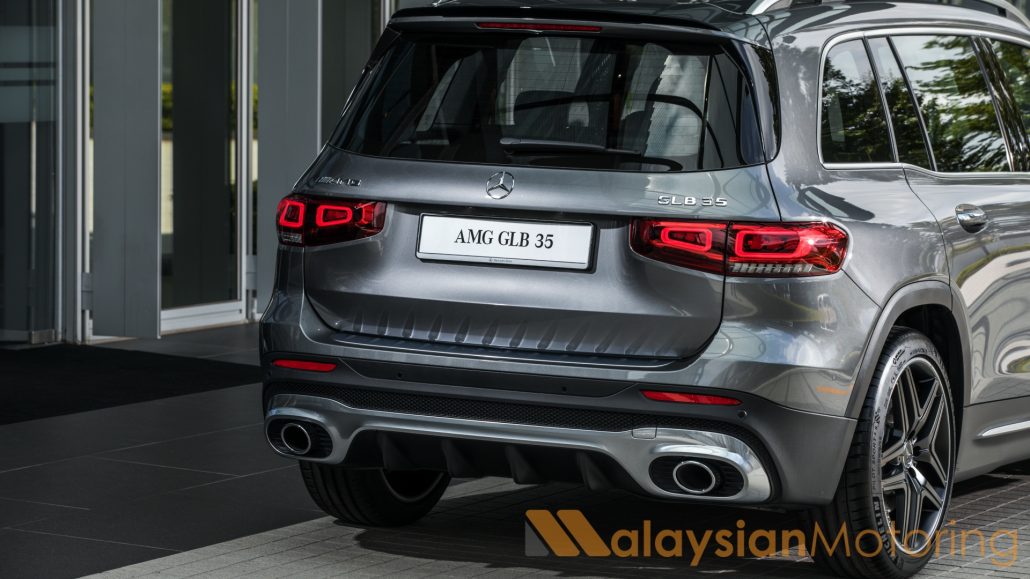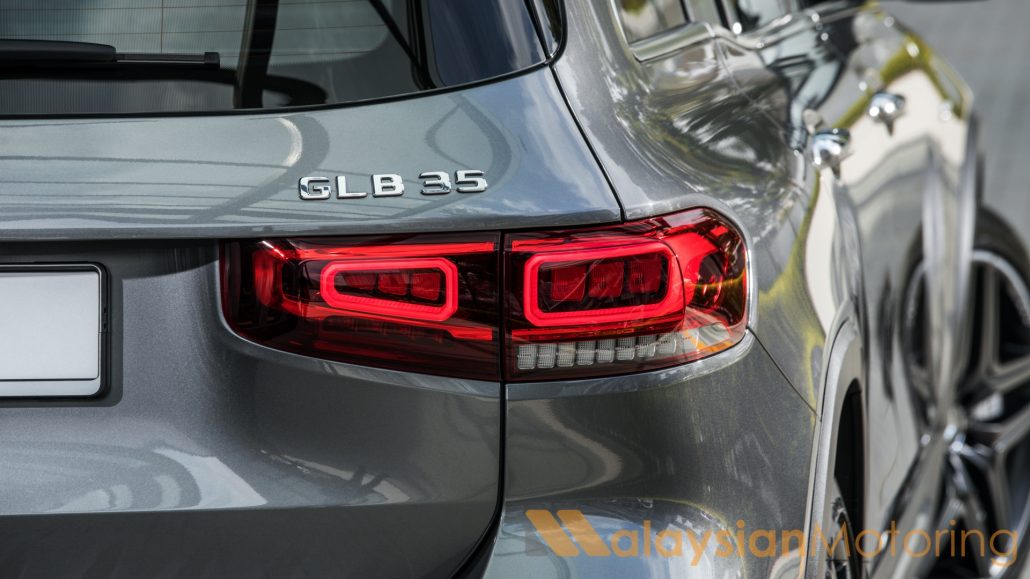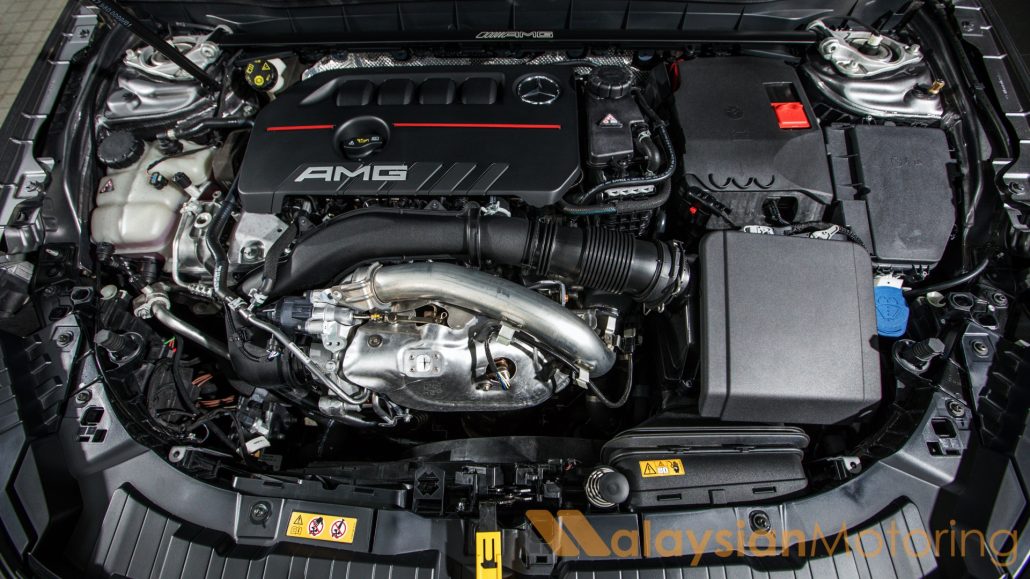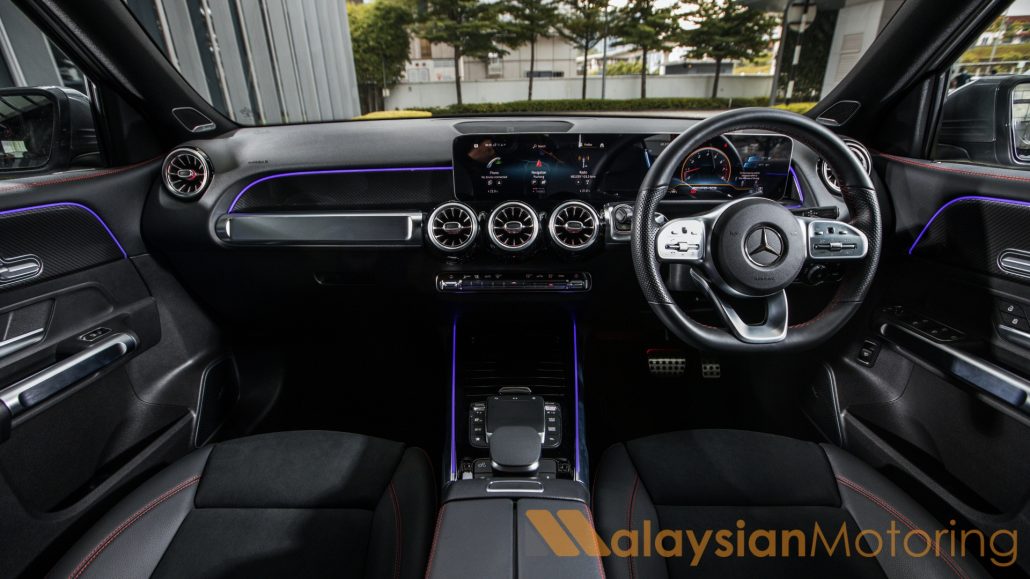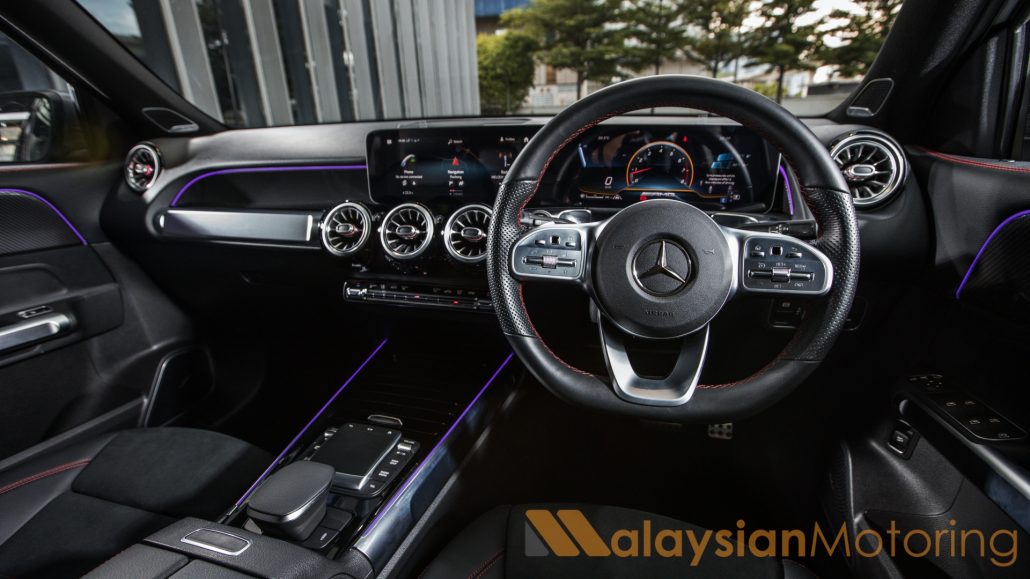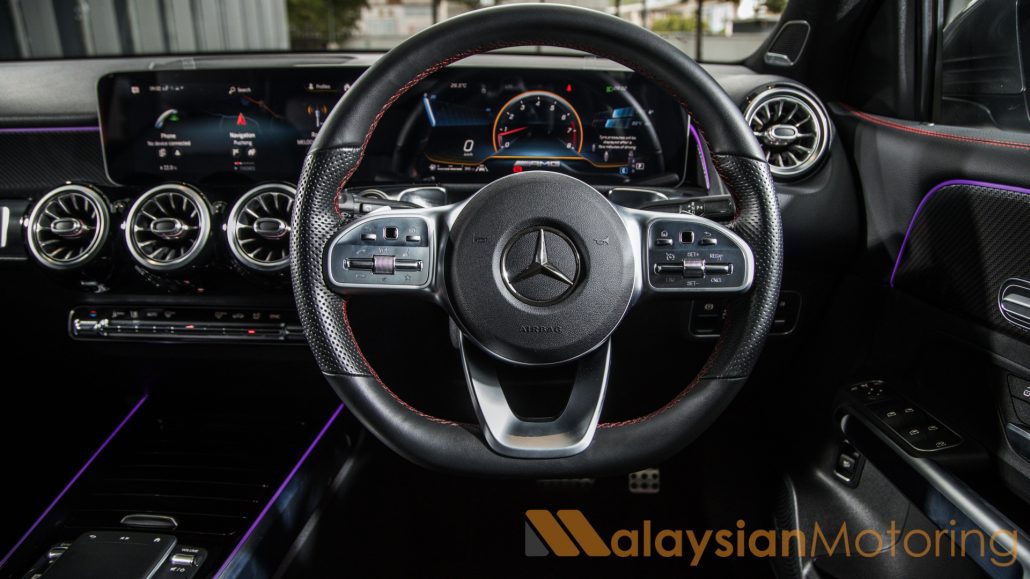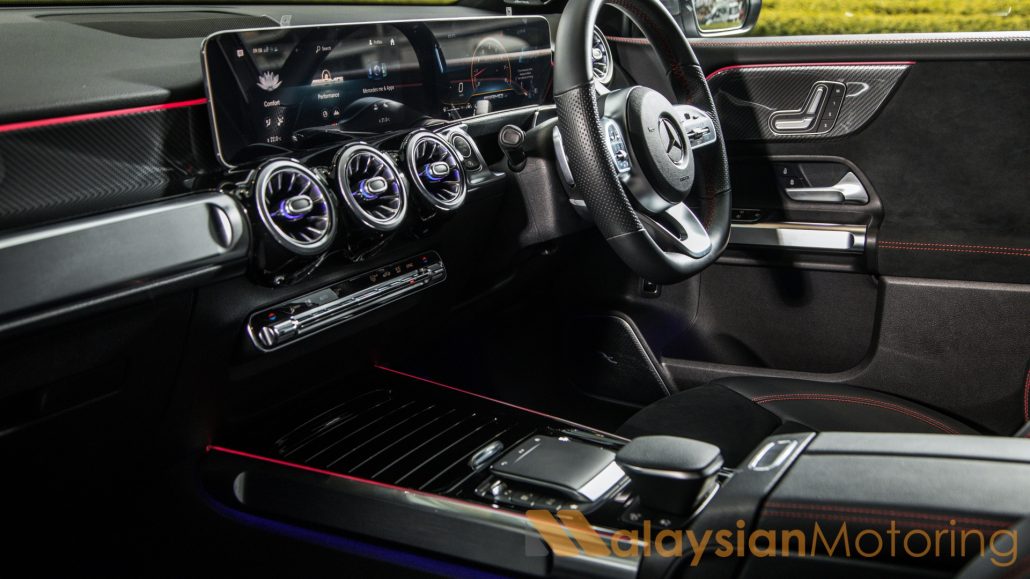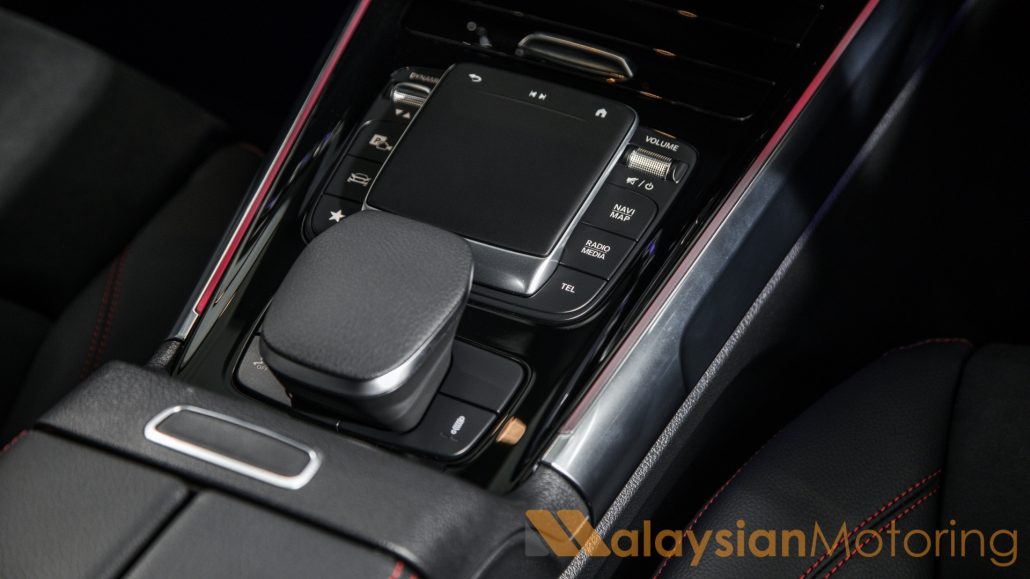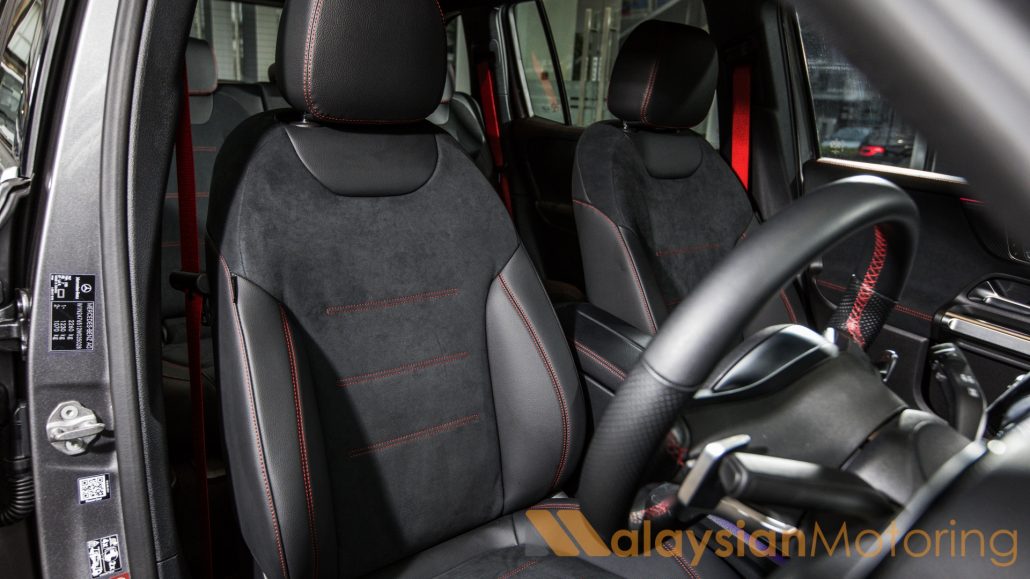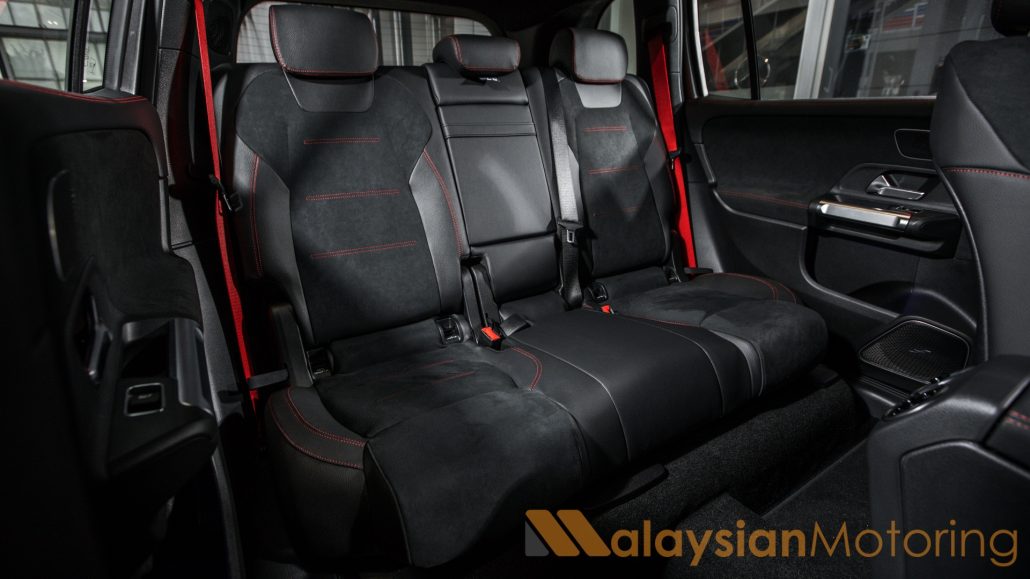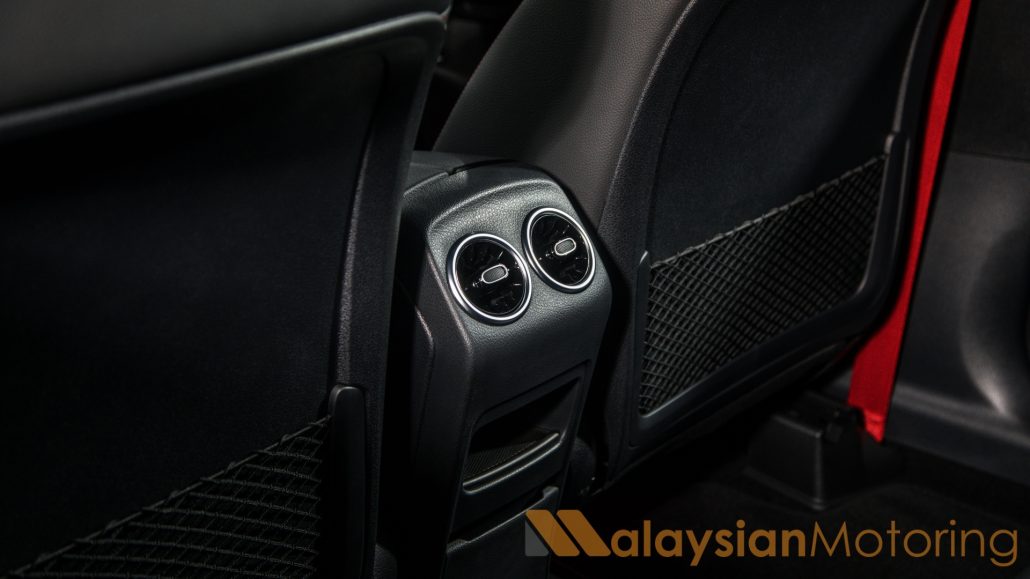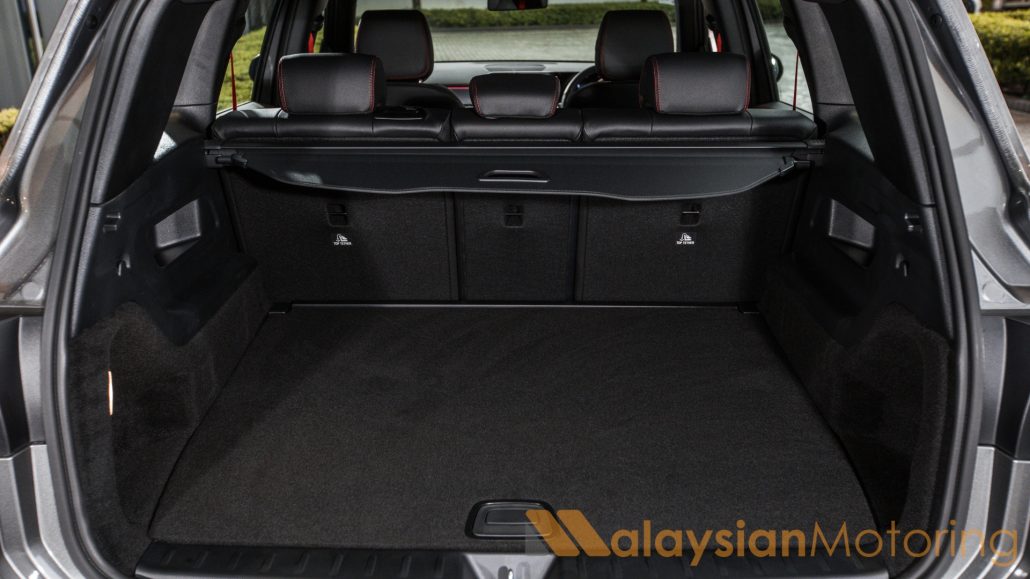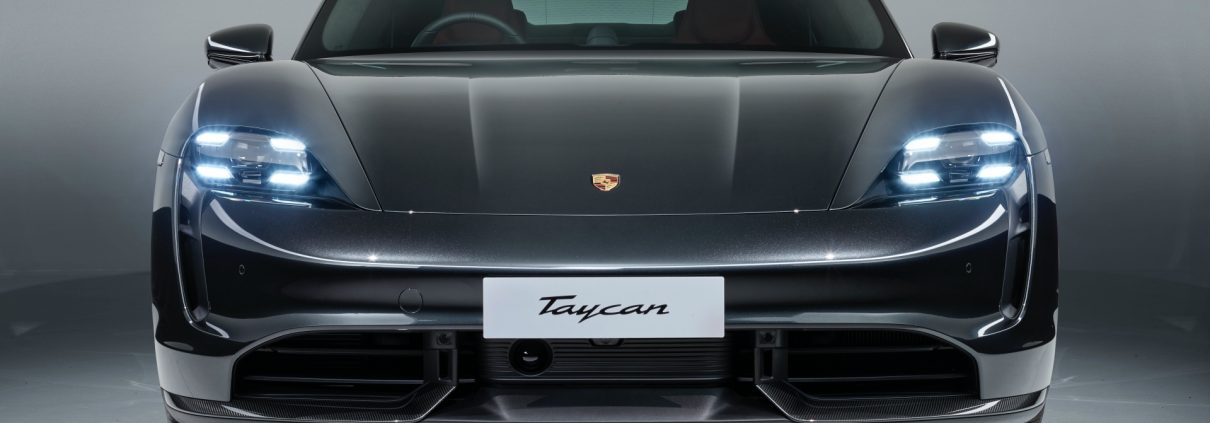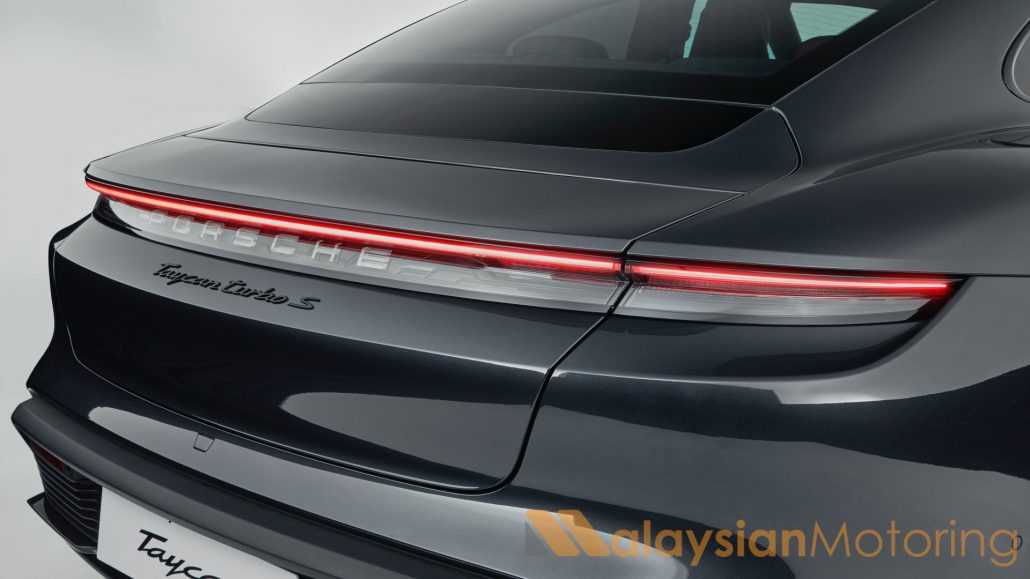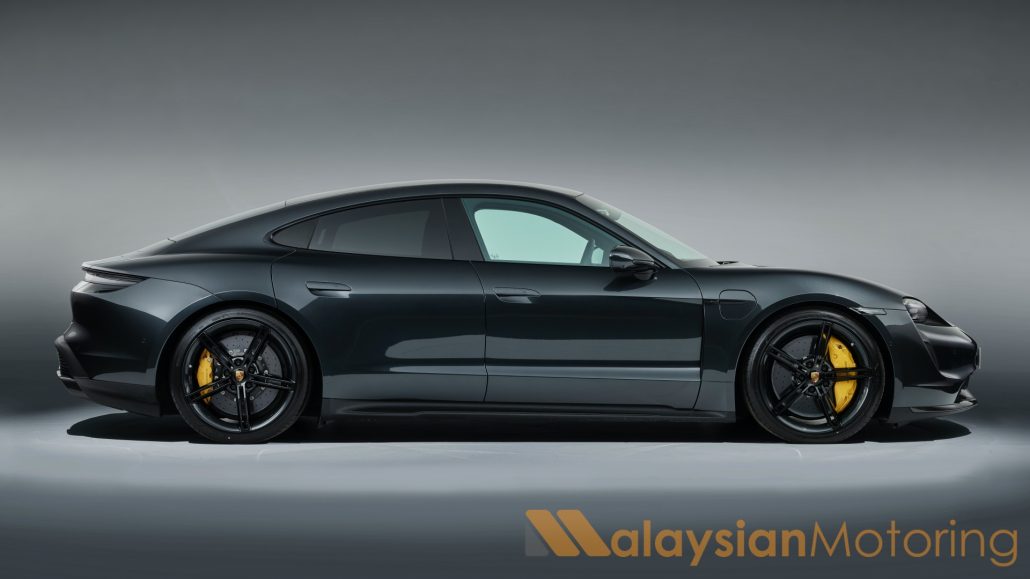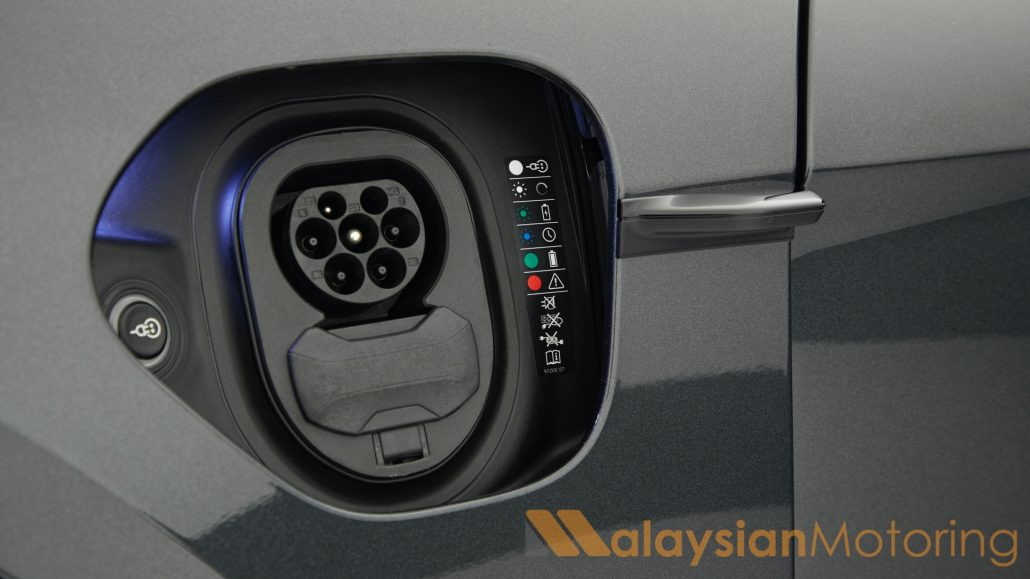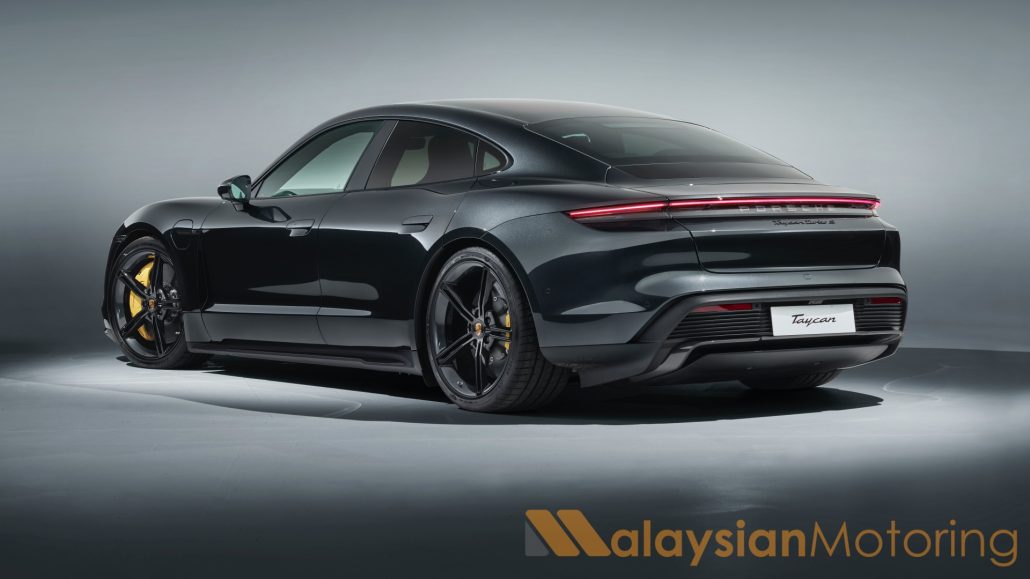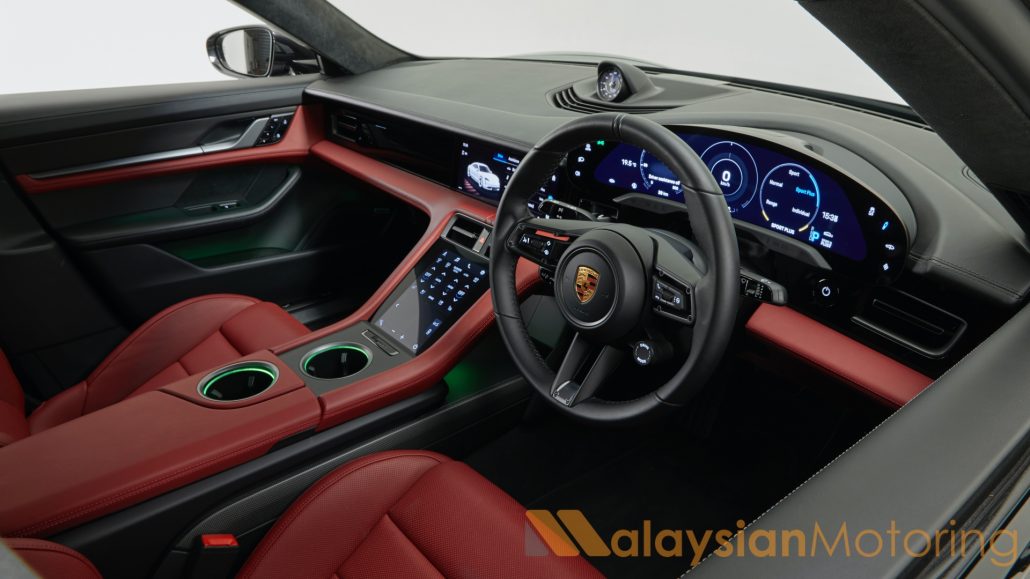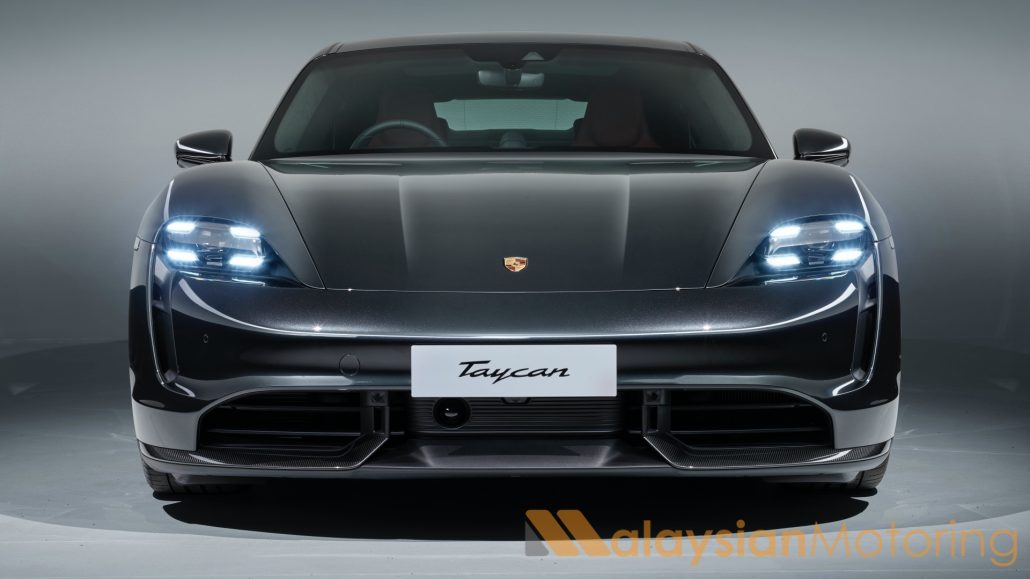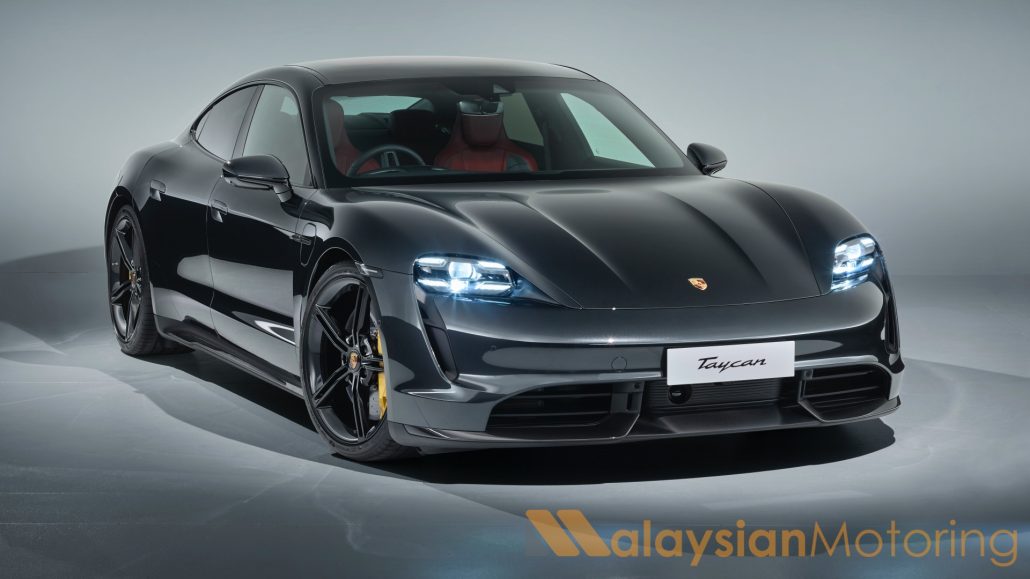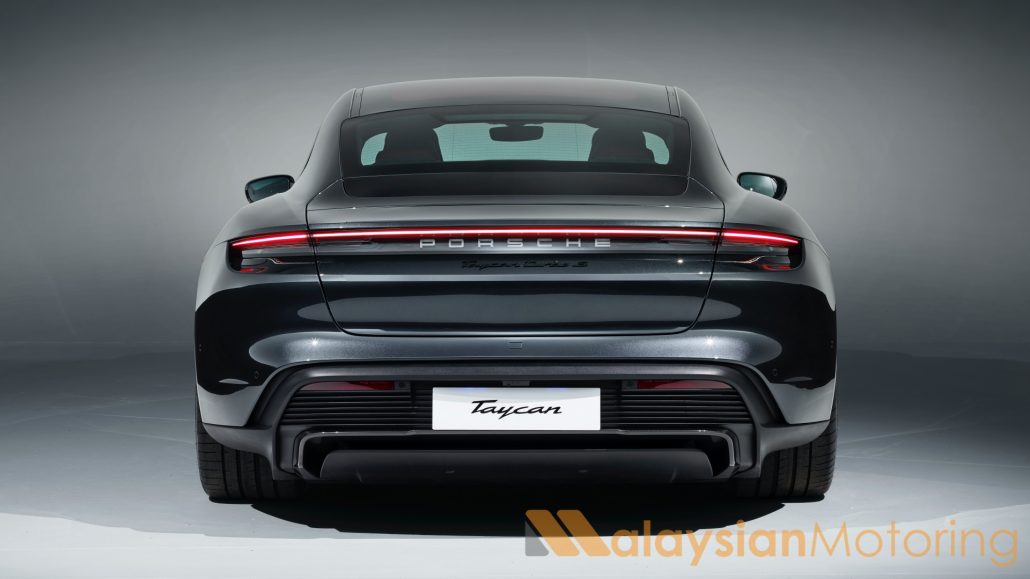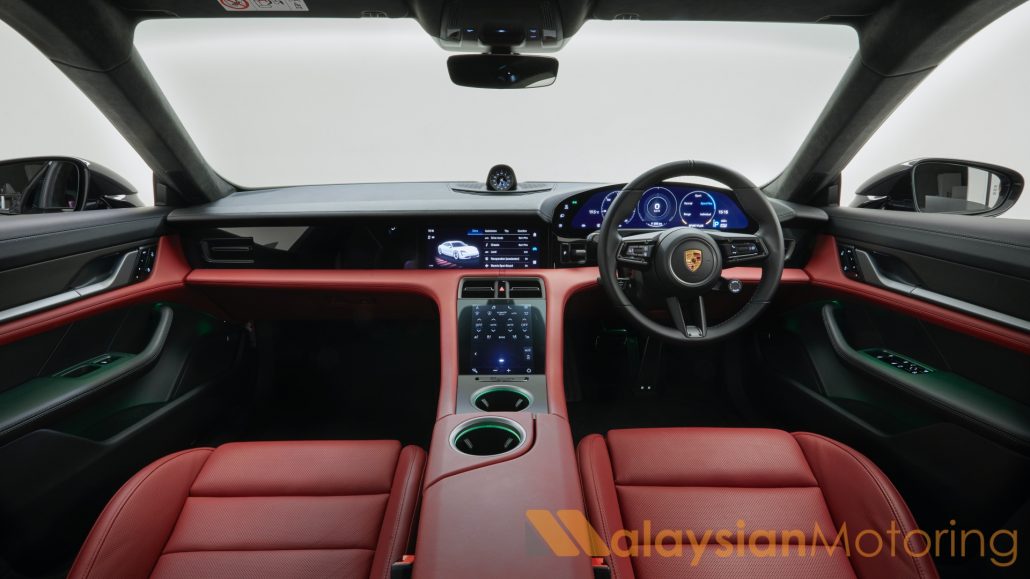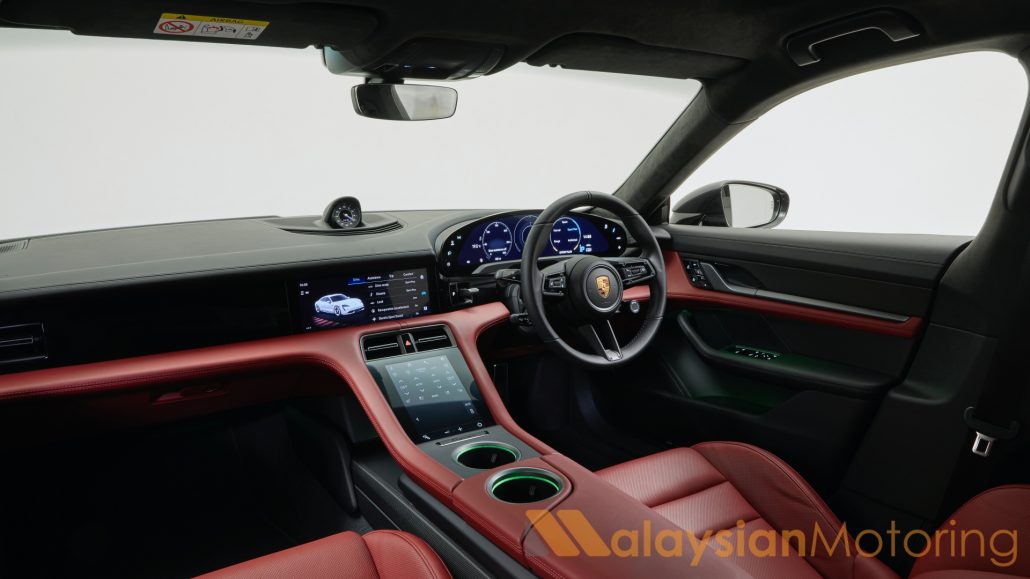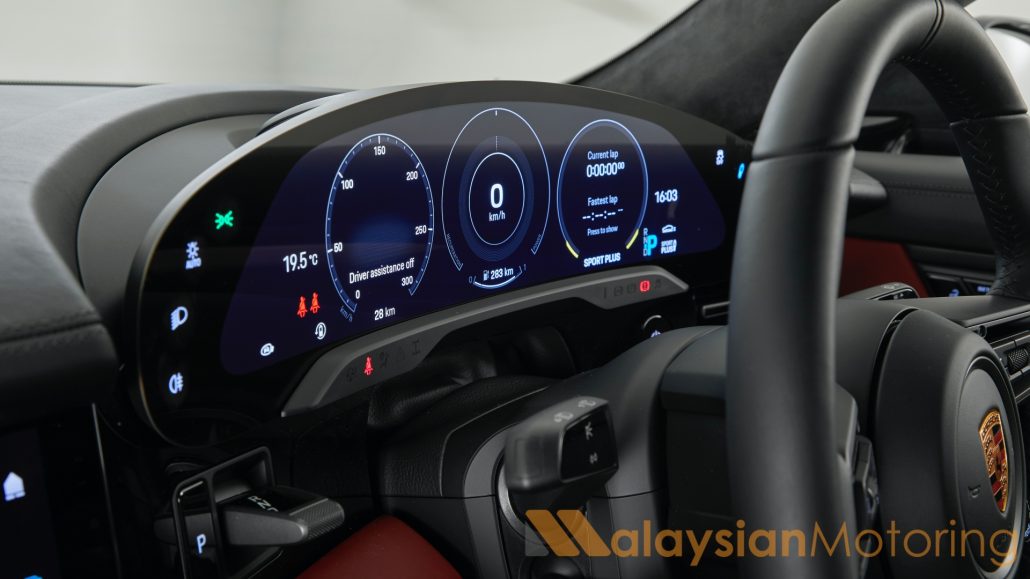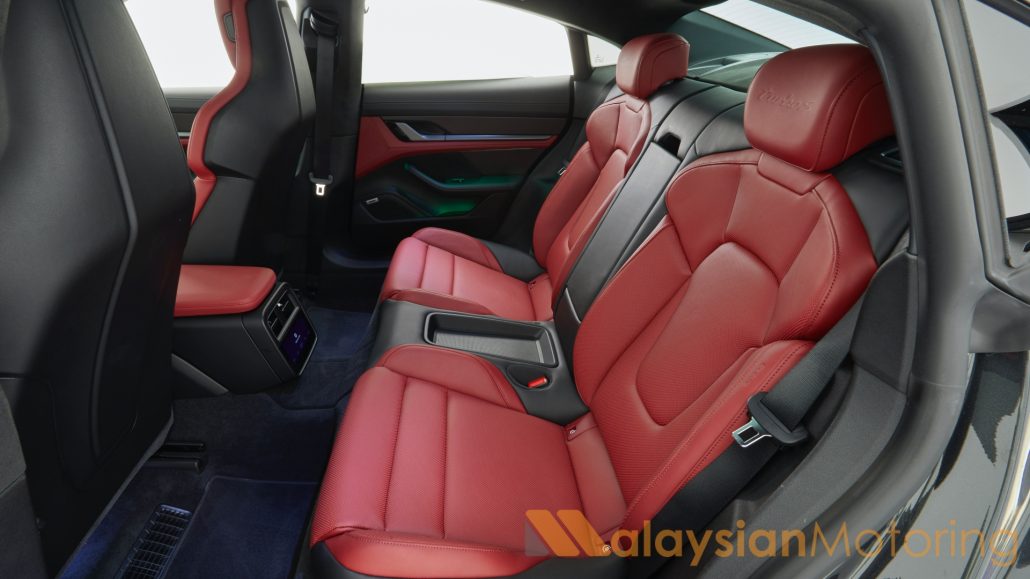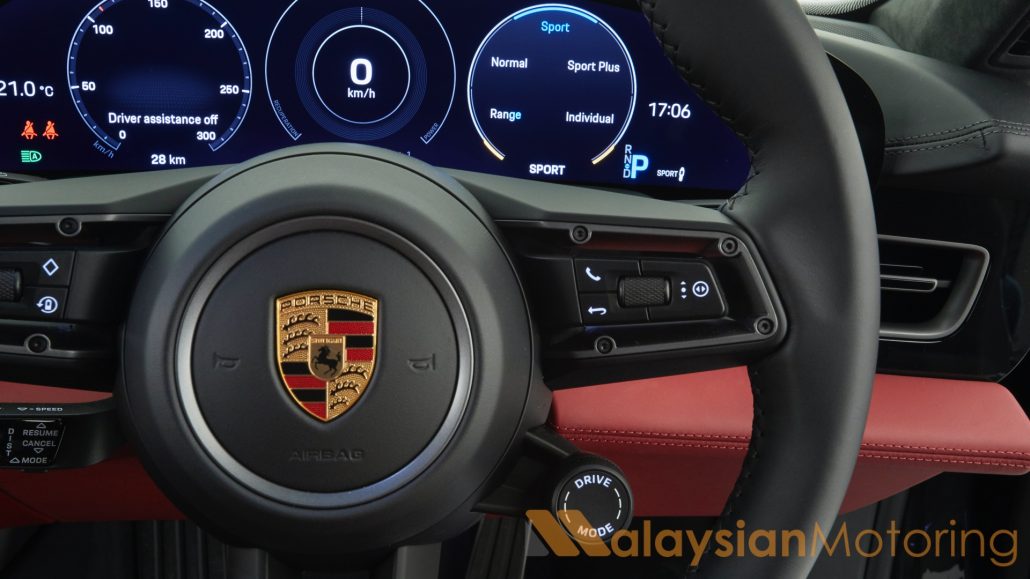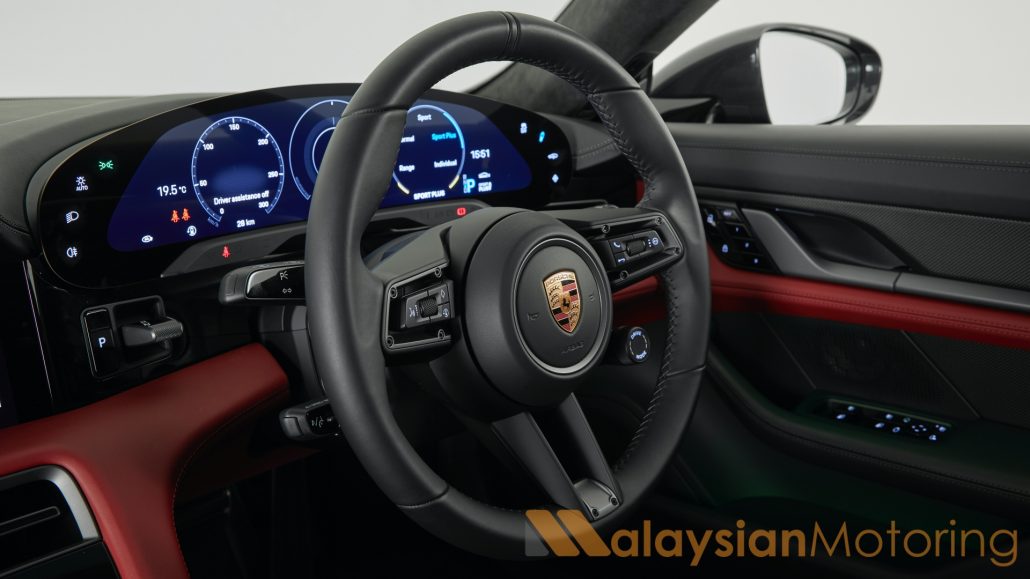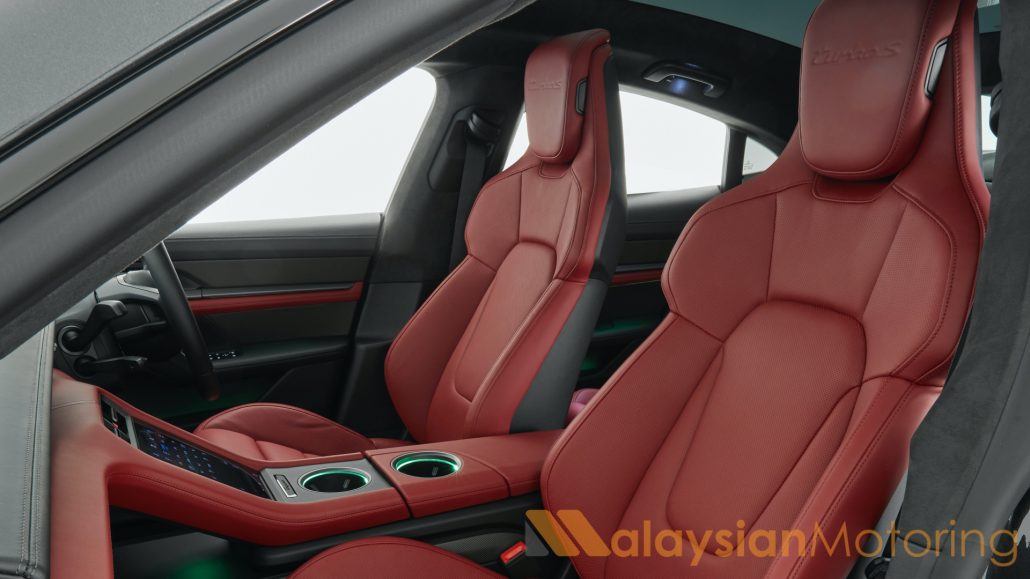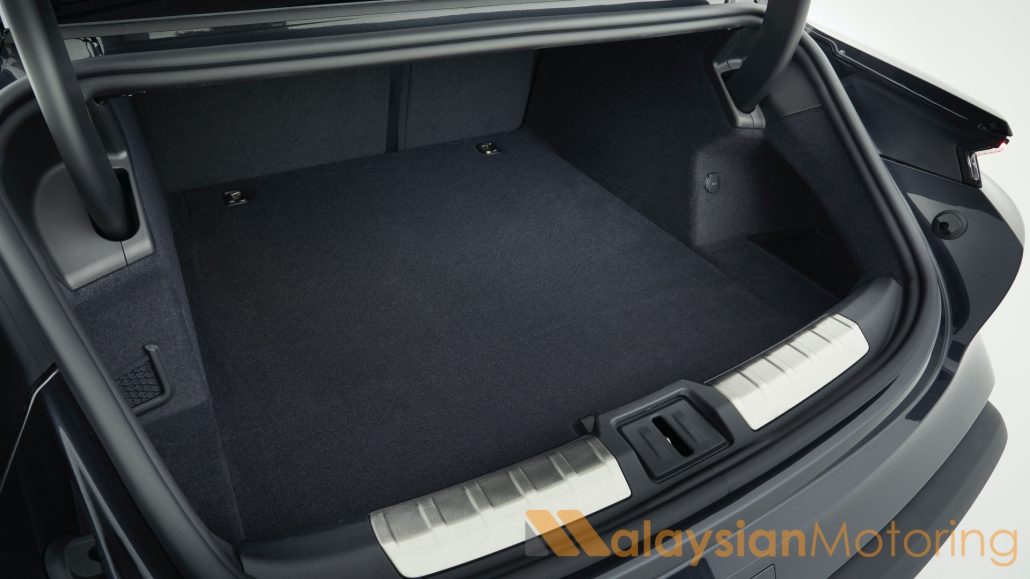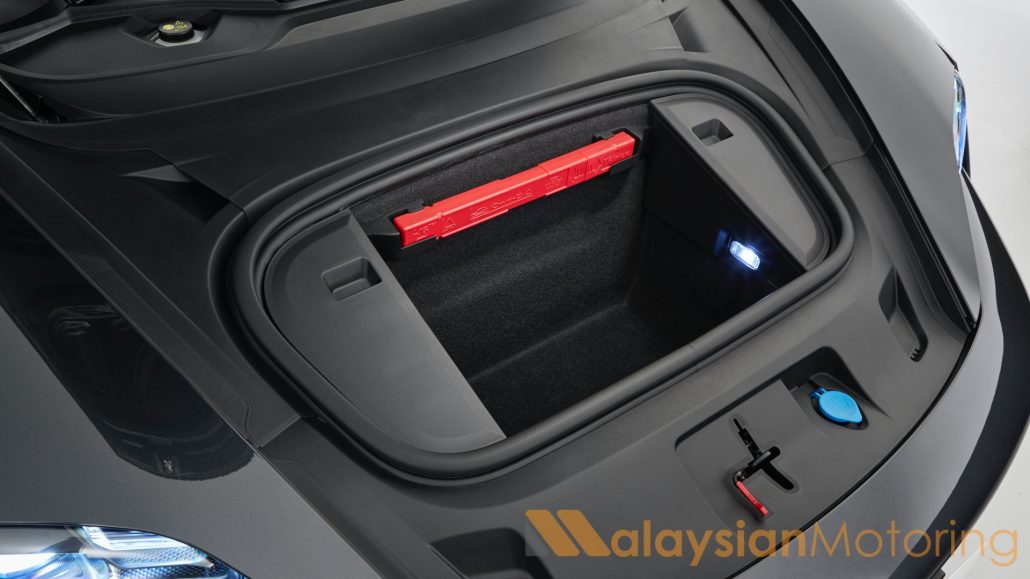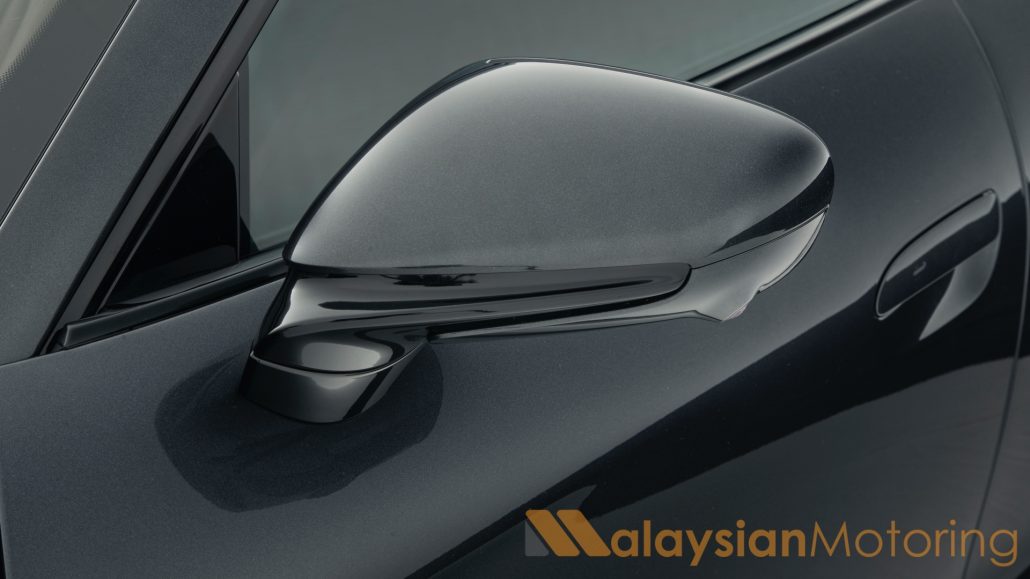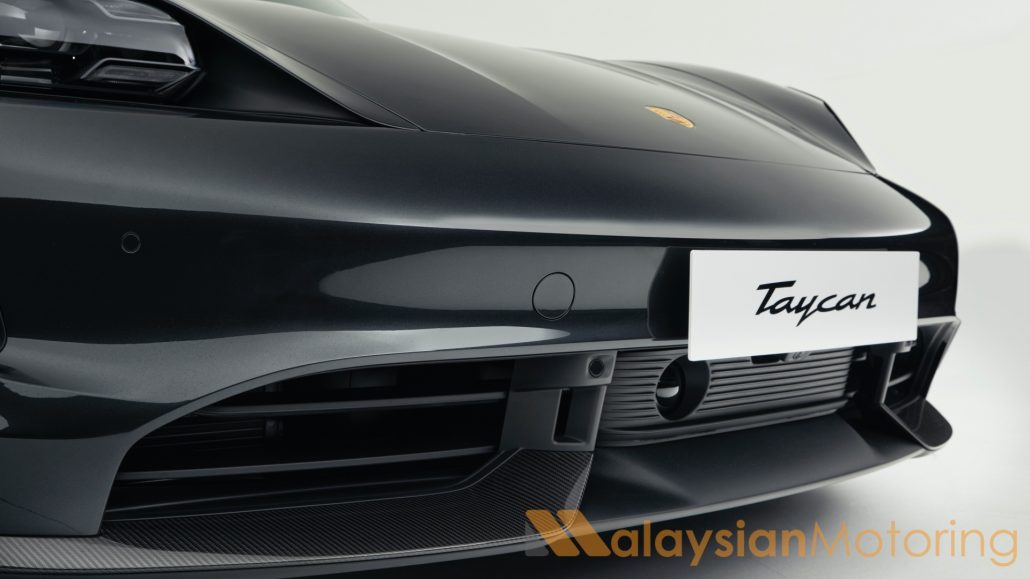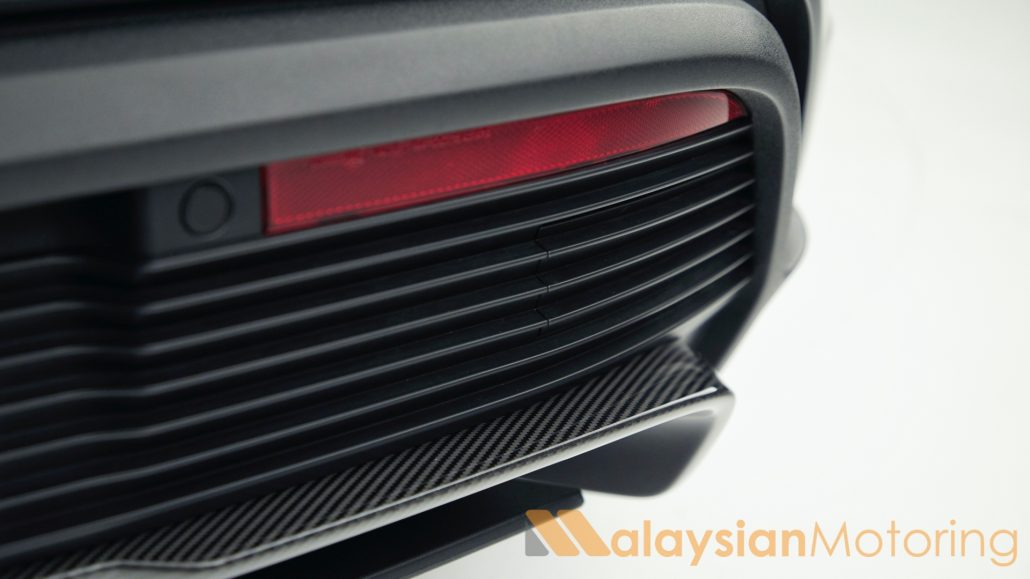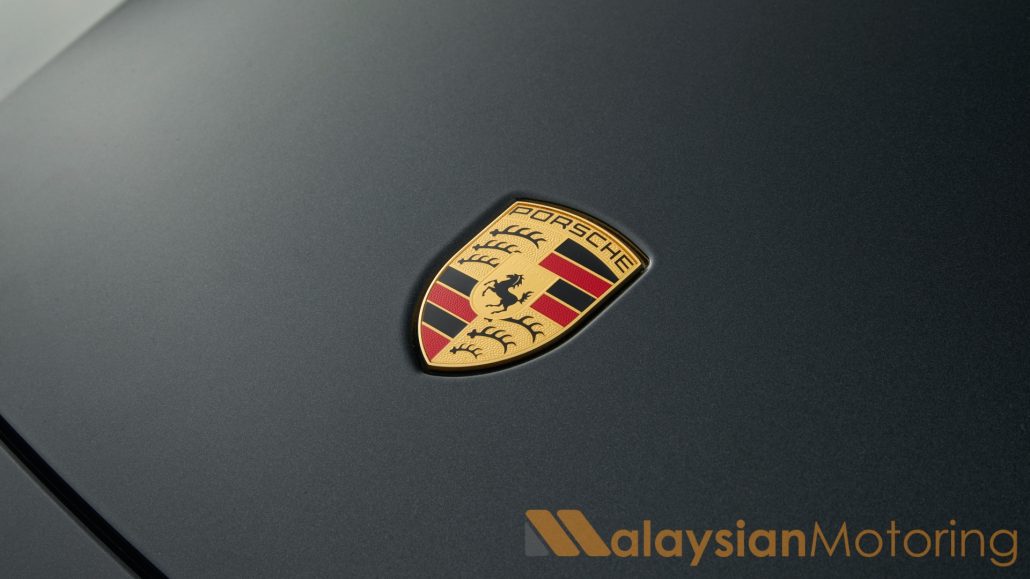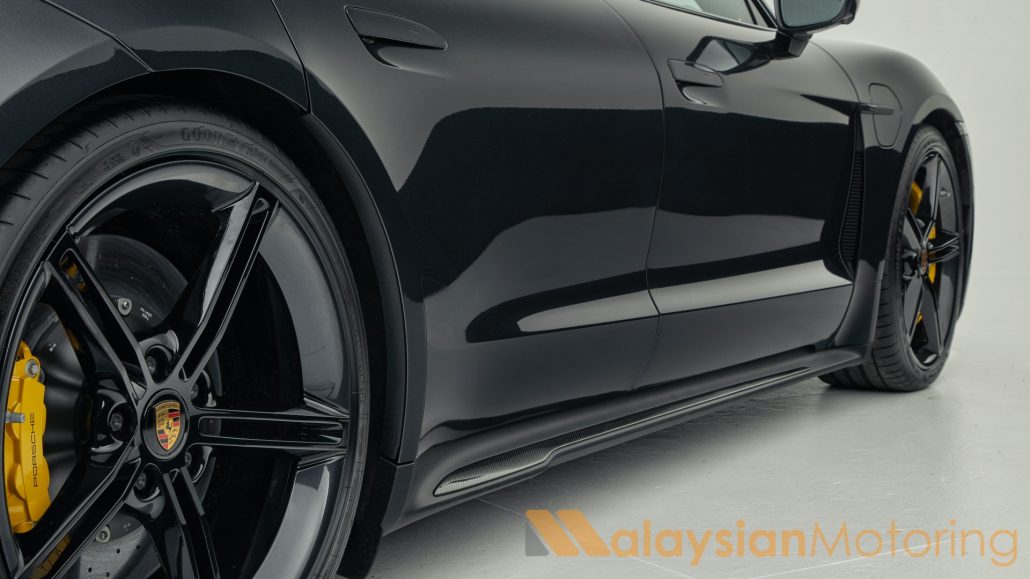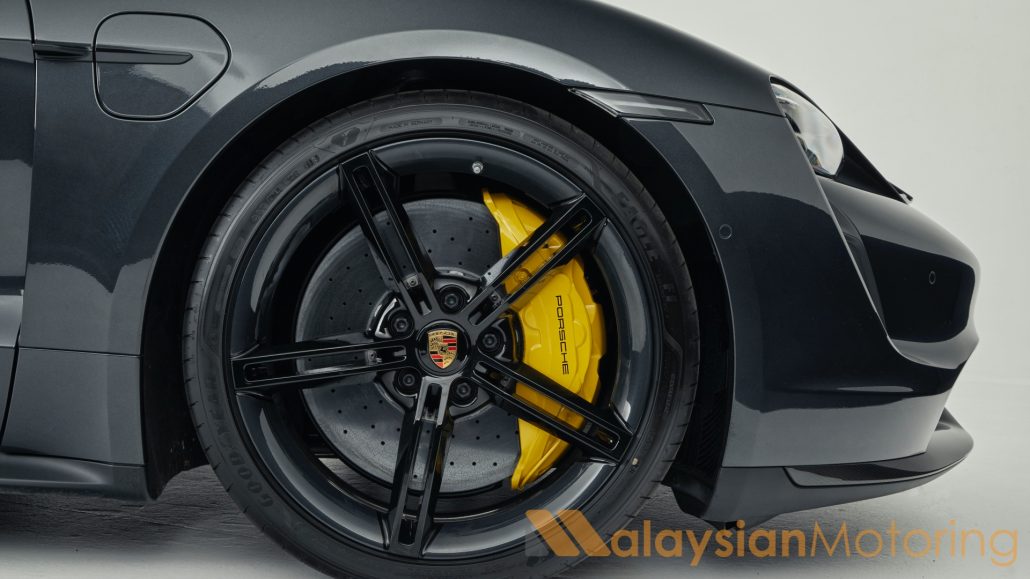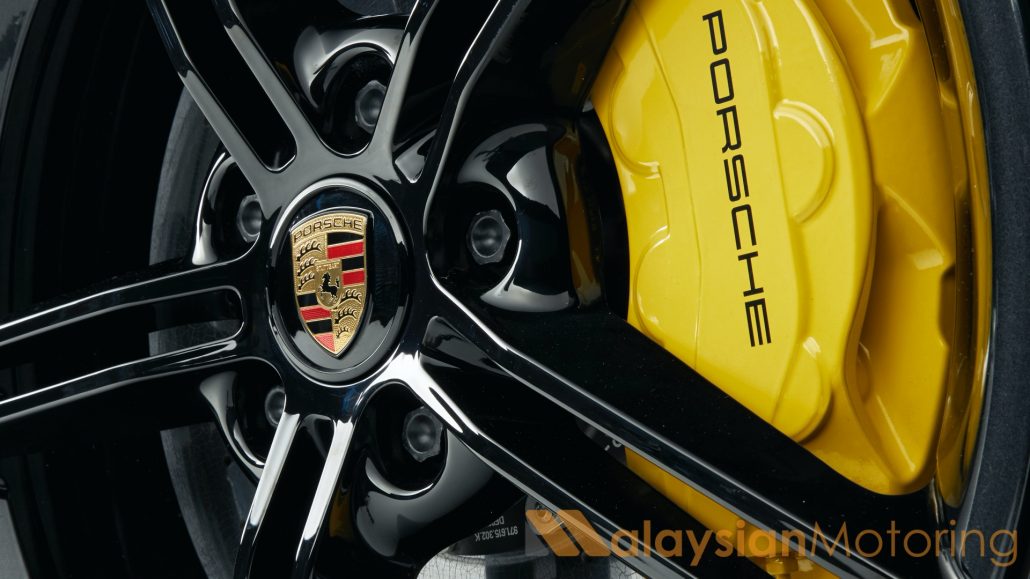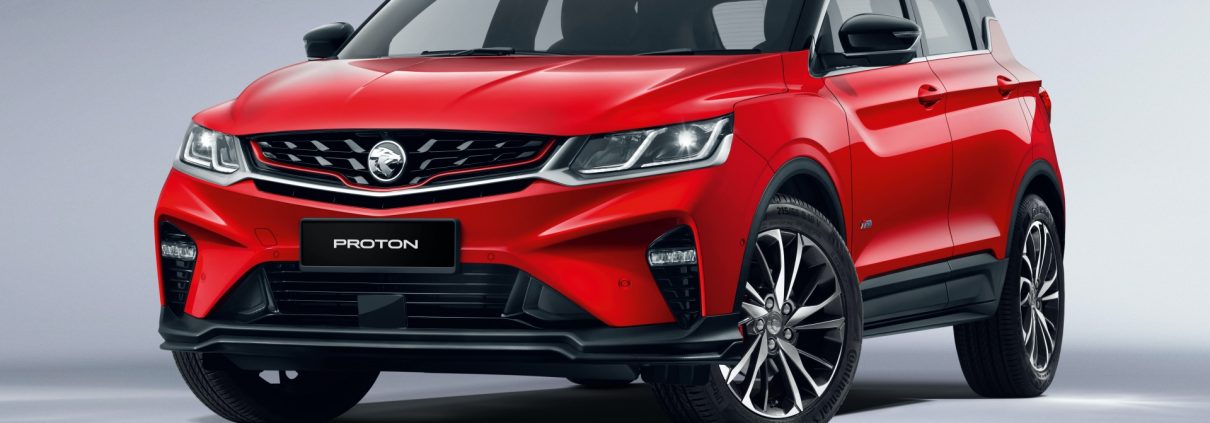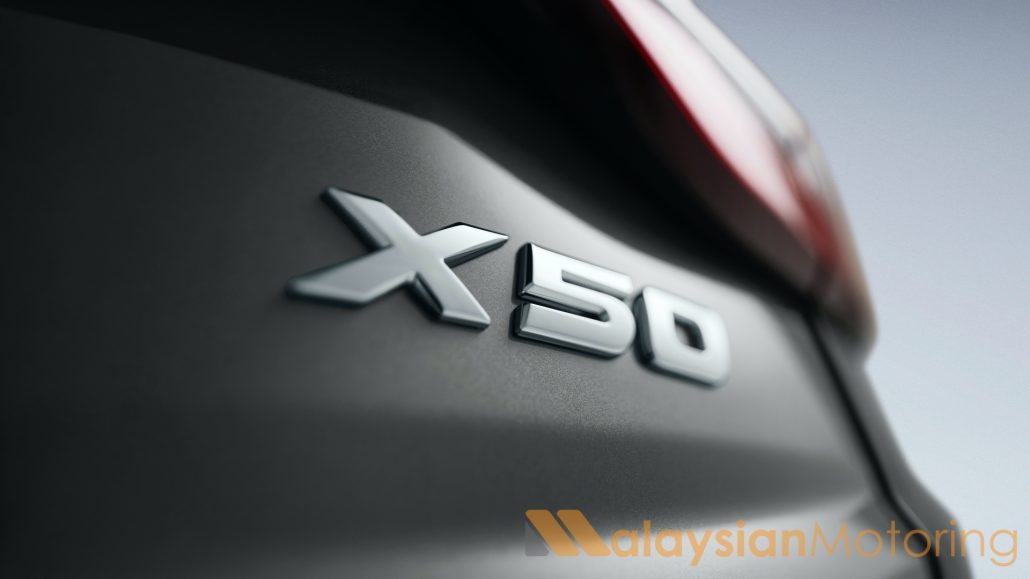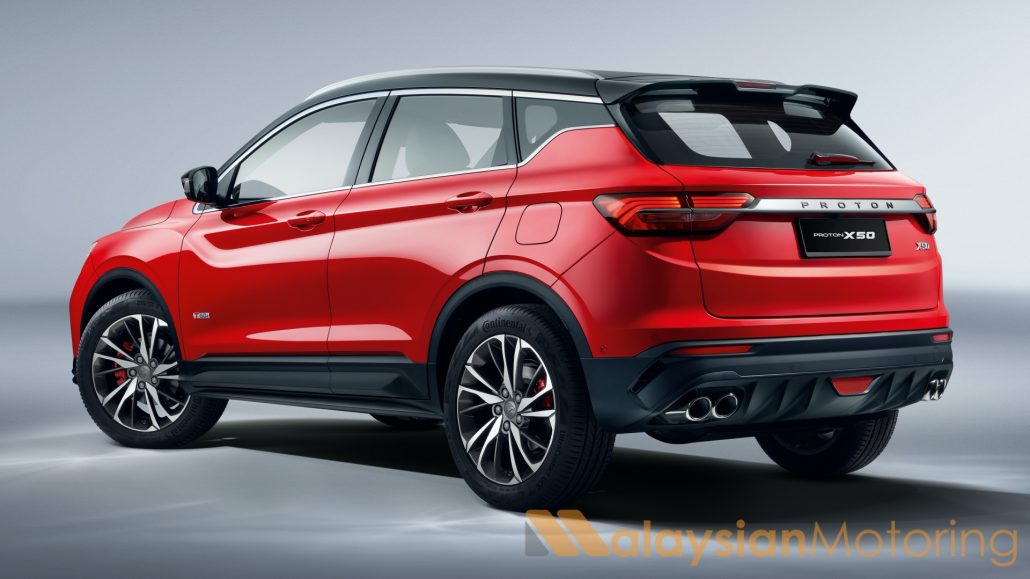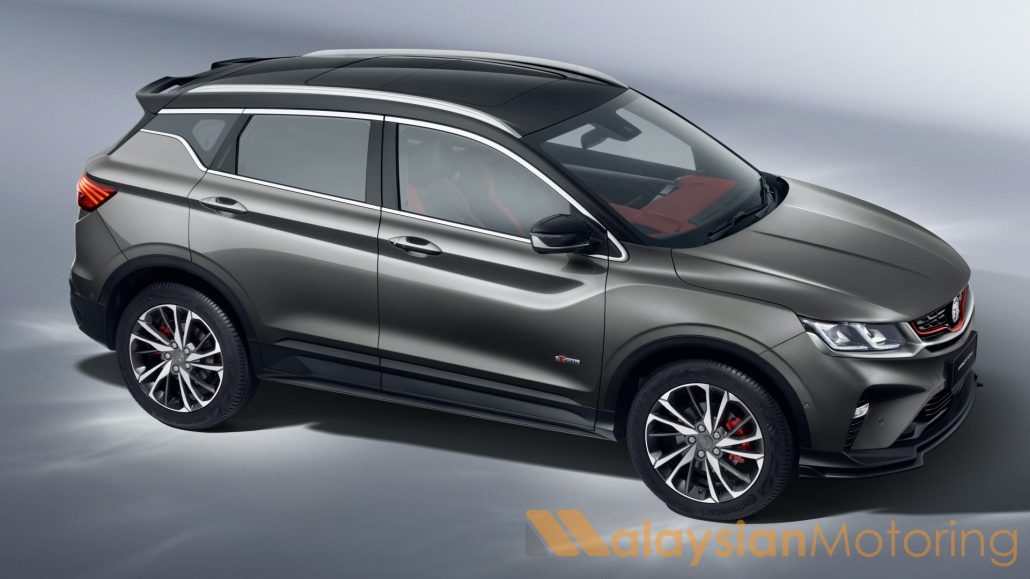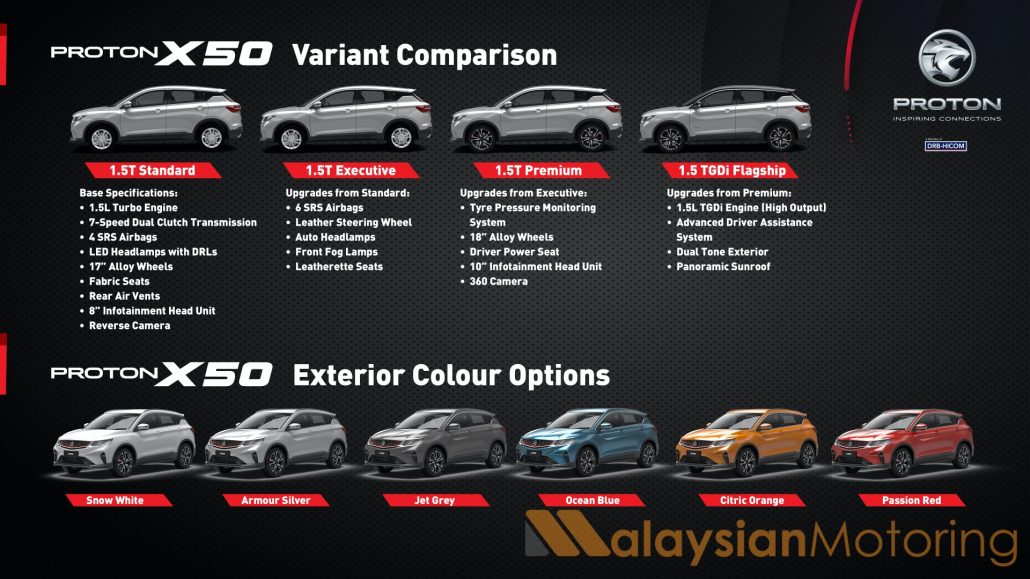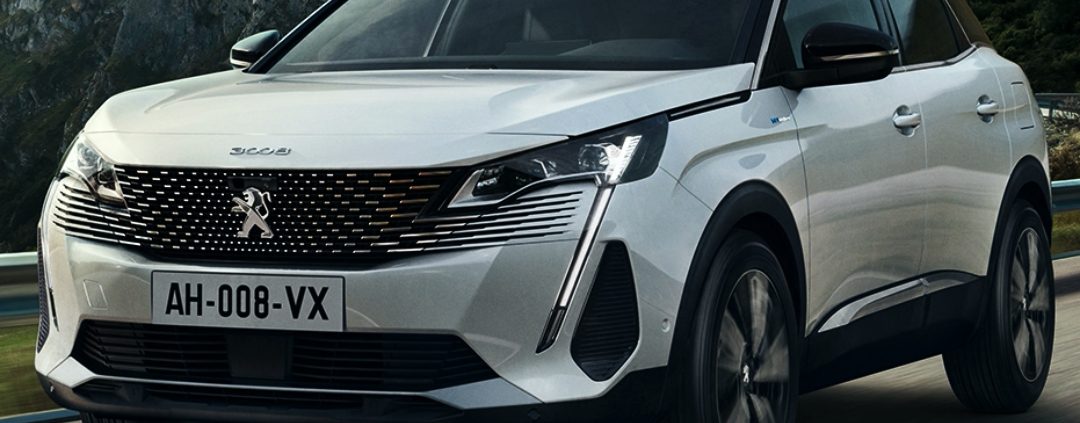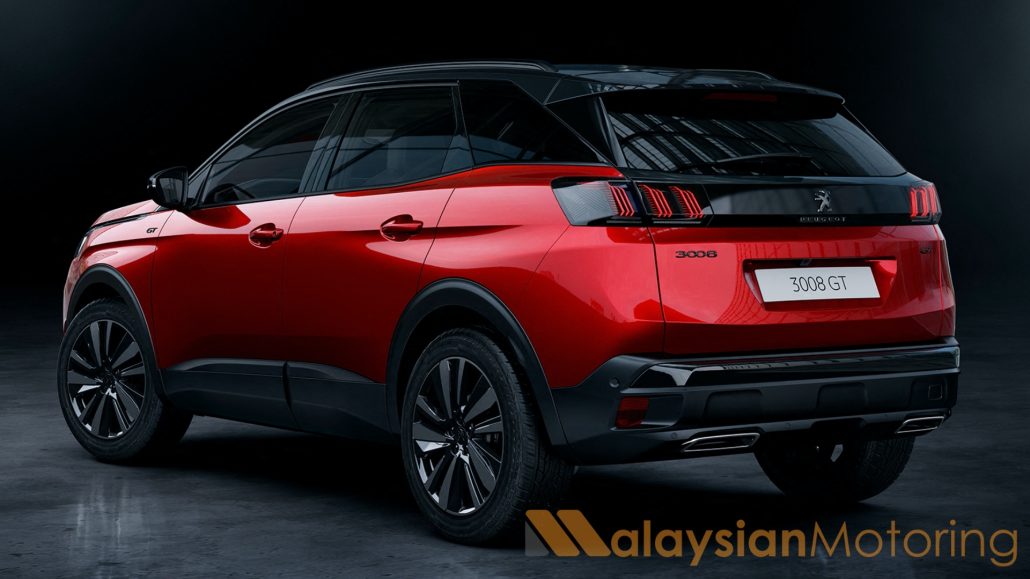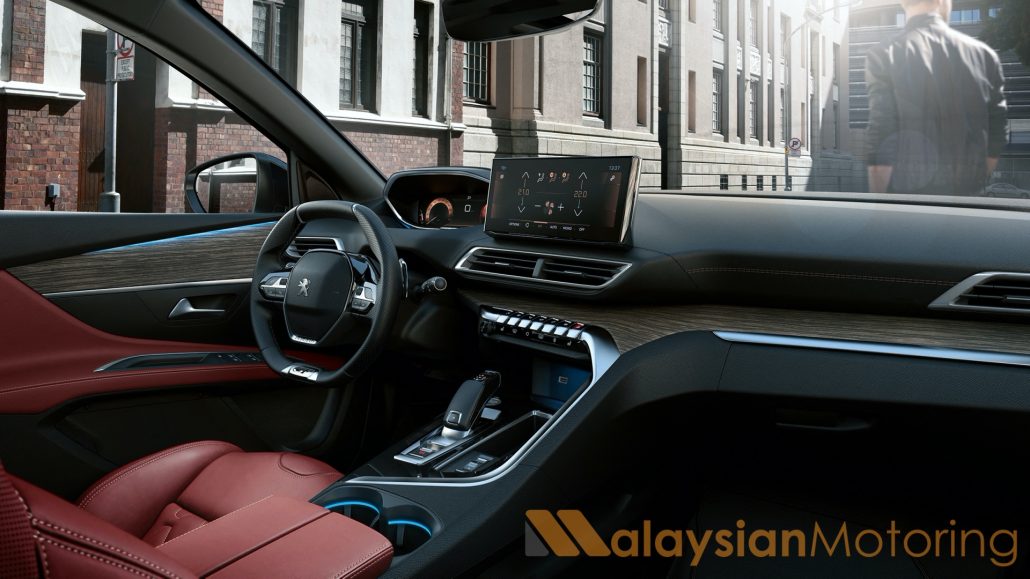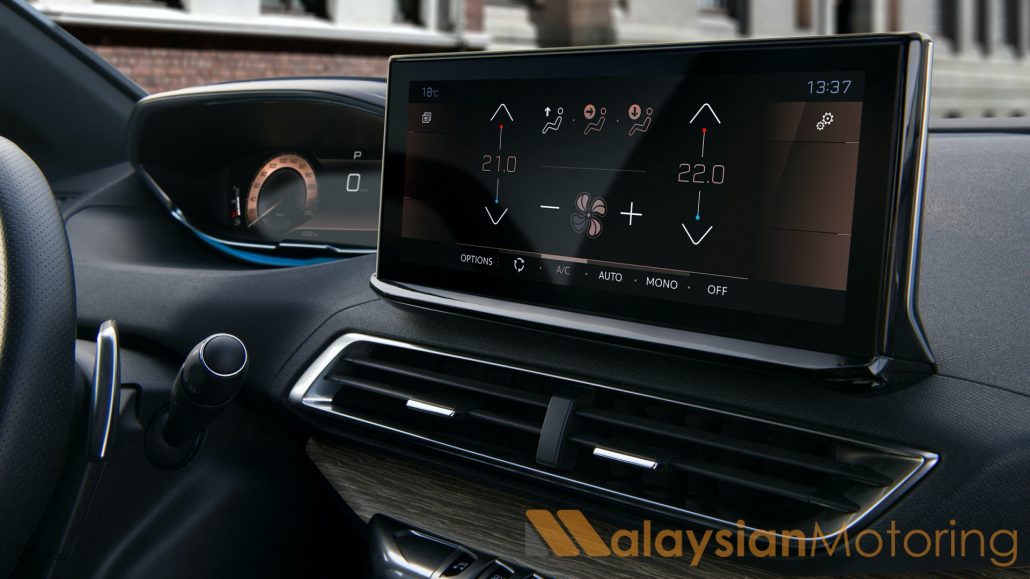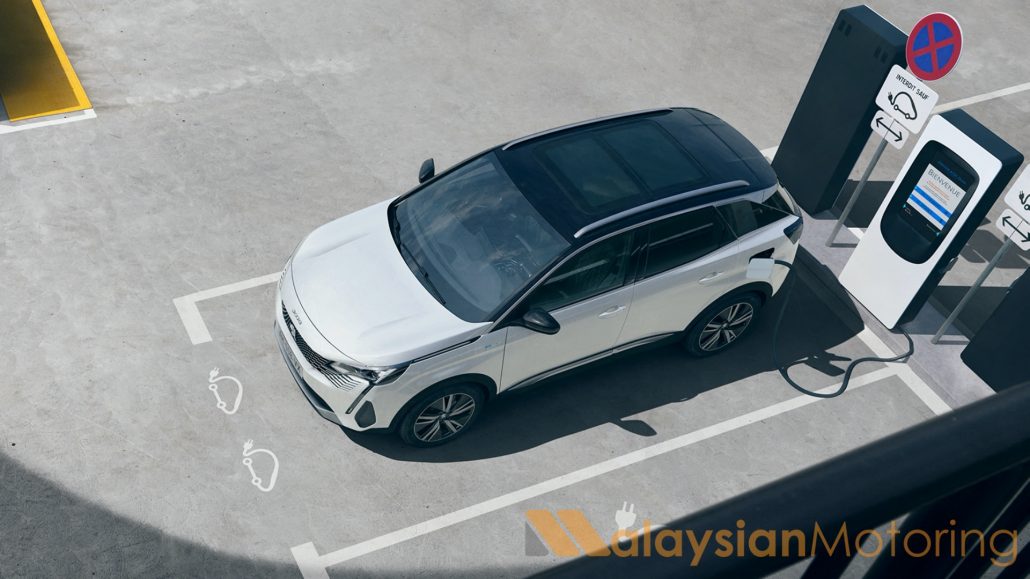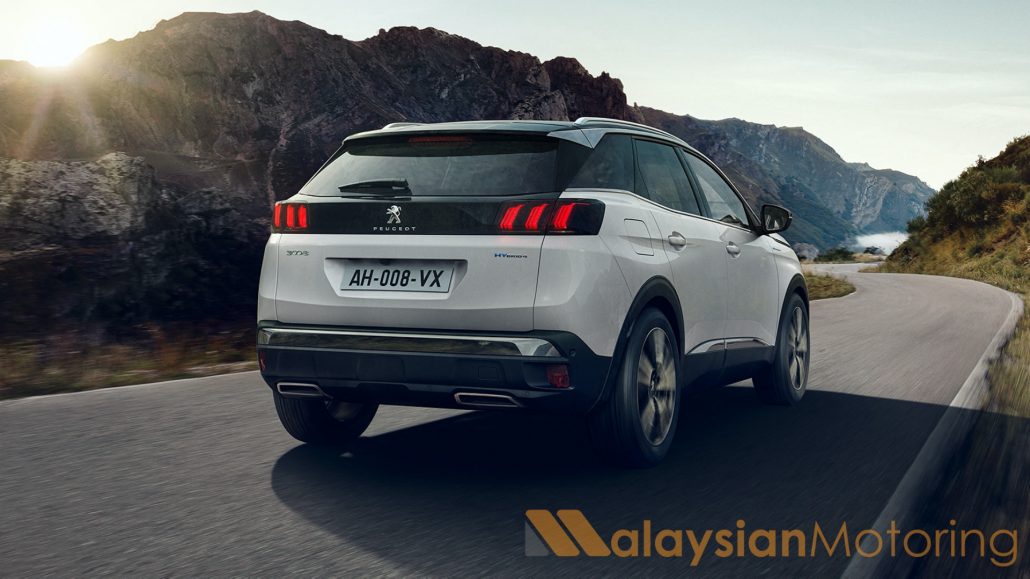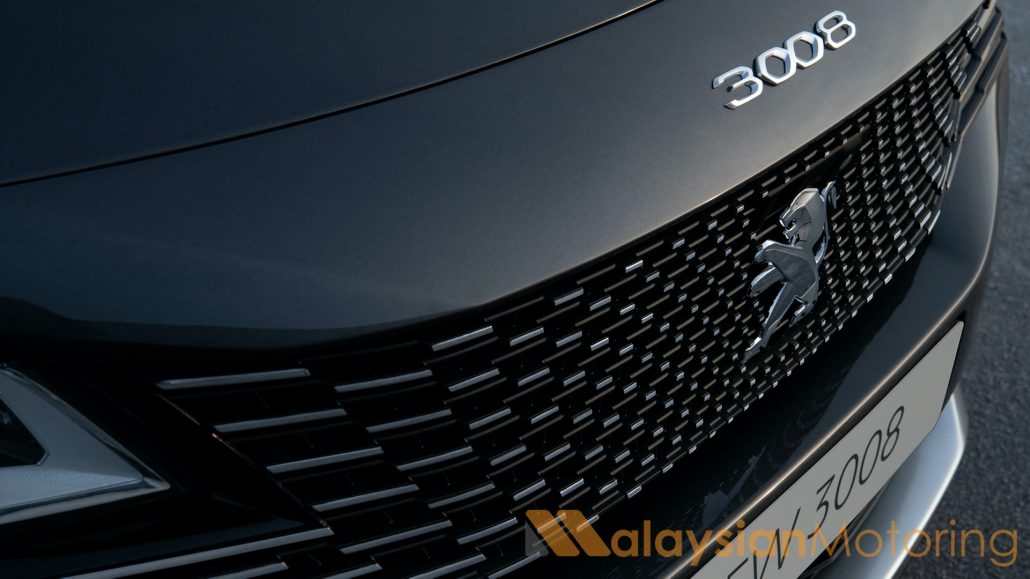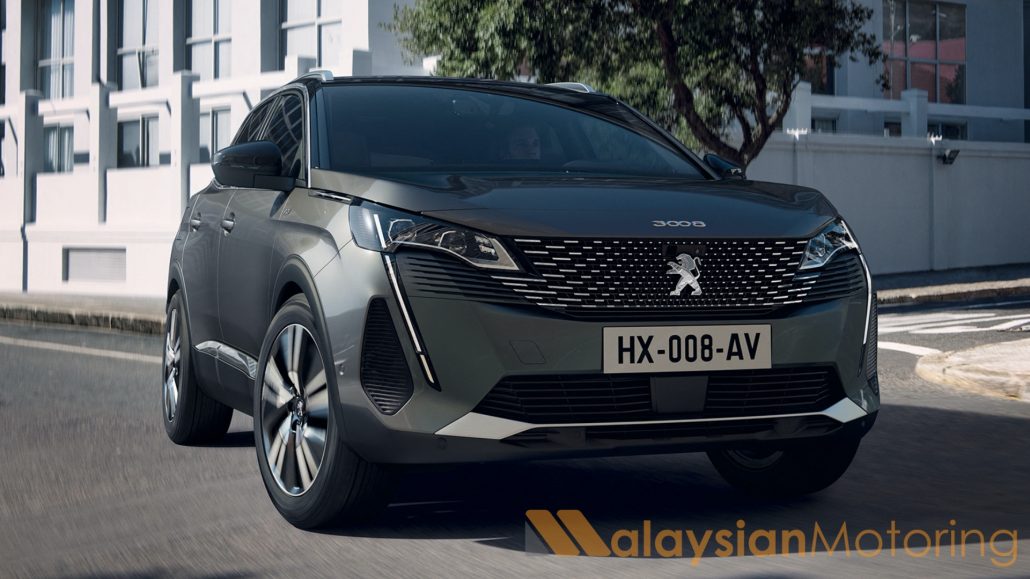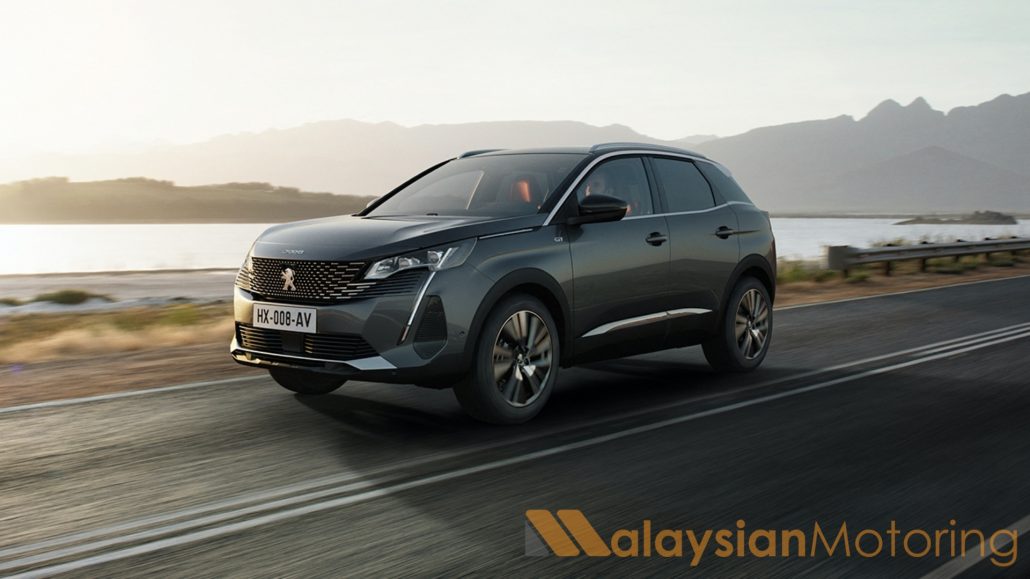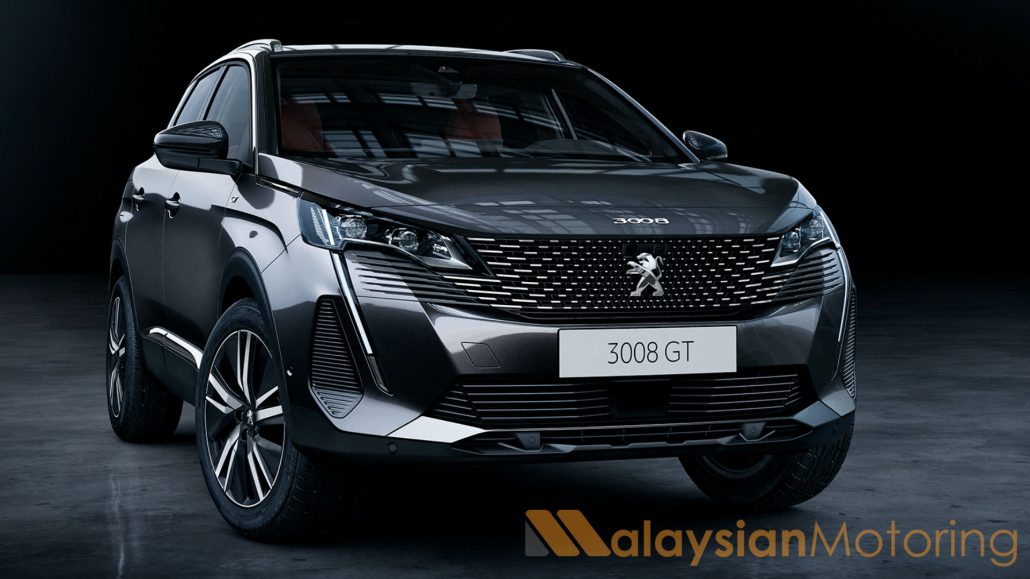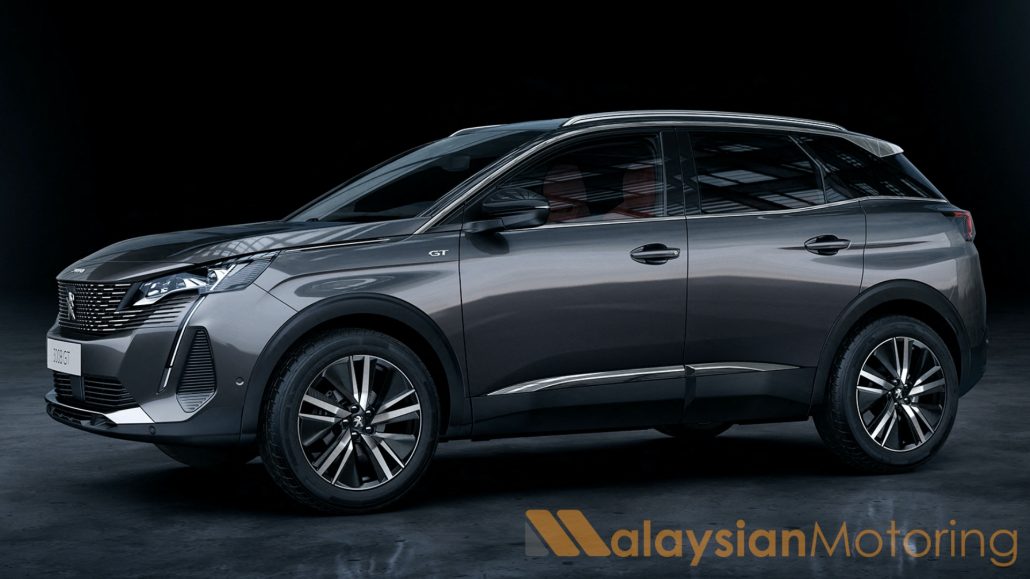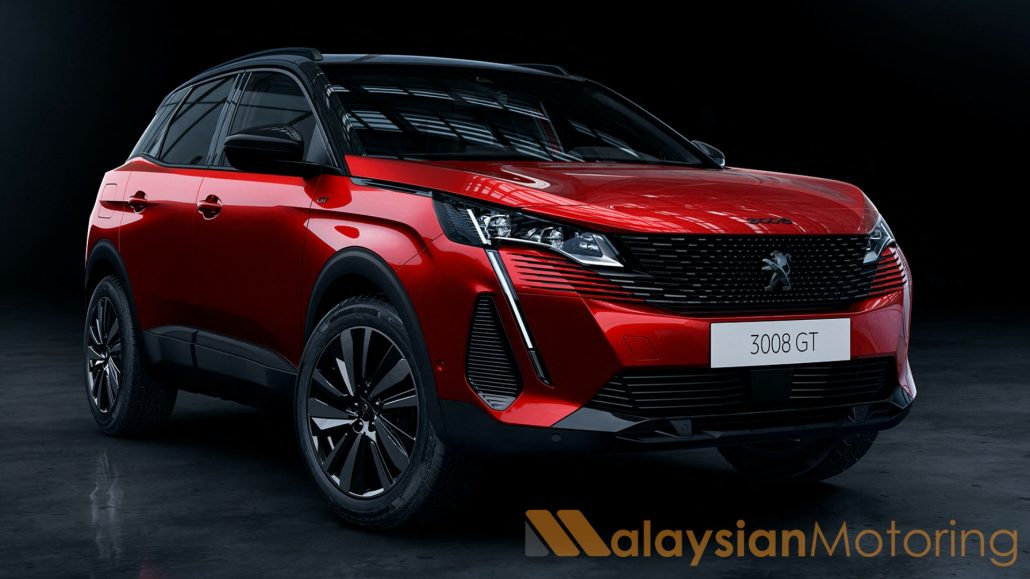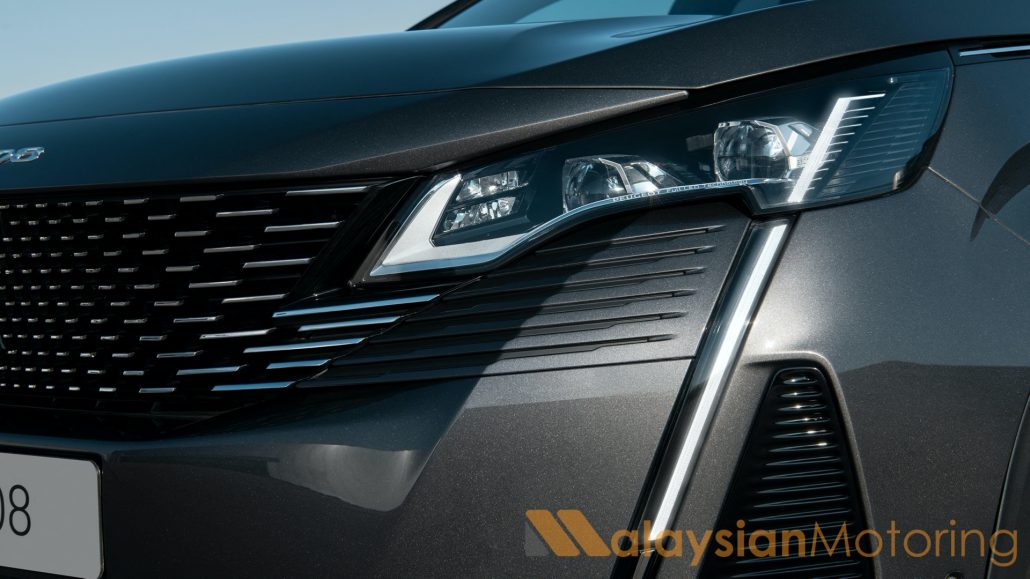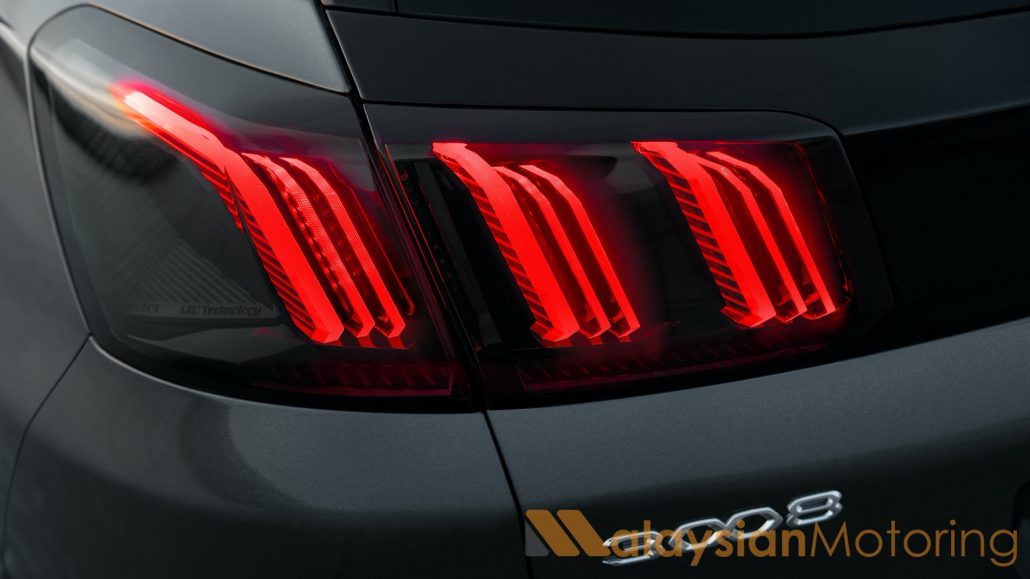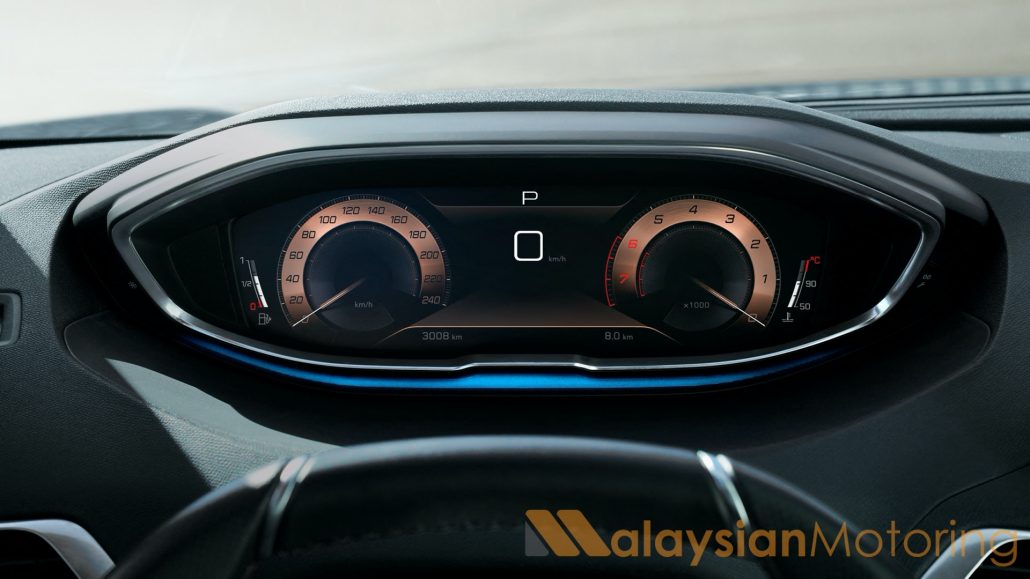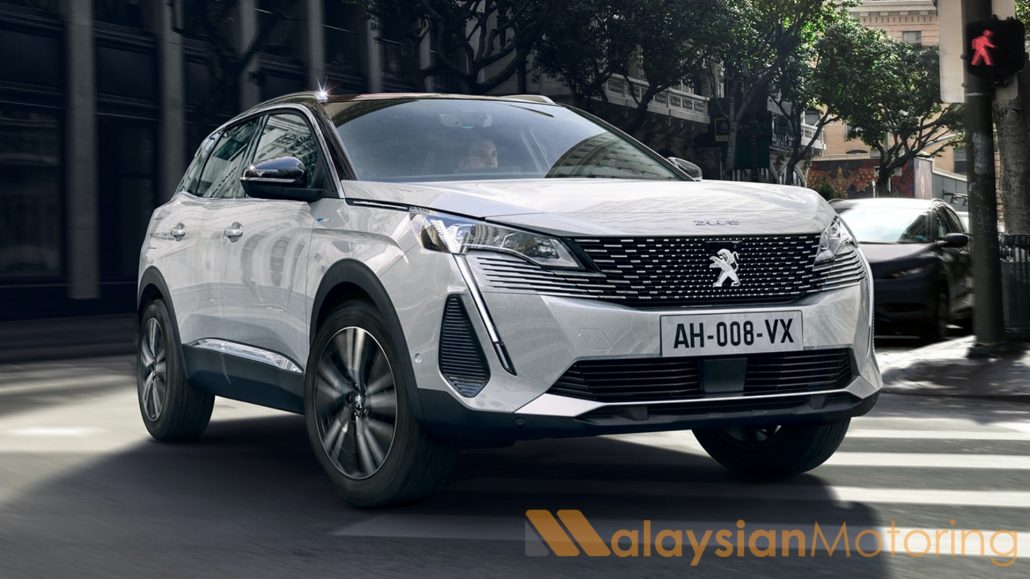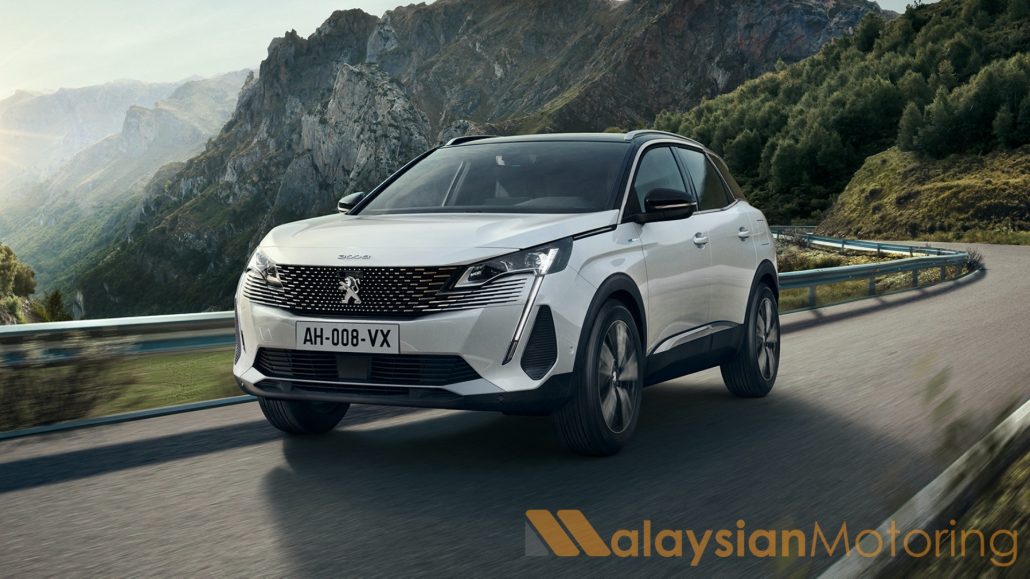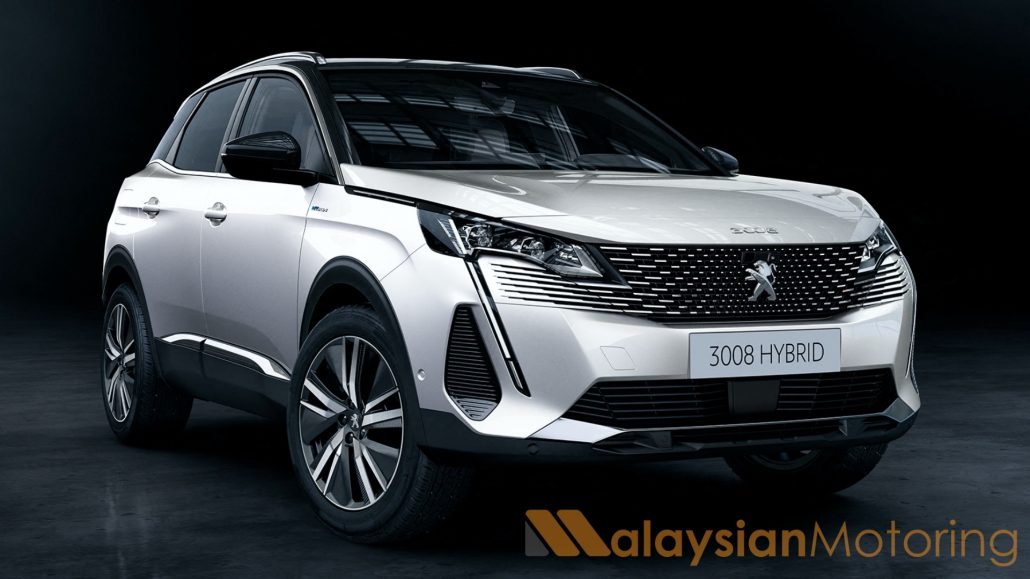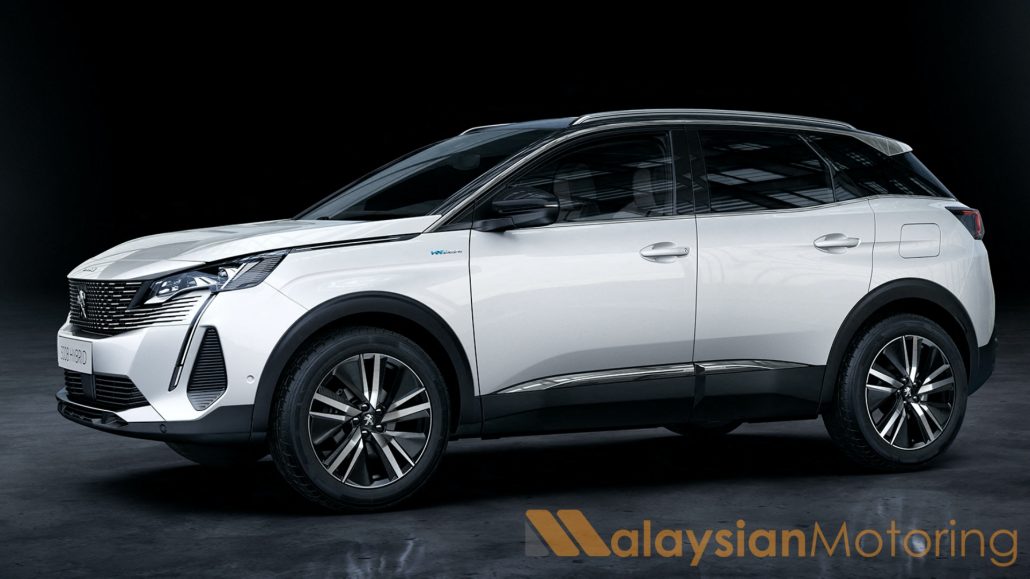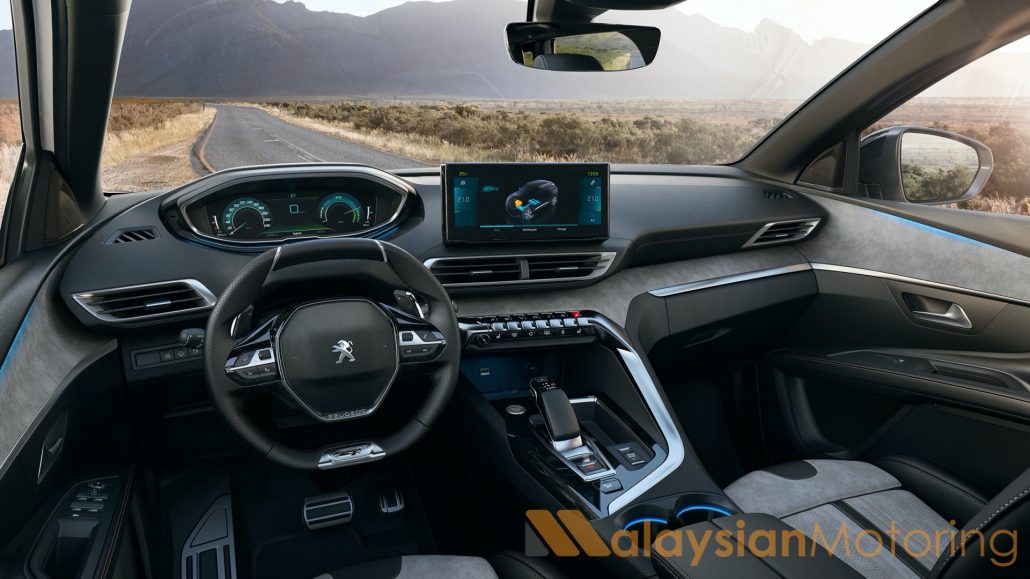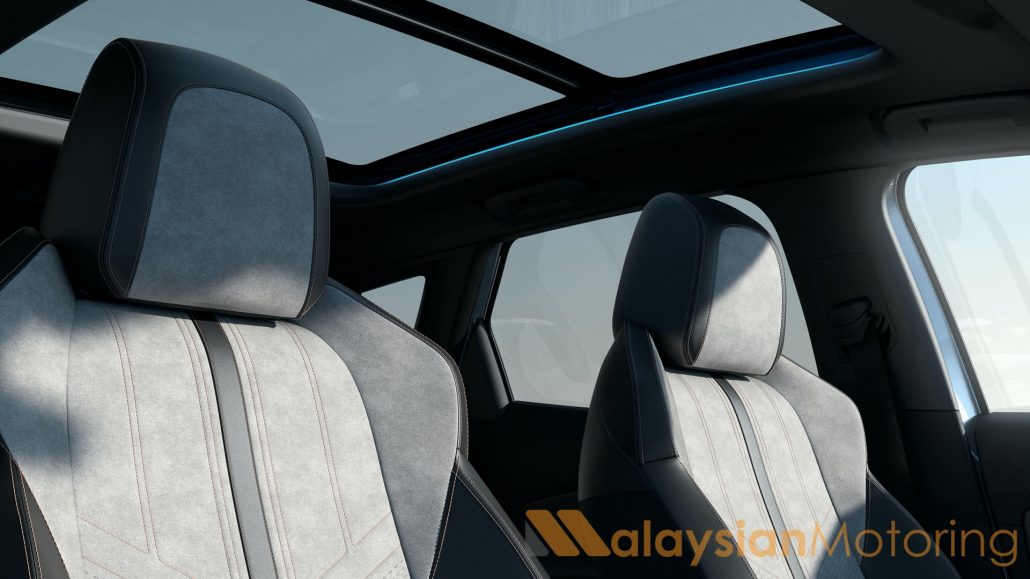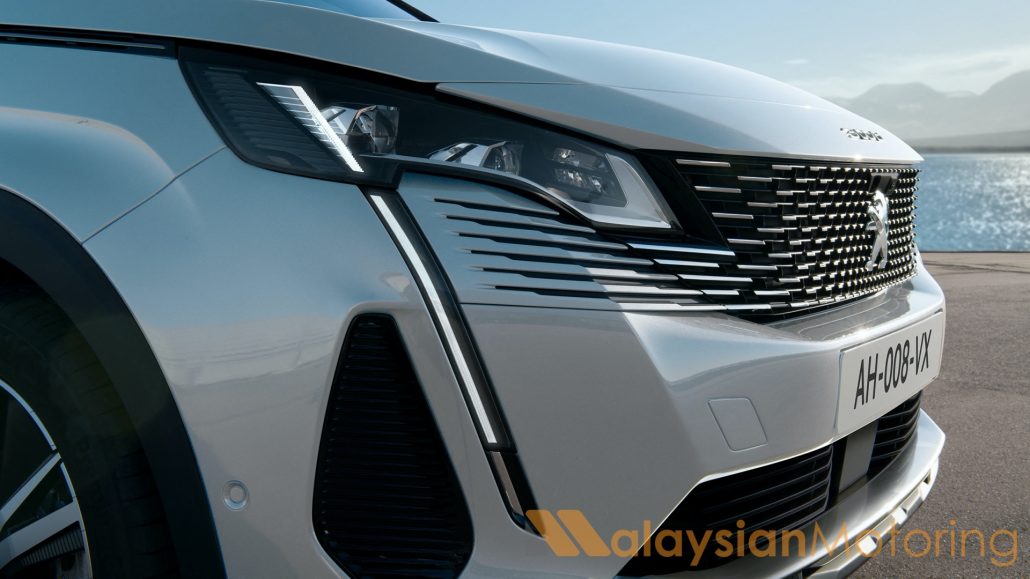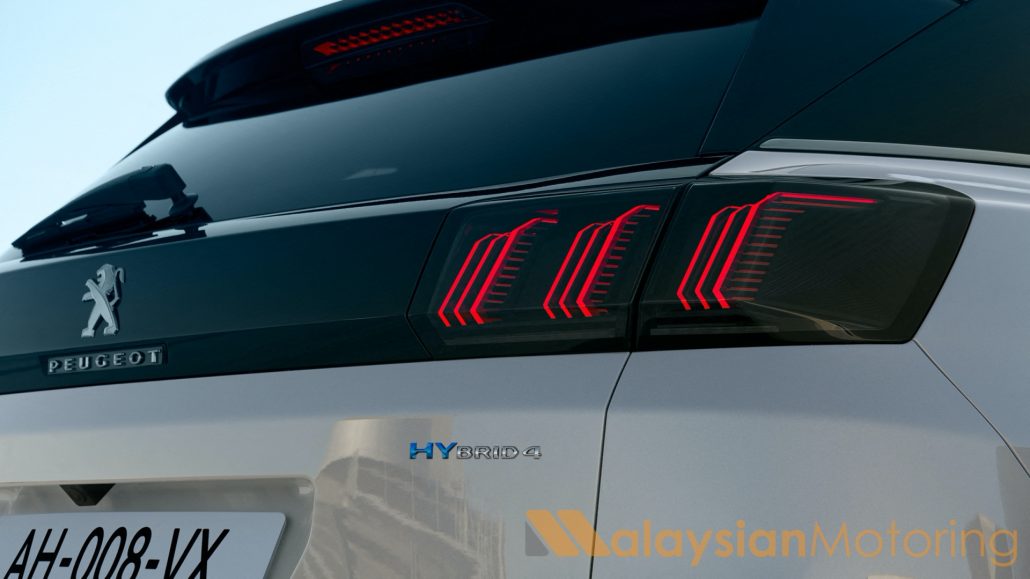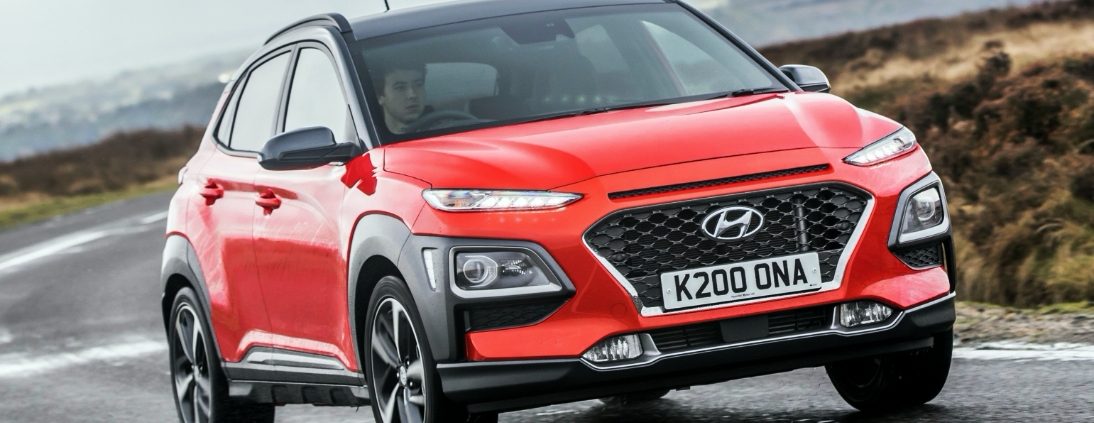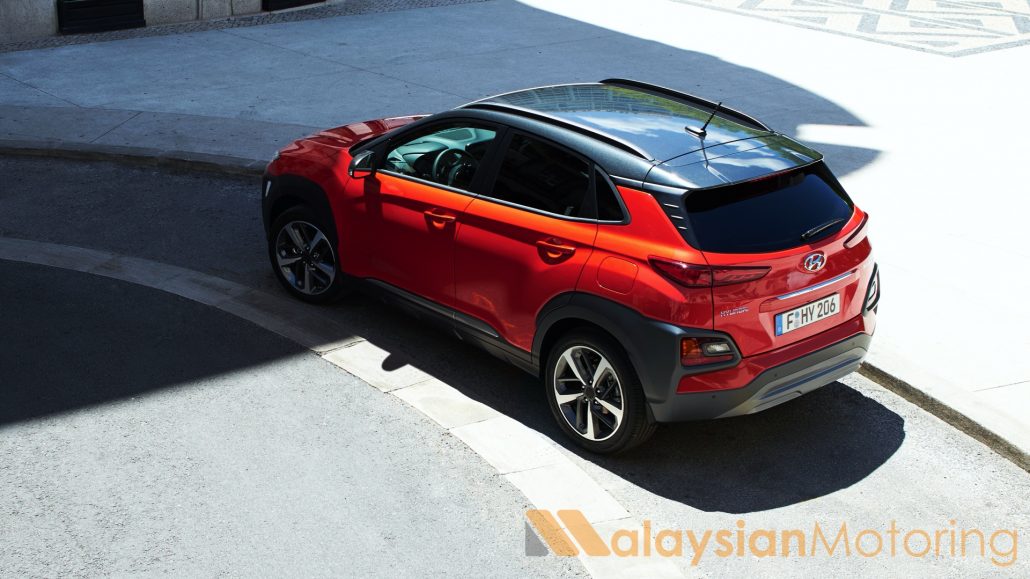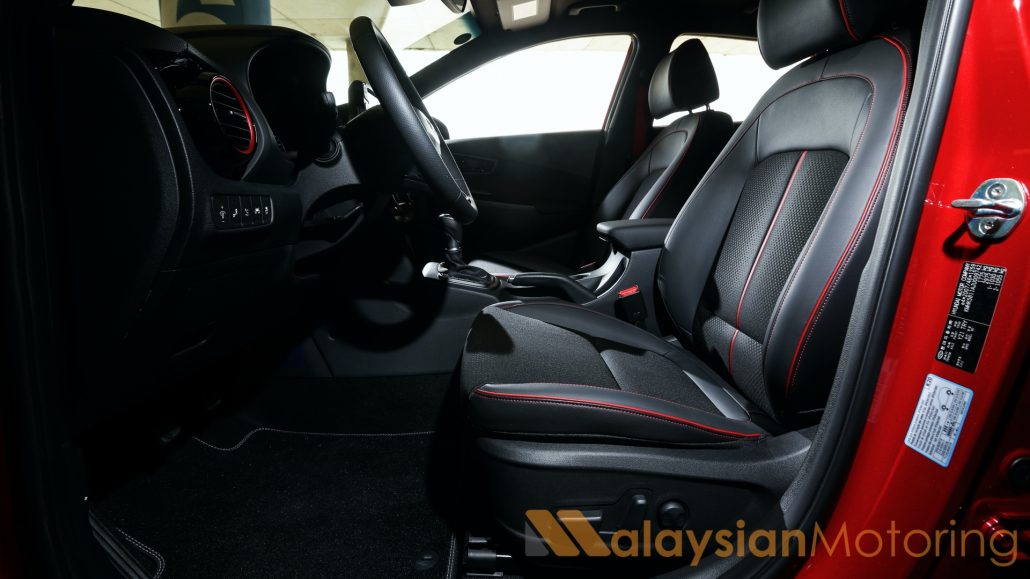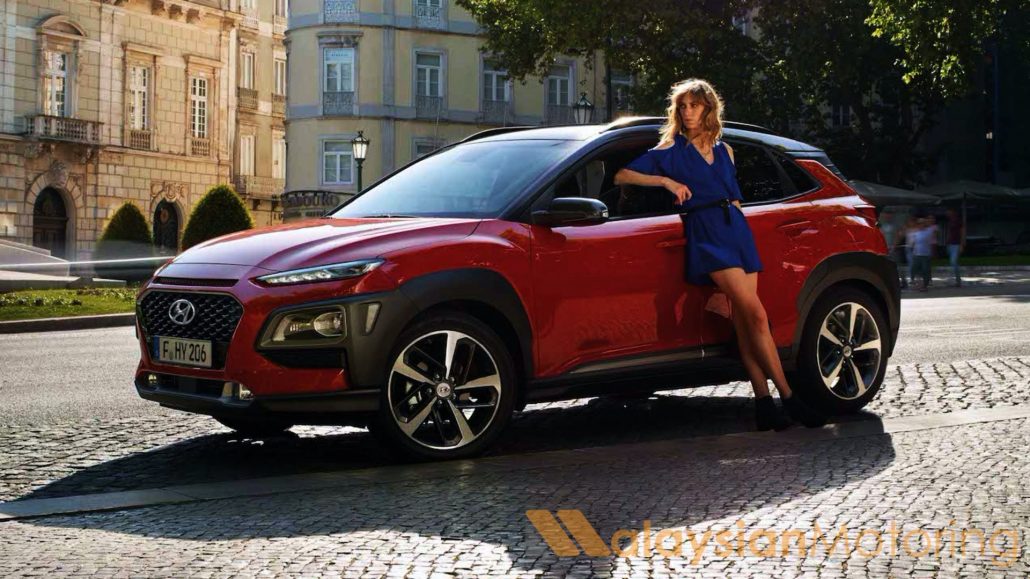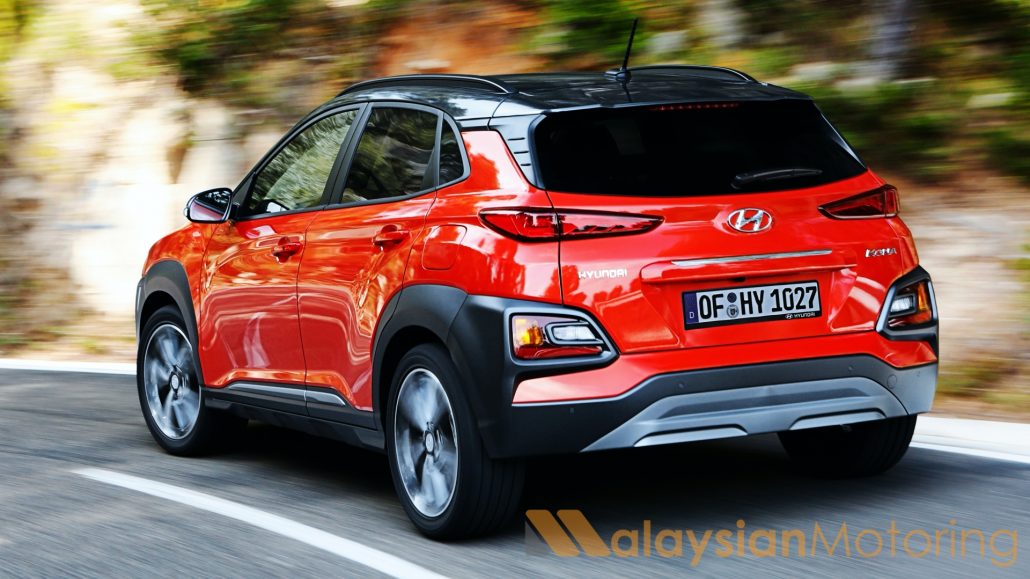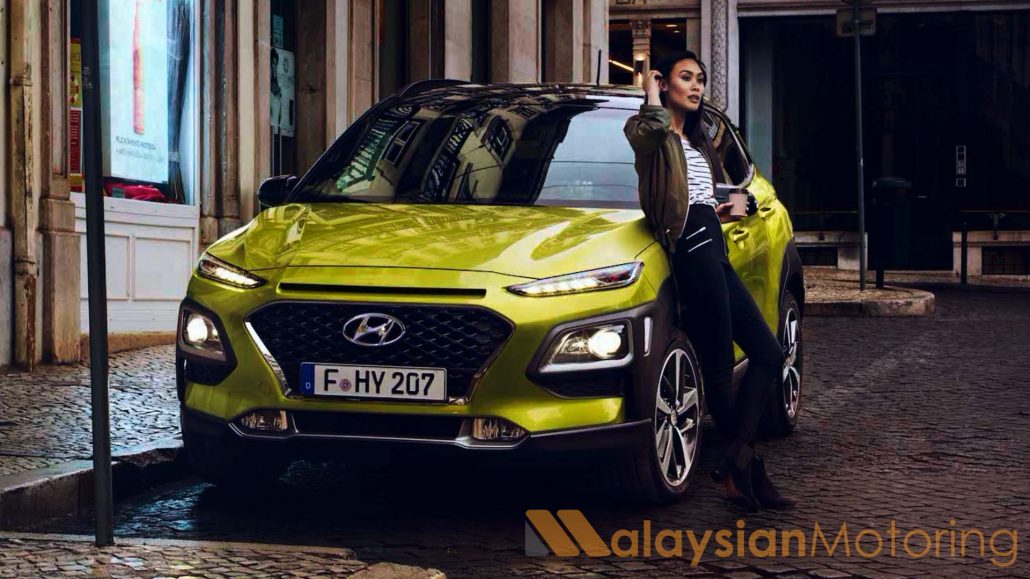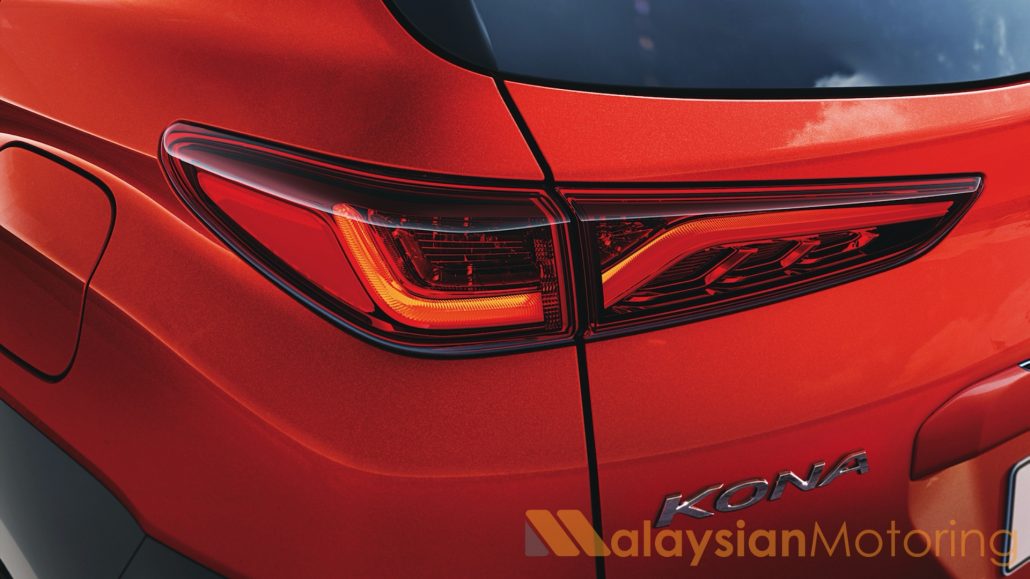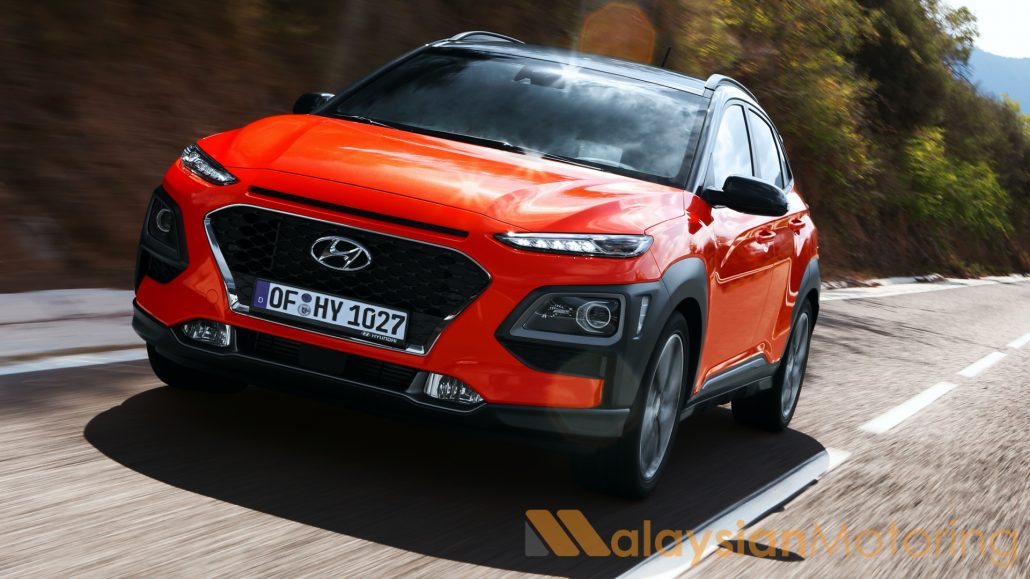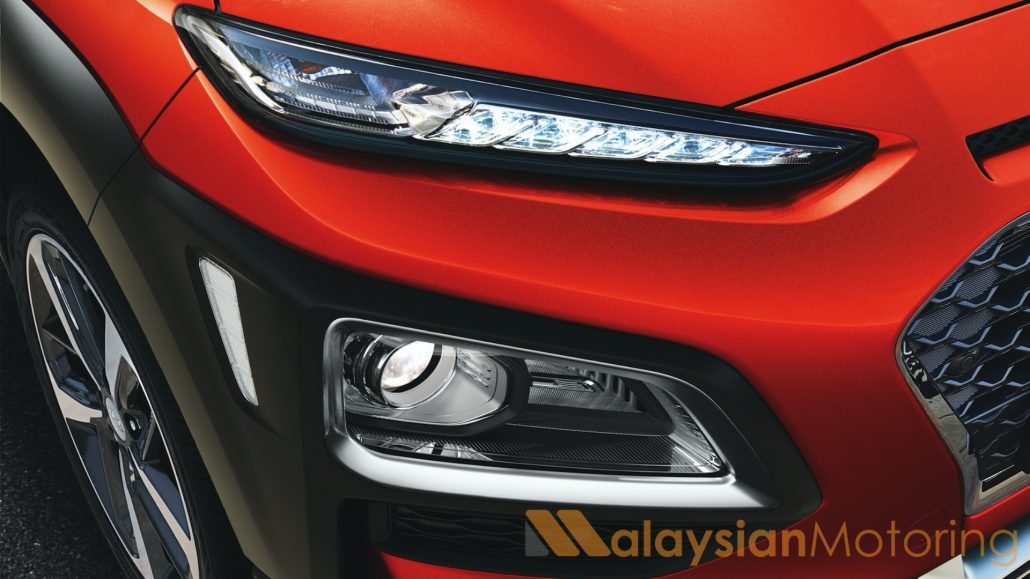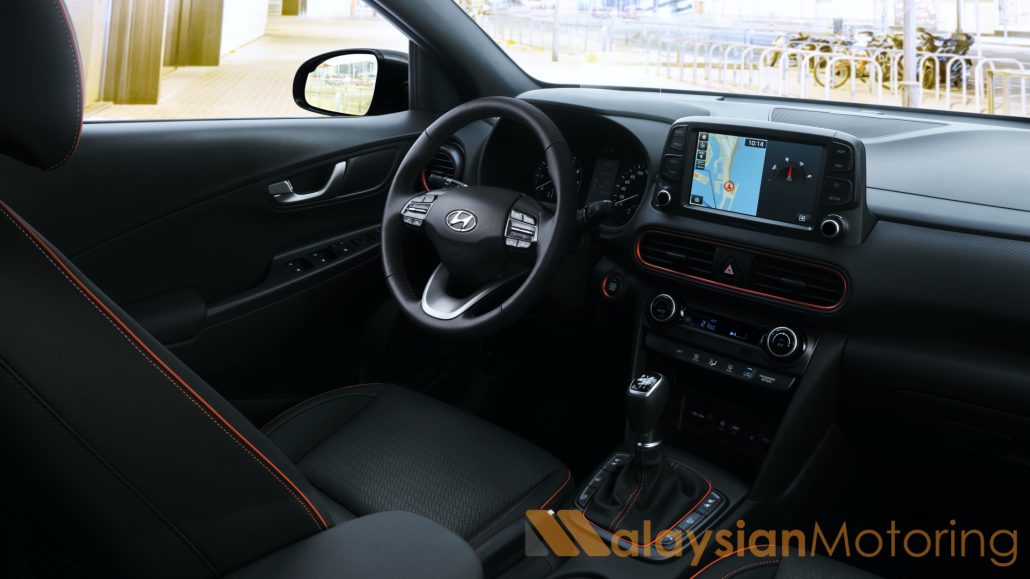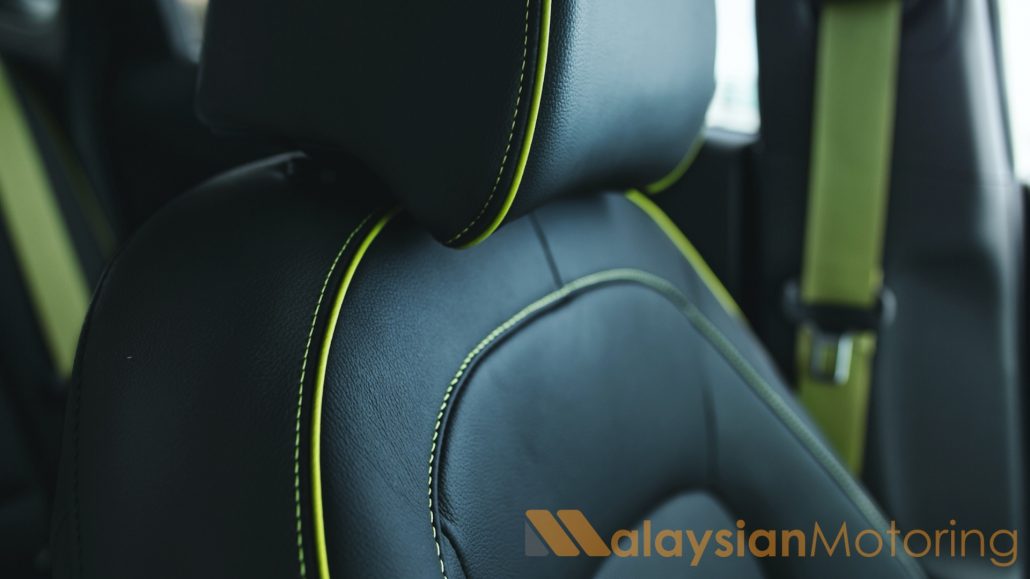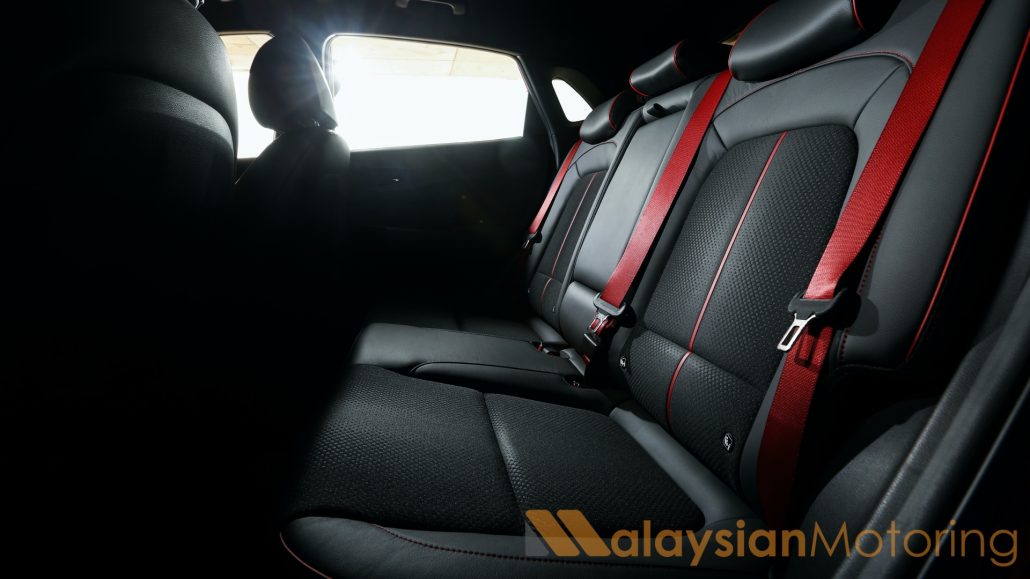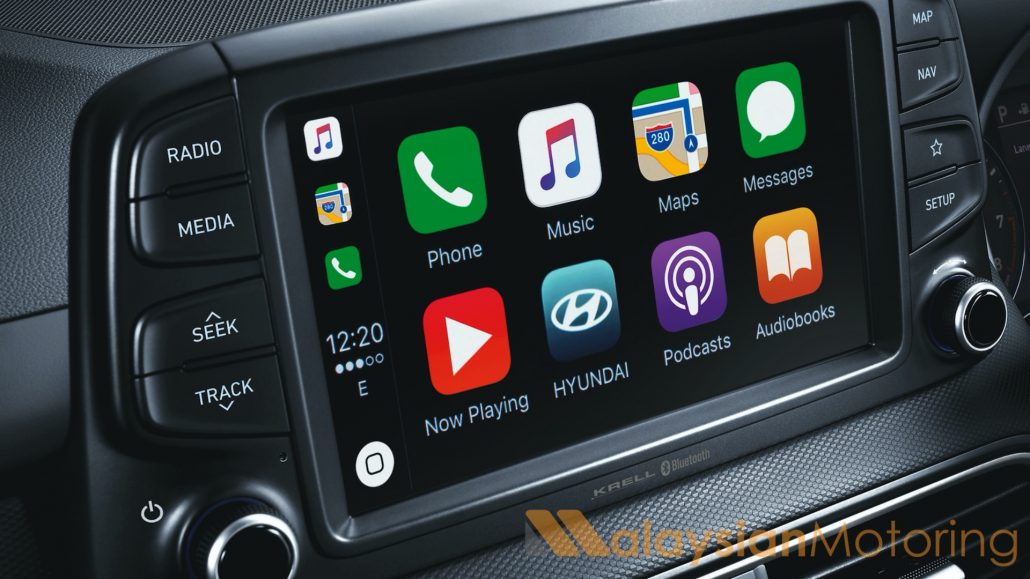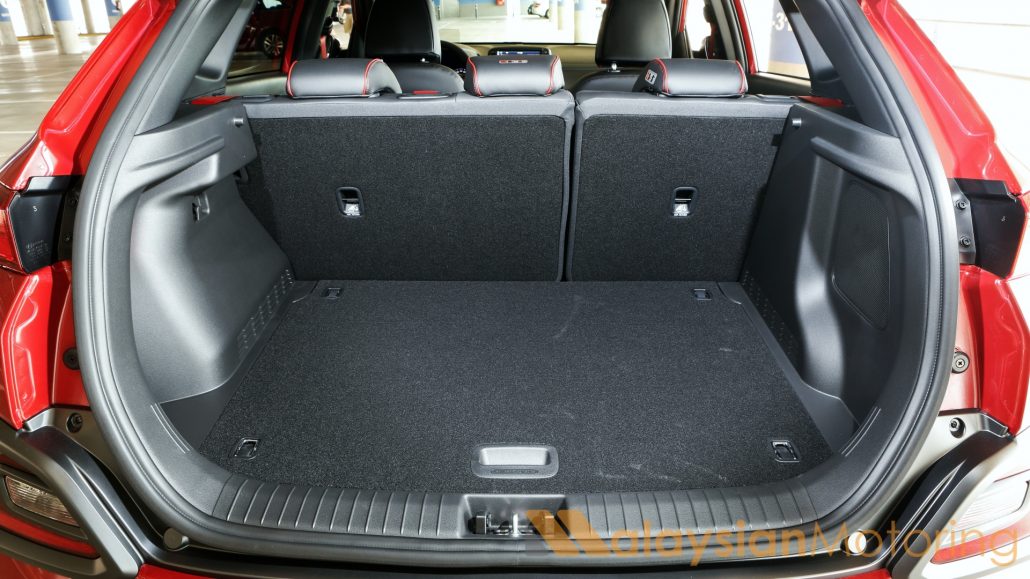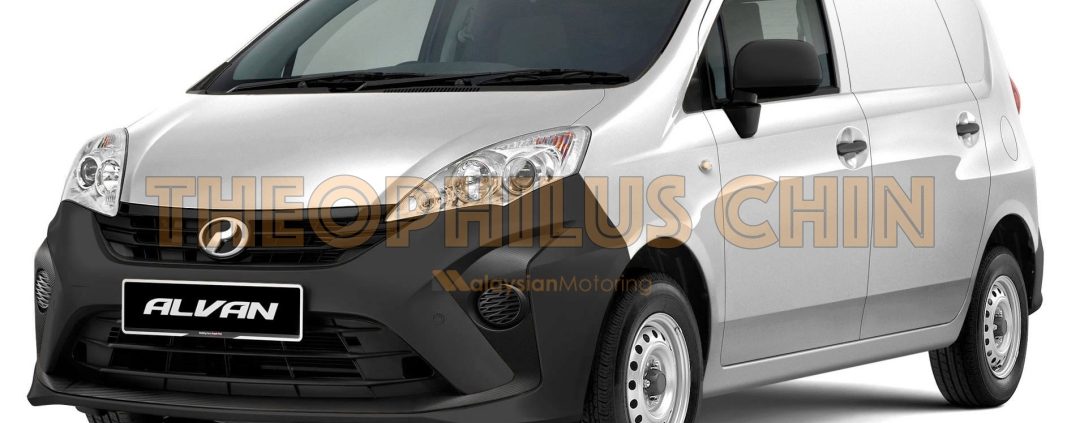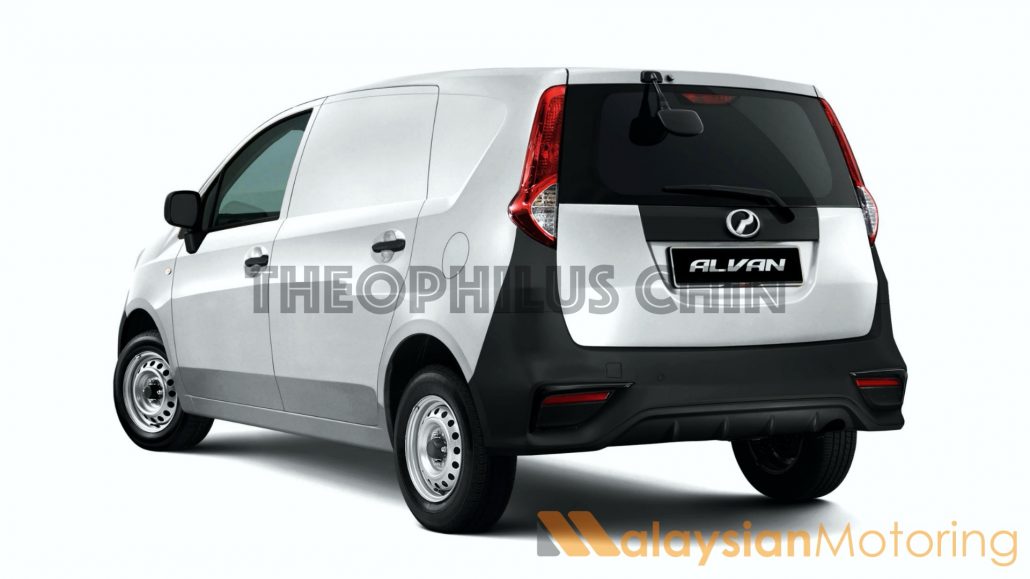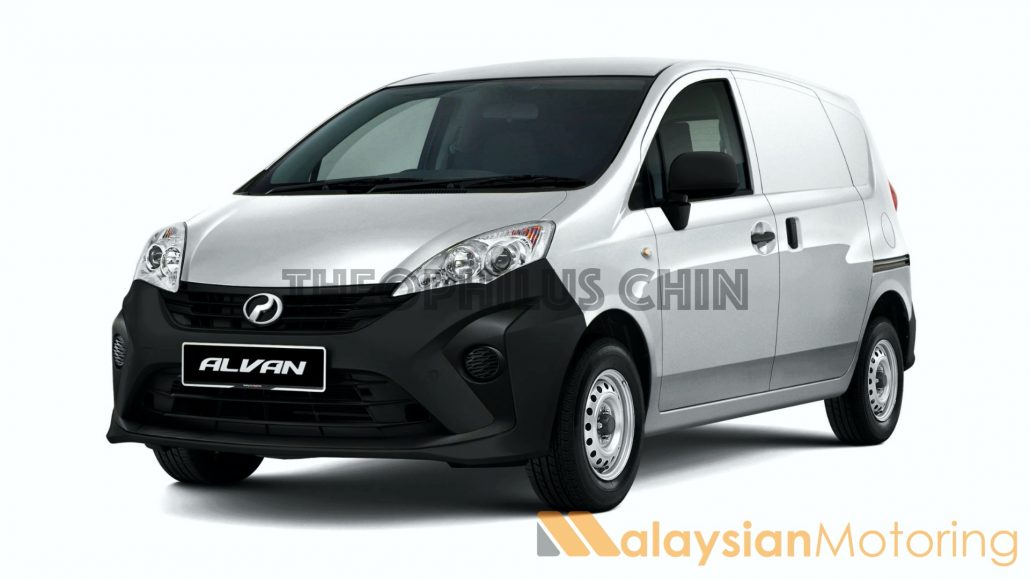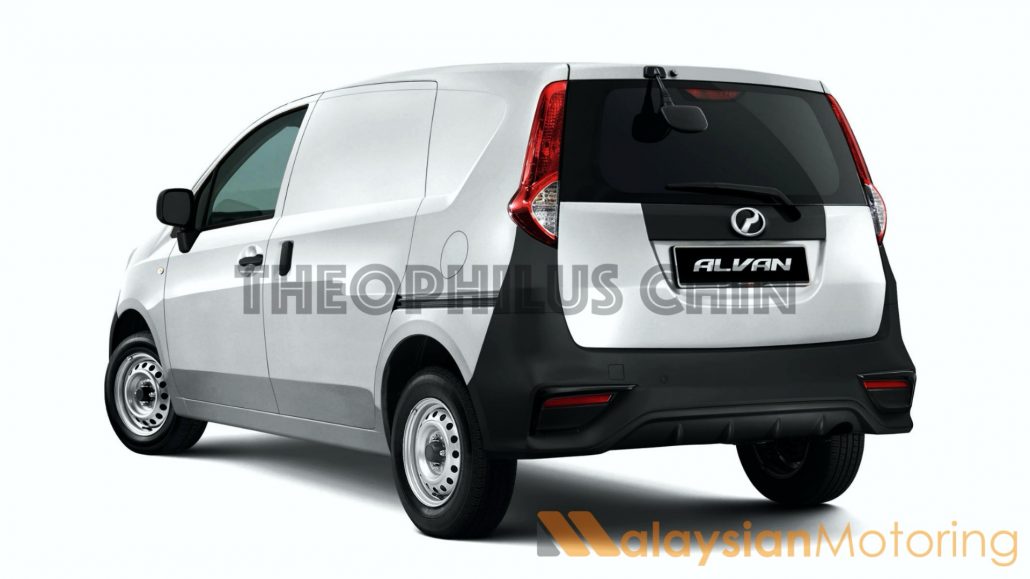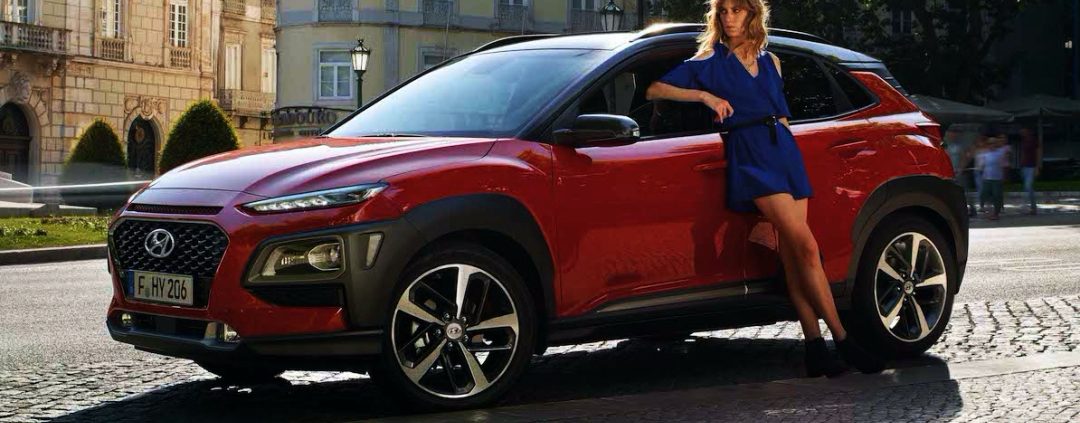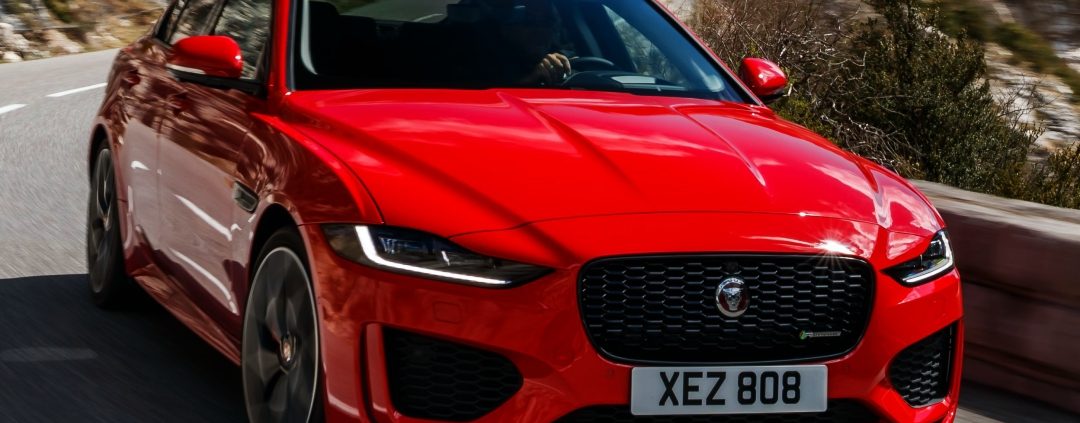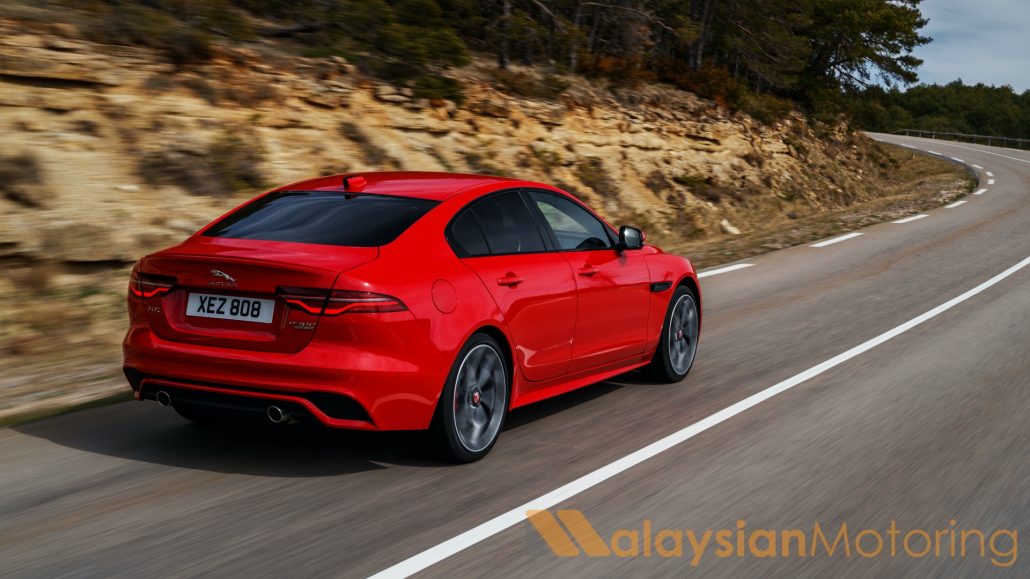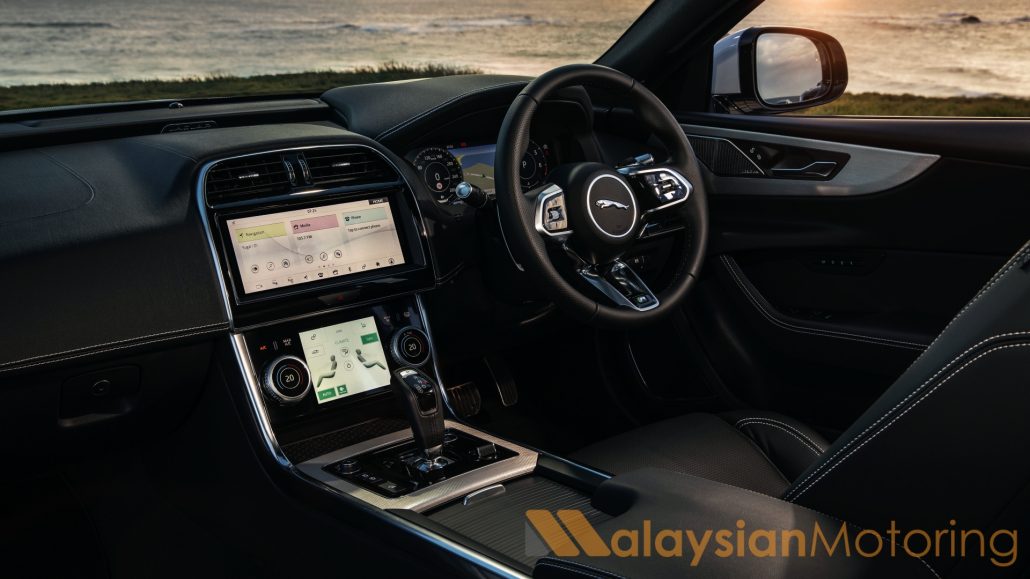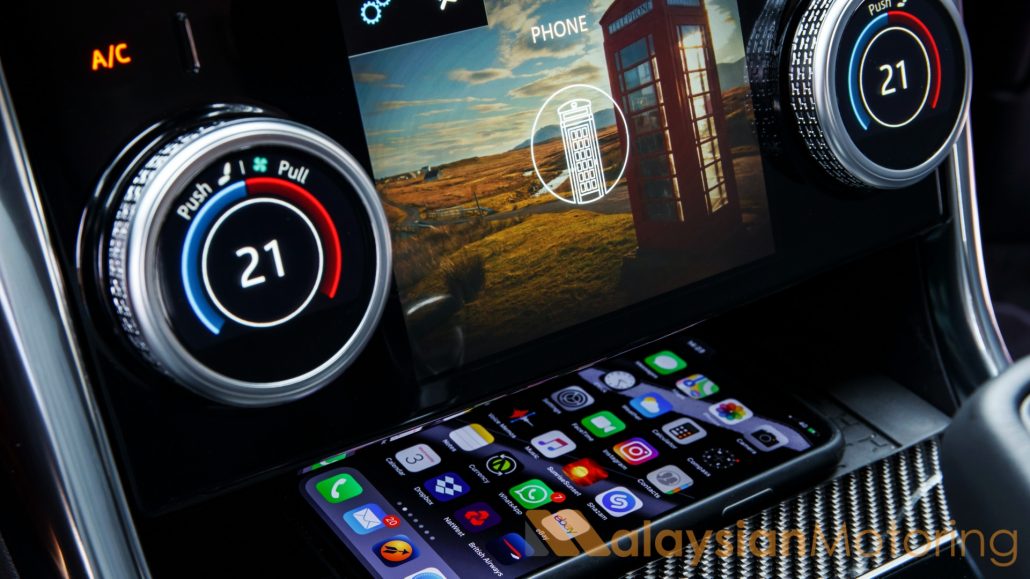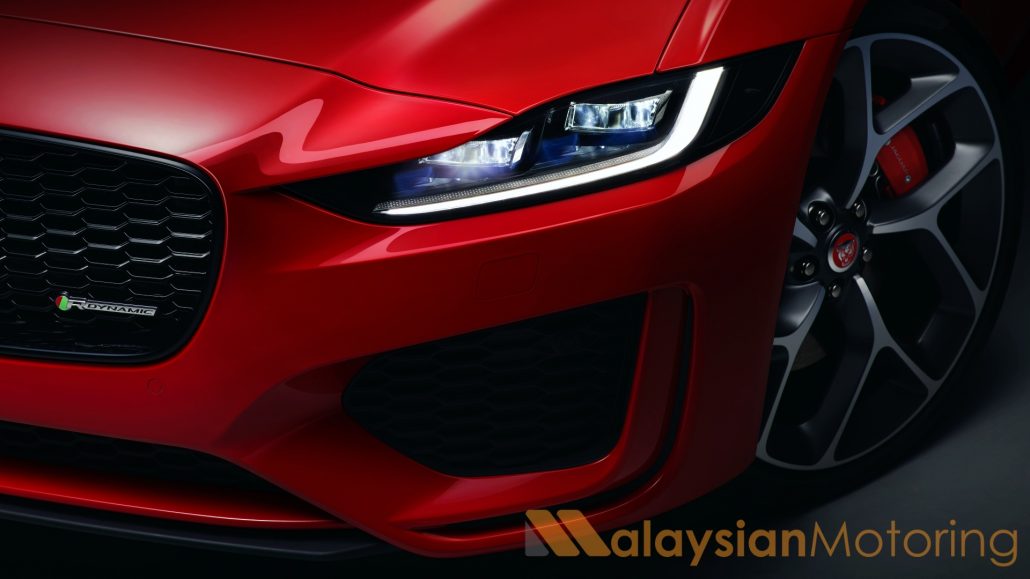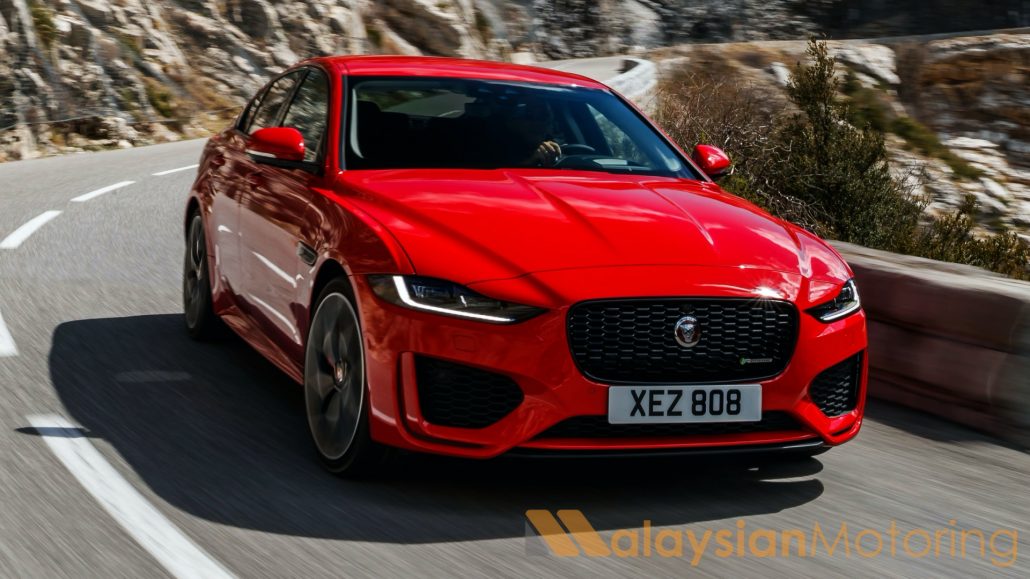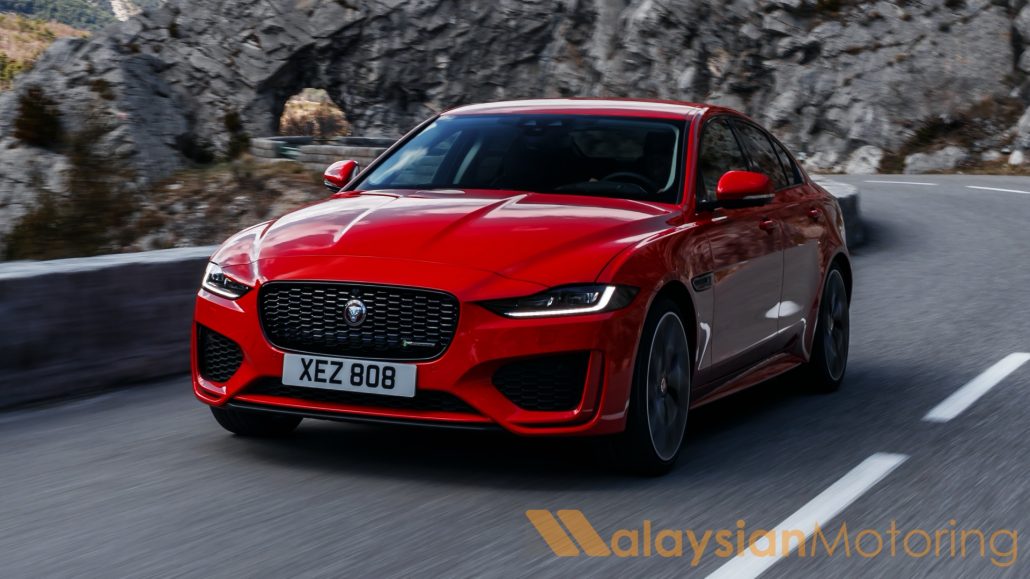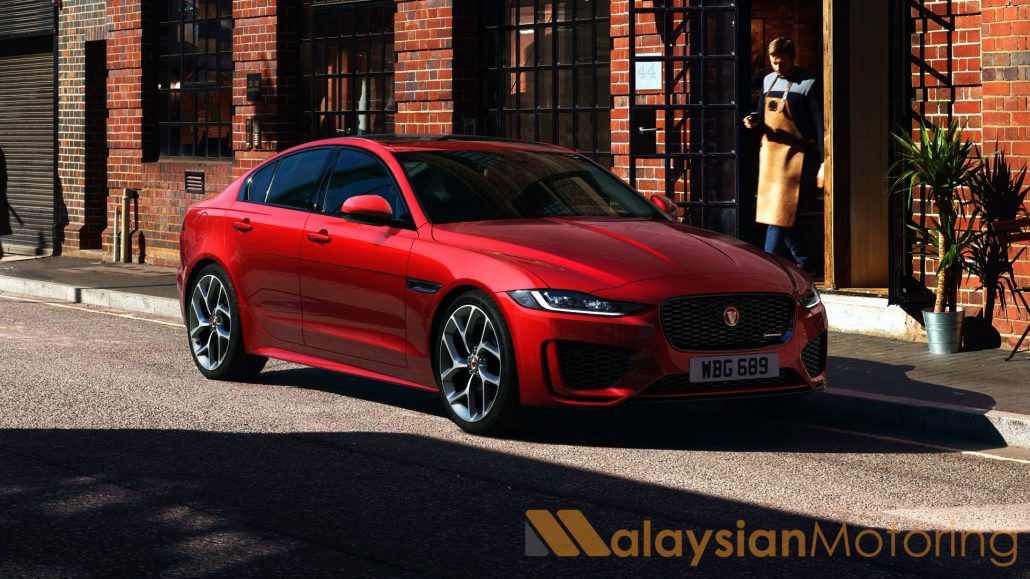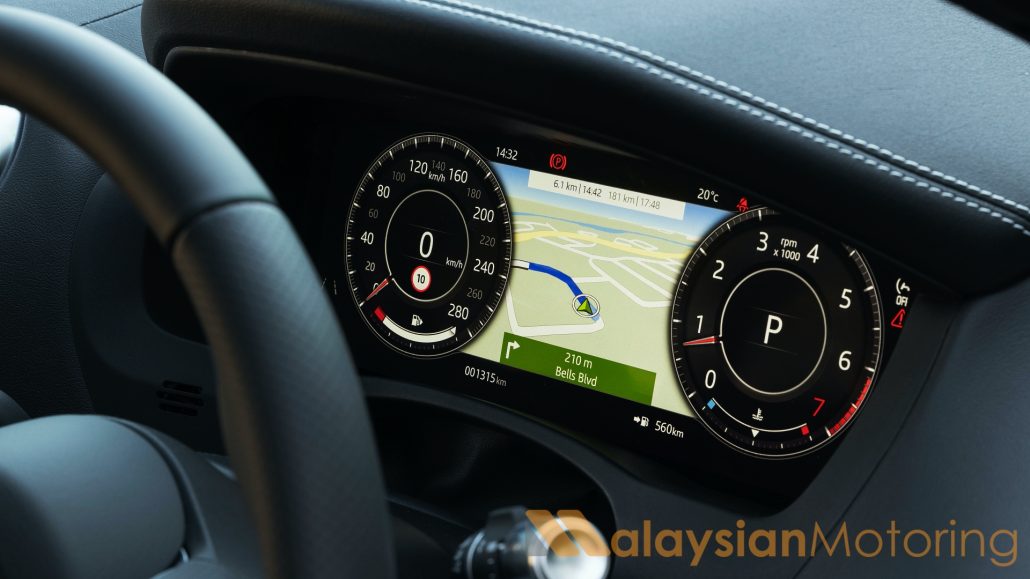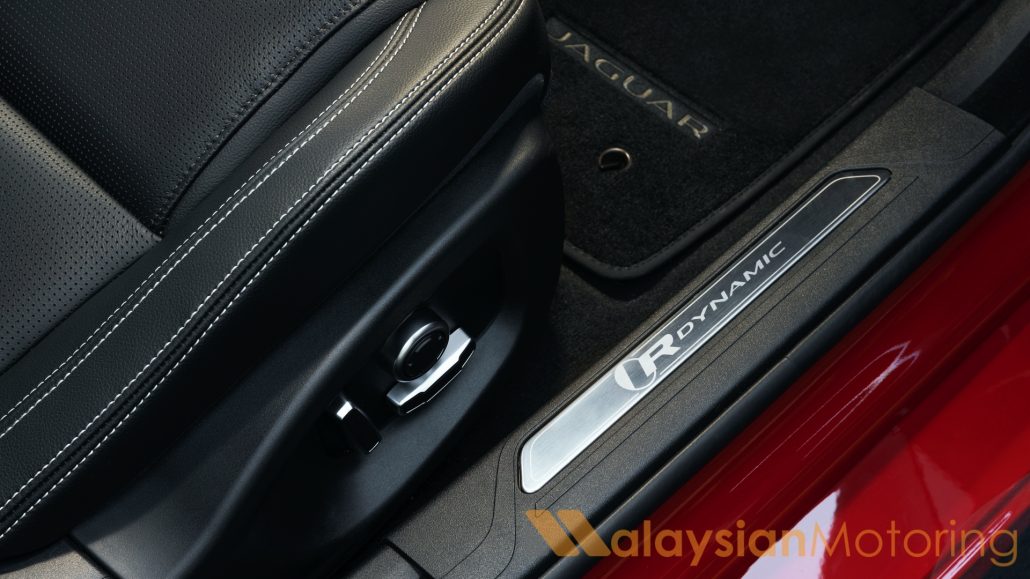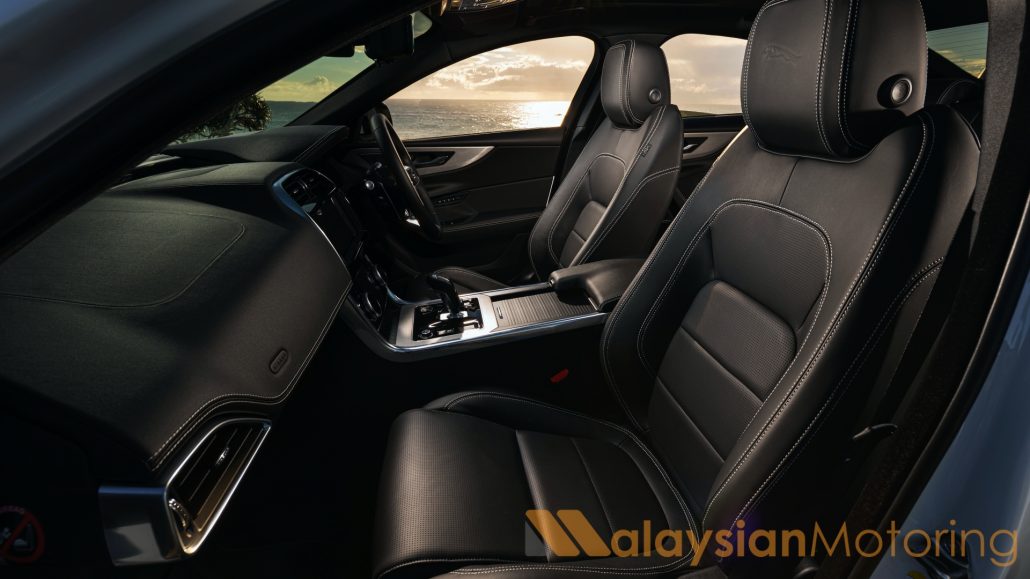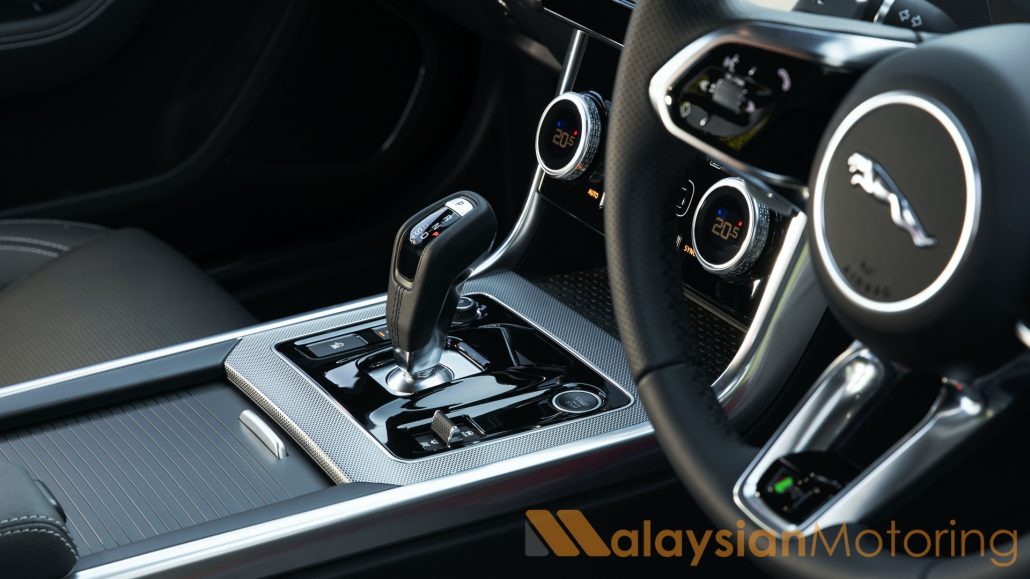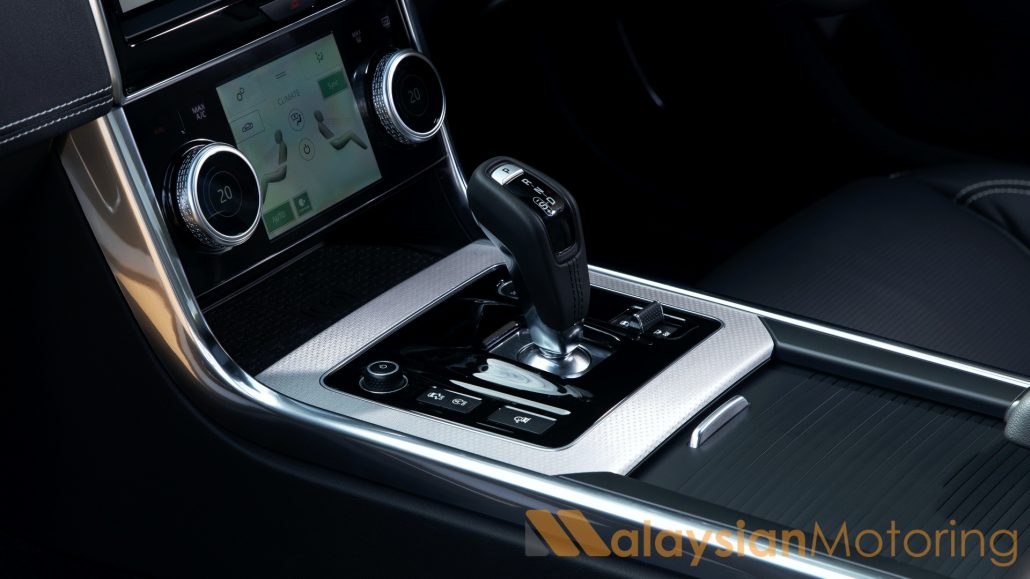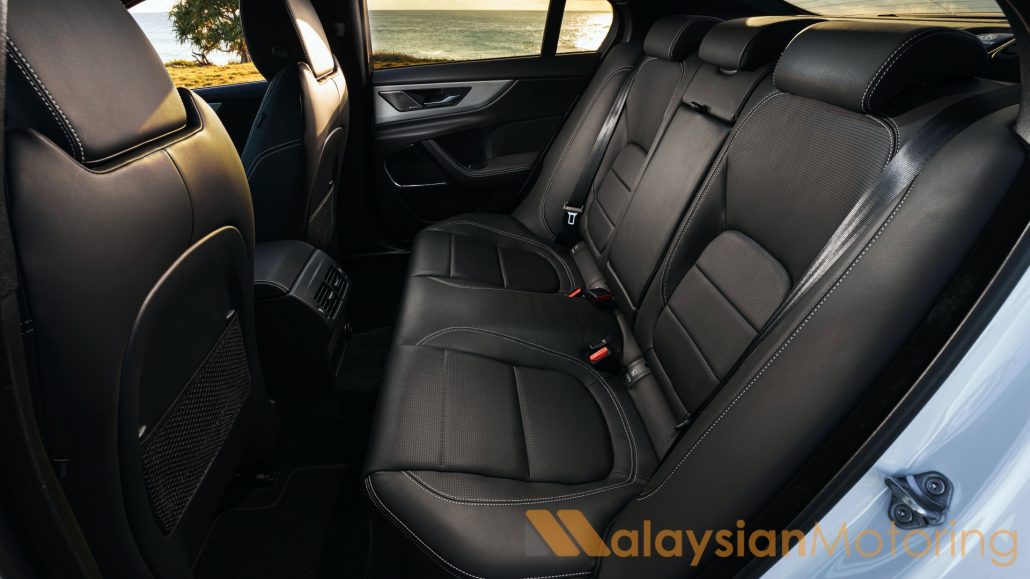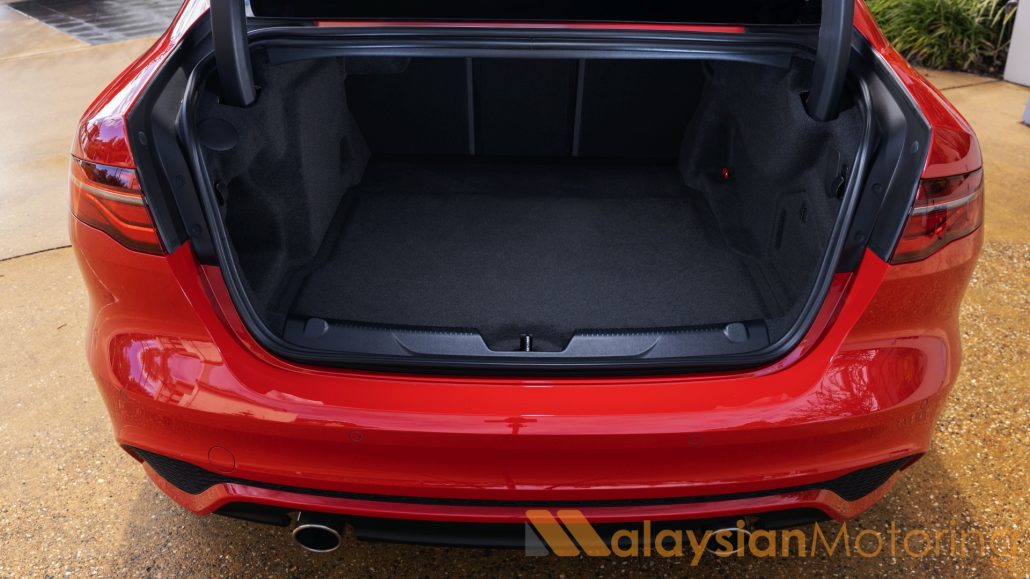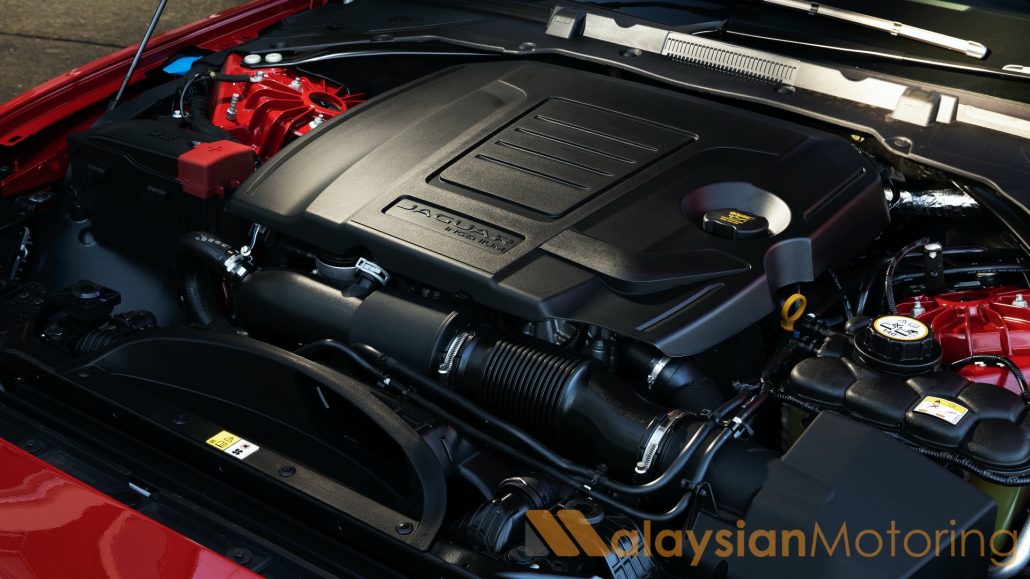2020 Hyundai Elantra Launched – 7th-Generation, Smartstream 1.6, RM158,888
Hyundai Sime Darby Motors, the official distributor for Hyundai vehicles in Malaysia, today launched the new Hyundai Elantra in our market. Now in its 7th generation, the Elantra represents Hyundai’s entrant into the highly-competitive C-segment saloon space, where it will inevitably do battle with the Honda Civic, and the Toyota Corolla among others.
Hyundai’s decision to bring in the Elantra is a commendable one – amidst an environment that clearly favours SUVs, for a relatively small company to offer a relatively-niche product now is certainly a bold & brave decision, though there’s more to it than that. We will get to that a little bit later.
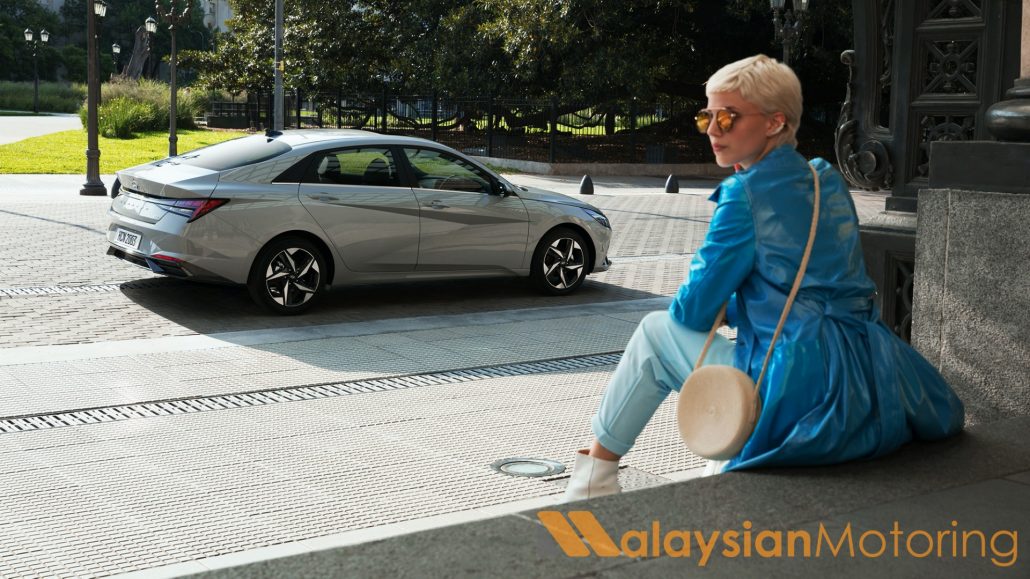
Compared to the competition, the Elantra fares favourably. For one thing, spec-for-spec, it is now on par with the Japanese stalwarts. Every conceivable modern convenience feature is available – from active safety systems to keyless entry and go, the new Elantra will not be another compromised product from the Korean marque. However, it does dispense of one of Hyundai’s key brand strengths that it’s had for some time: At RM158,888, the new Elantra disposes of the traditional price advantage that we’ve come to expect from the brand, and positions itself as a premium left-field option.
Fortune favours the bold as they say, and ‘bold’ is definitely the word we’d use to describe the new Elantra. Wearing the new Parametric Dynamics design language proudly, the new Elantra offers cuts, creases, and complex surfacing resulting in a truly dramatic design that’s sure to turn heads. The face is dominated by the huge ‘Cascading Grille,’ which is of a size we’ve never seen before on the Elantra, framed by a pair of full-LED headlights and a remarkably-complex bumper design that is somehow not all that fussy when taken in as a whole, despite its integration of the air curtain at the lower corners.
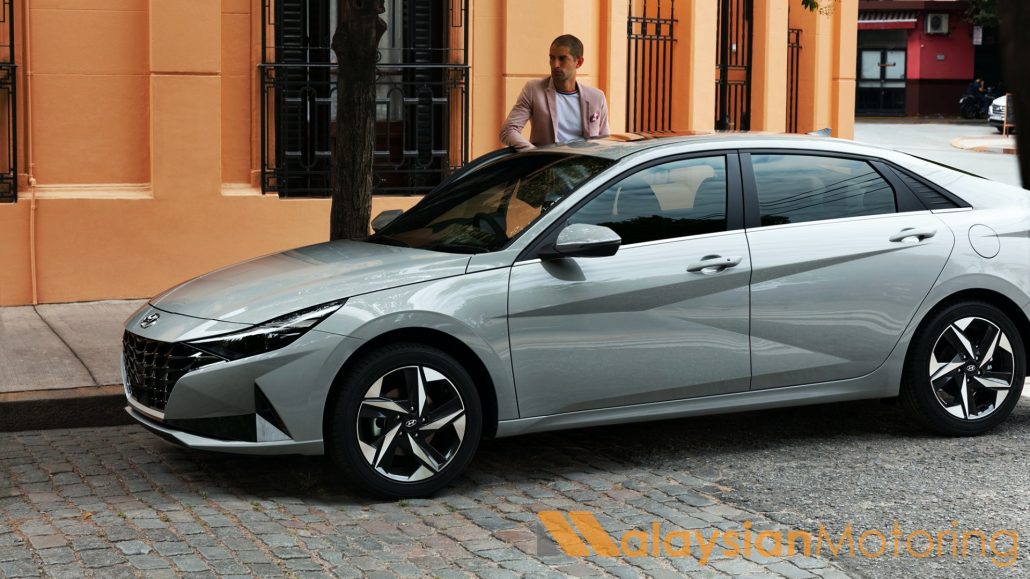
This is evident down the side, where the complex surfacing results in a truly masterful execution of metal origami. It’s clear that Hyundai’s embracing its desire to be bold and different with the Elantra, and it’s likely going to appeal to buyers who want to be seen as a bit left of field. The Elantra rides on 17” alloy wheels with a diamond-cut finish, which admittedly looks a little bit like what we’ve seen on the Honda Civic…
At the rear however, there’s no question what this is and what it represents. The most distinctive rear element is by far are the taillights, with their full-width elements that emphasise the width of the Elantra and make it look more squat. Thanks to the sloping roofline, the rear windscreen tapers off neatly towards the tail, with a little ‘ducktail spoiler’ integrated into the bootlid. The bumper in comparison looks rather plain but to be fair, if it had been as complex as the rest of the design, it may have been too much to take in.
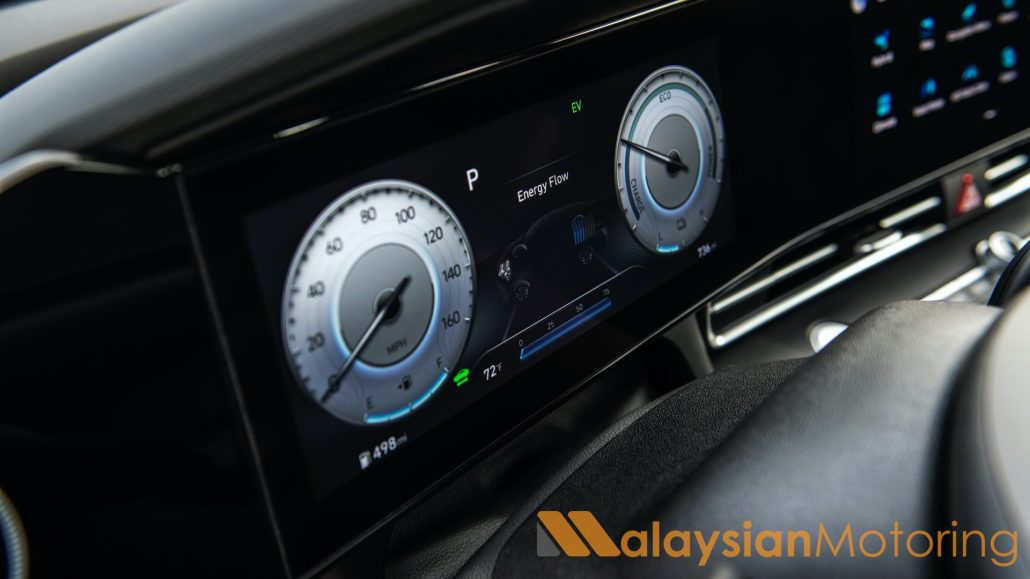
The new Hyundai Elantra is powered by a new powertrain option, the Smartstream G1.6. As the name suggests, the Smartstream mill here is a 1.6-litre naturally-aspirated engine, producing 123PS and 154Nm, with power going to the front wheels via a Smartstream ‘Intelligent Variable Transmission.’ The IVT is essentially a continuously-variable transmission with 8 simulated ratios, which makes use of a chain-type transmission belt over a more conventional metal belt, improving performance efficiency by 5%. The IVT is also so-named because of its more natural transmission nature, integrating shift points that change depending on the drive mode selected. All the power efficiency, and no shift-shock.
On the subject of drive modes, the Elantra will provide drivers with a choice between Normal, Eco, and Sport, while the fourth is a ‘Smart’ mode. The first three are self-explanatory, but the fourth mode uses the vehicle’s sensors to detect the driving style employed by the driver and adjusts various parameters around the car accordingly.
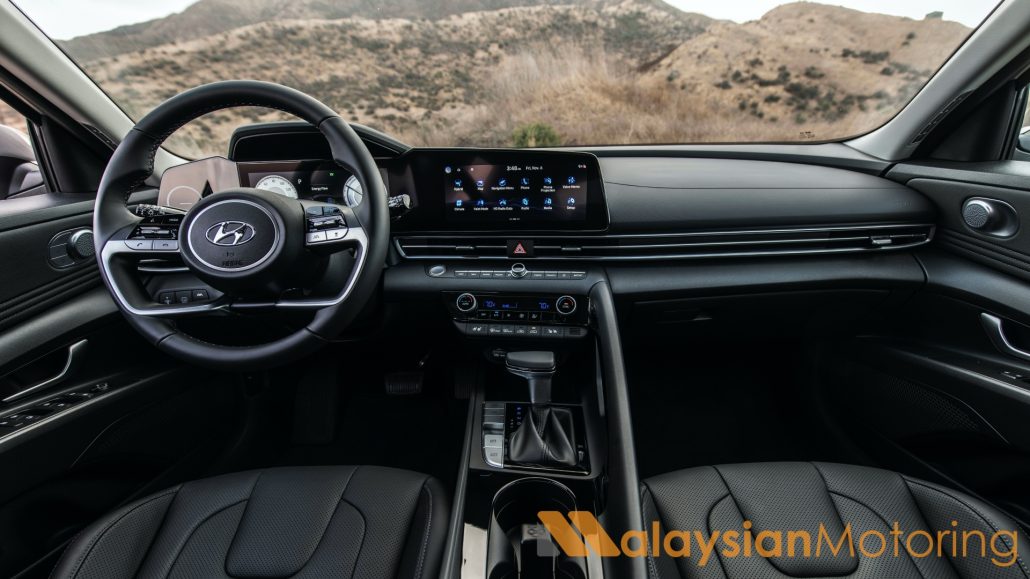
The new Elantra certainly doesn’t skimp on cabin space – with a longer and wider body sat on a longer wheelbase, it feels absolutely cavernous inside. If you feel the Elantra looks sleeker and slinkier than before, that’s owing to the lower roofline – as a result, the new Elantra looks like a much more lithe and agile machine than before.
But it doesn’t sacrifice practicality, not even in the slightest. The boot now measures 474L before folding the rear seats down, which then opens up even more room for the most ambitious IKEA shoppers. And with the seats up, you’ll find plenty of space for four, or five in a pinch. You’ll find two ISOFIX mounts in the rear as well as rear air conditioning vents, but it’s a shame there isn’t a USB port at the rear.
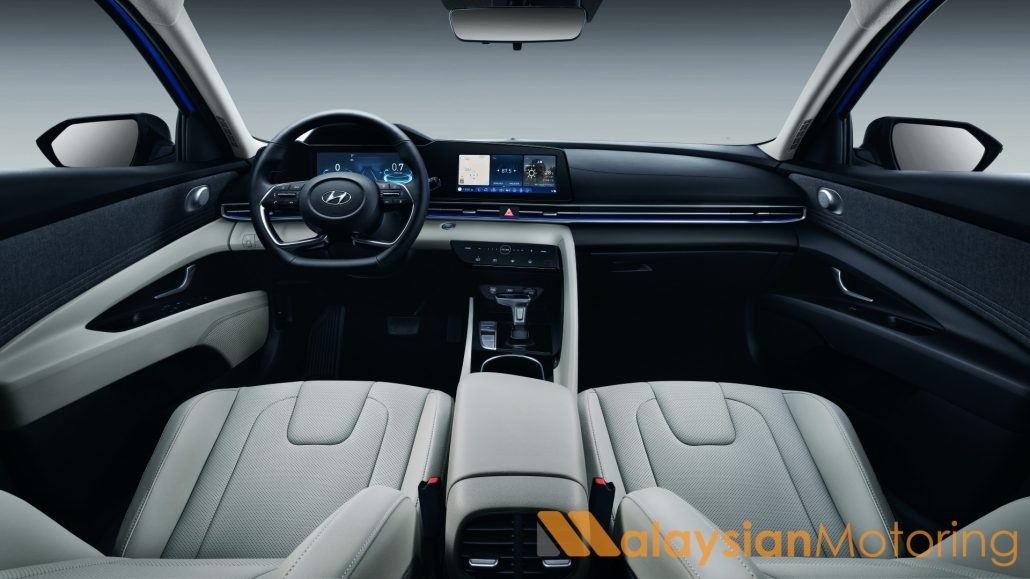
Up front though you’ll find the biggest demonstration of Hyundai’s new-found maturity – there’s a clear visual separation between driver and front passenger, emphasised further in the light-grey cabin. The driver’s seat is powered while the passenger’s is manual, but both benefit from ventilation and heating (yes, heating). The steering wheel & door mirrors are heated too – when asked, Hyundai Sime Darby explained that as they wanted ventilation for our market, the heating for the seats, steering wheel and mirrors came as part of a singular package, so they had little choice in the matter.
One area where HSDM had plenty of choice, and made the right ones, were in the way of safety. The standard features are all there, with ABS, EBD, Brake Assist, Vehicle Stability Management, Hill-Assist Control, and Tyre Pressure Monitoring, along with 6-airbags dotted around the cabin.

Where the Elantra really pushes the boat out is in terms of active safety: Hyundai SmartSense comes as standard on the new Elantra, and offers things like Autonomous Emergency Braking, Adaptive Cruise Control with Stop & Go, Lane Keep Assist with Follow (effectively offering Level 2 autonomy), Forward Collision Avoidance (with vehicle, pedestrian, and cyclist detection), Junction-Collision Avoidance, Blind Spot Monitoring with Collision Avoidance Assistance, Rear Cross Traffic Alert with Rear AEB, Safe Exit Warning, Driver Drowsiness Alert, and Forward Departure Alert. There’s also Rear Occupant Alert too, to avoid those tragic incidences where children & pets are accidentally left in cars.
It’s clear with the new Elantra that Hyundai-Sime Darby Motors is charting a new course for the brand. No longer a budget alternative to the Japanese institutions, Hyundai is wholeheartedly embracing its image as a brand for the bold and left-of-field, and now its cars fit the description too. Save for the Grand Starex, the Hyundai we see before us is almost entirely reinvented, with its new lineup indicative of their ambition as they move into the future.
However, there’s no doubt that the Elantra will face quite the uphill battle – at RM158,888, the new Elantra is pegged against more established rivals like the Mazda 3 (RM154,680), and well above competitors like the Honda Civic and Toyota Corolla which top out at RM139,600 and RM139,888 respectively. That said, Hyundai Sime Darby is targeting a sales figure of around about 2,000 annually, so it’s pretty clear that they understand that it won’t be a walk in the park for them.
The new Hyundai Elantra will be available in 4 colours, namely Polar White, Electric Shadow, Amazon Grey, and Intense Blue. All new Hyundai models come with a 5-year/300,000km warranty, and is available for viewing at showrooms nationwide.
So what do you think of the new Elantra? Let us know in the comments below.















